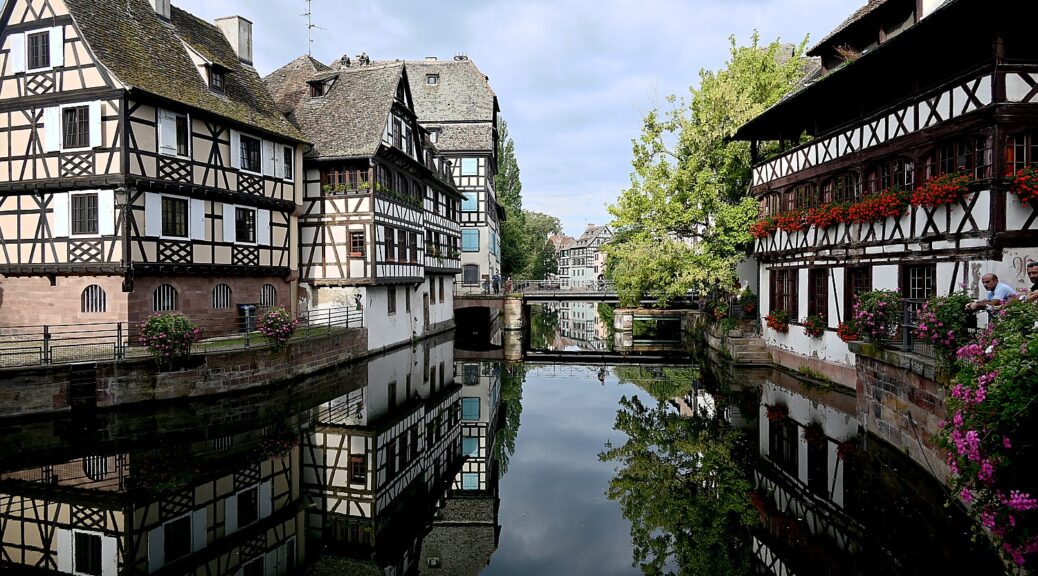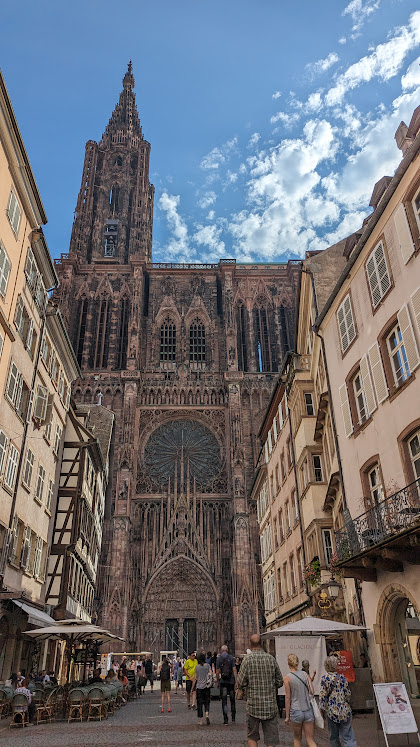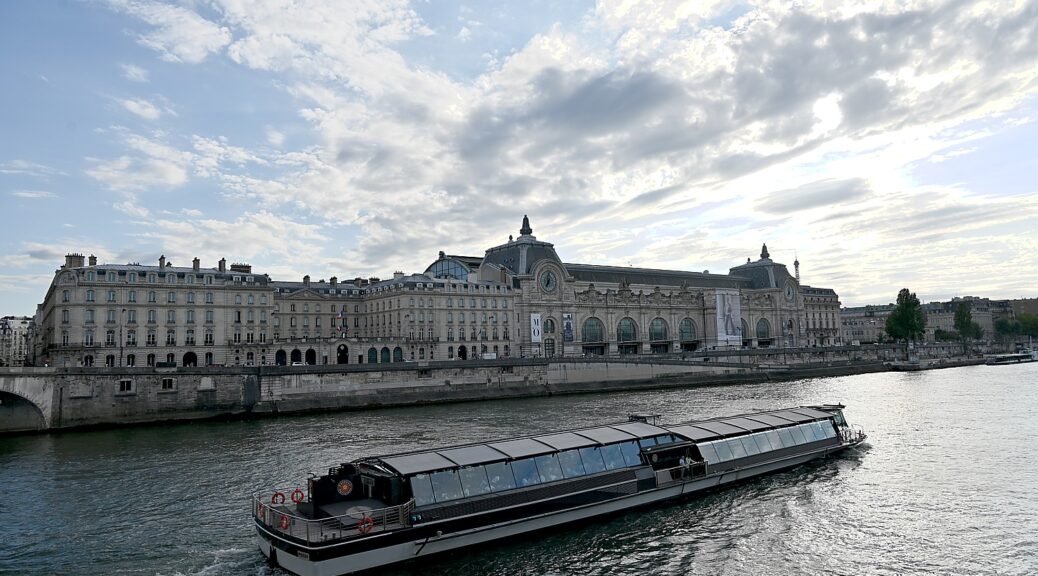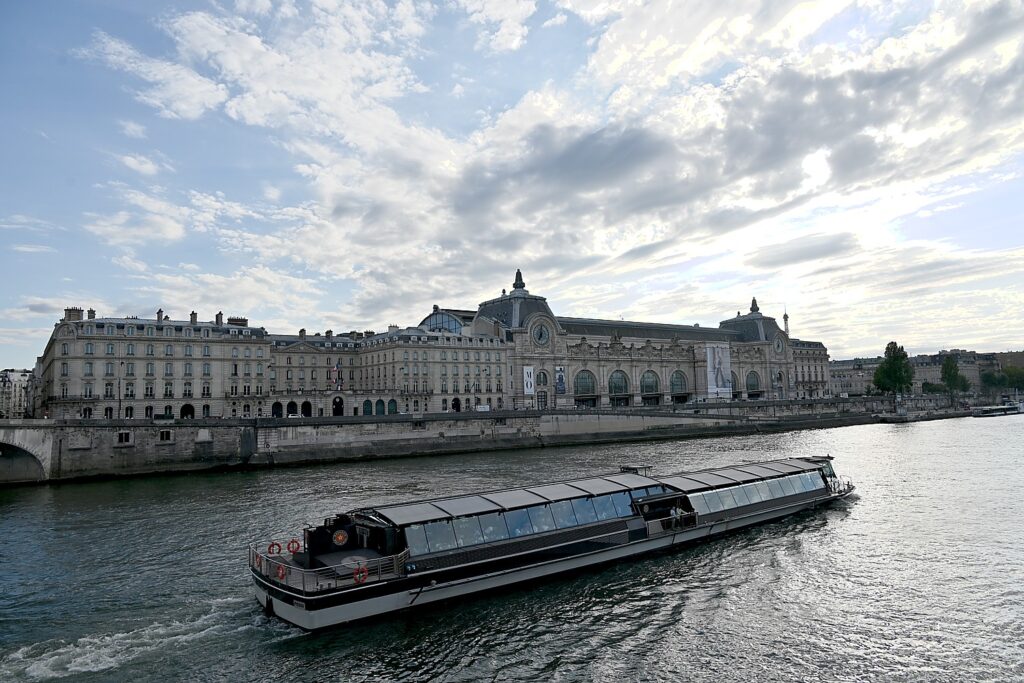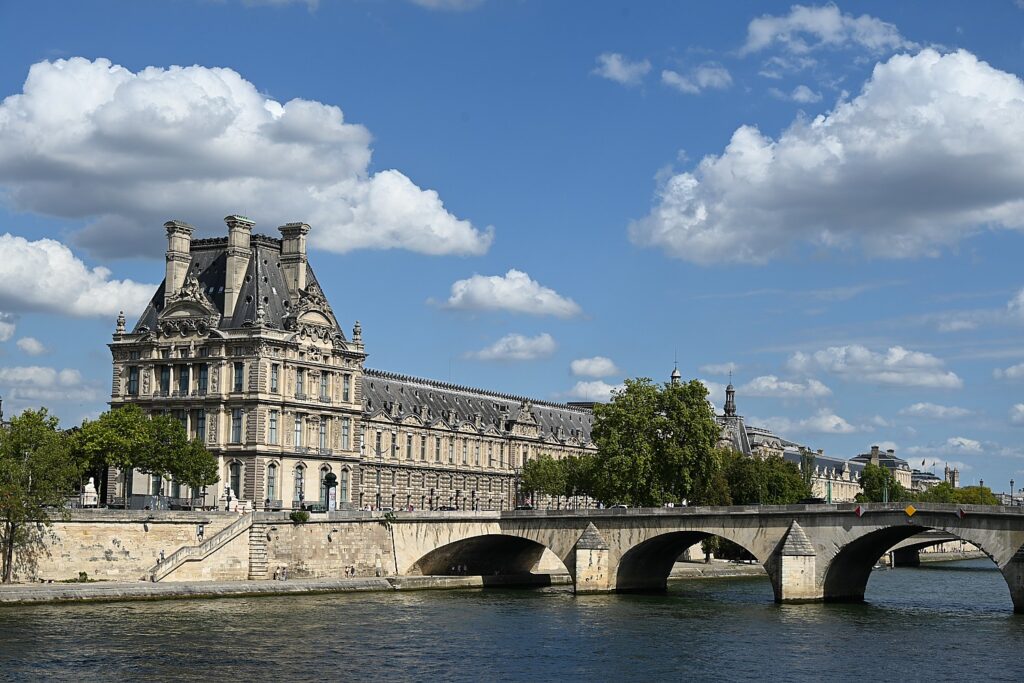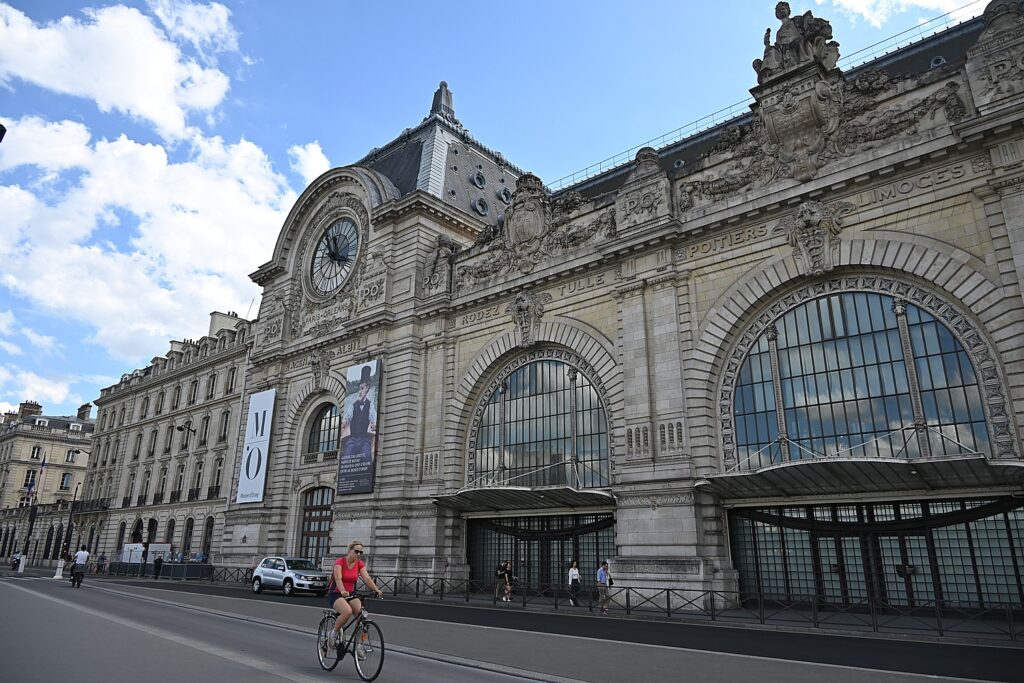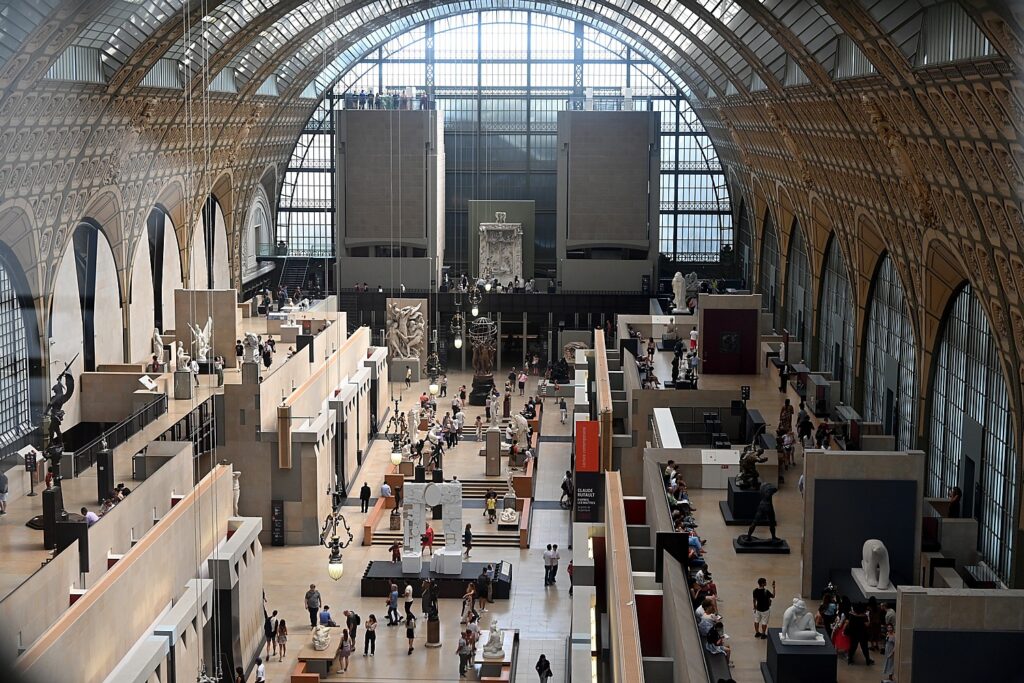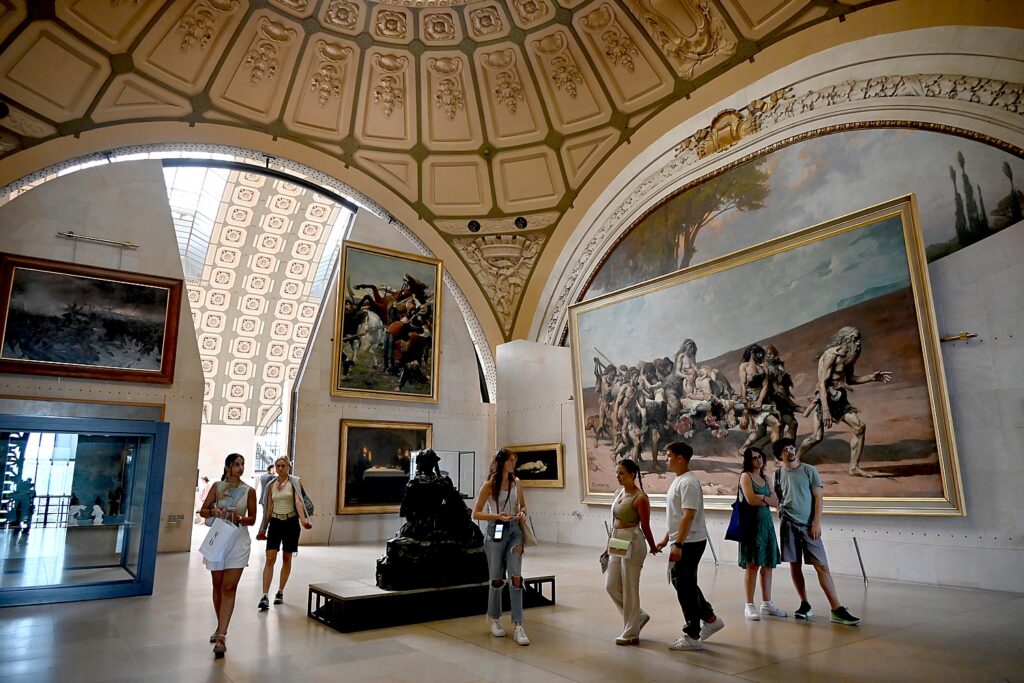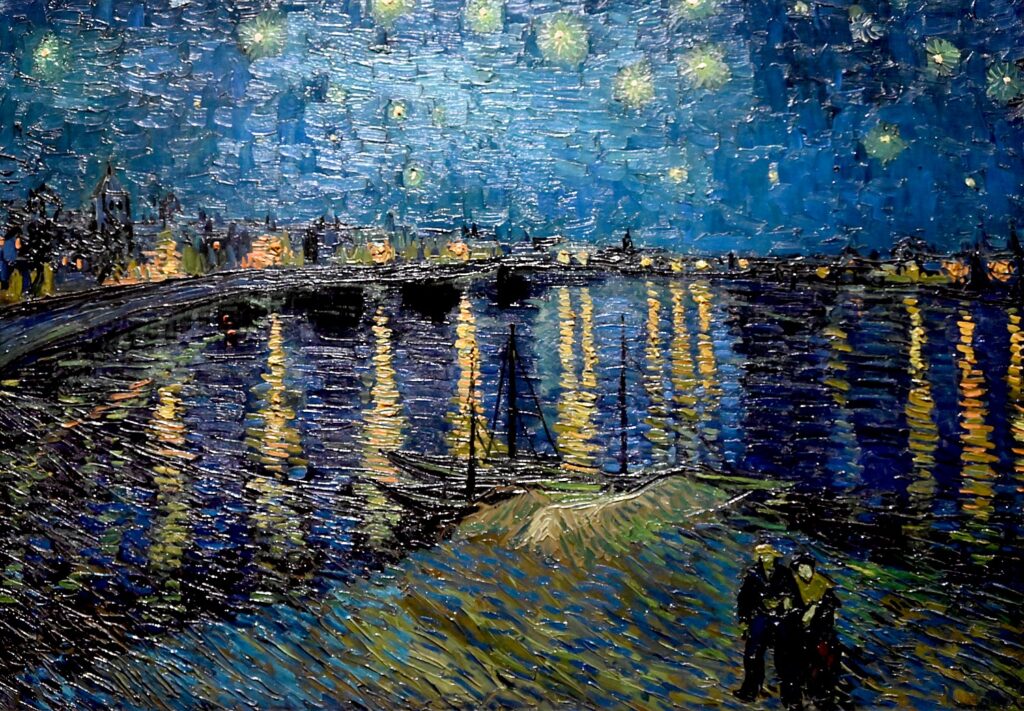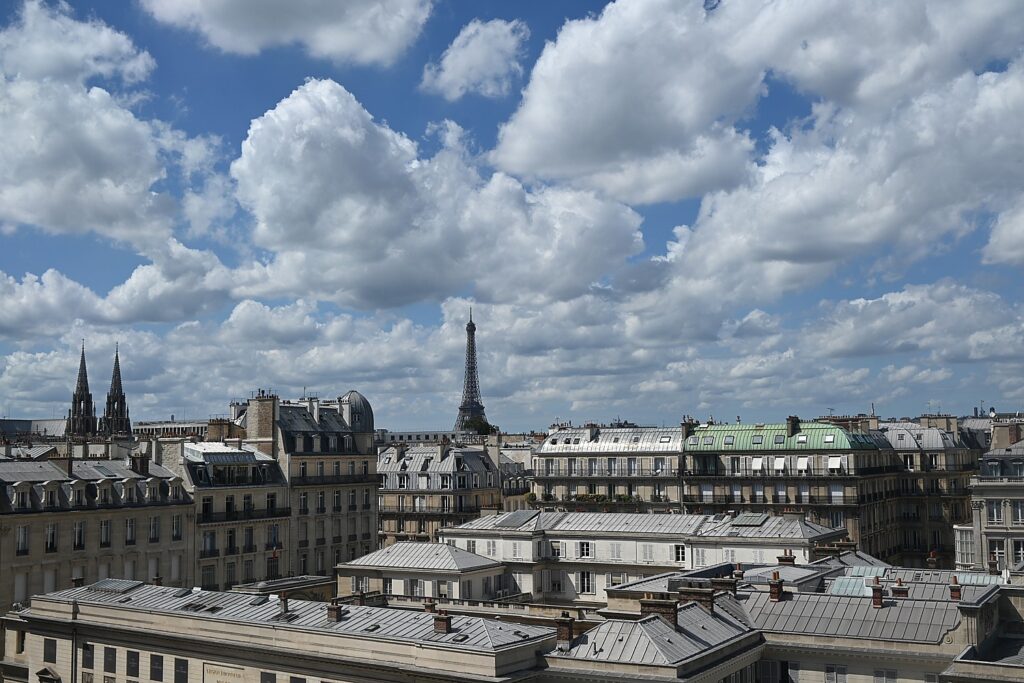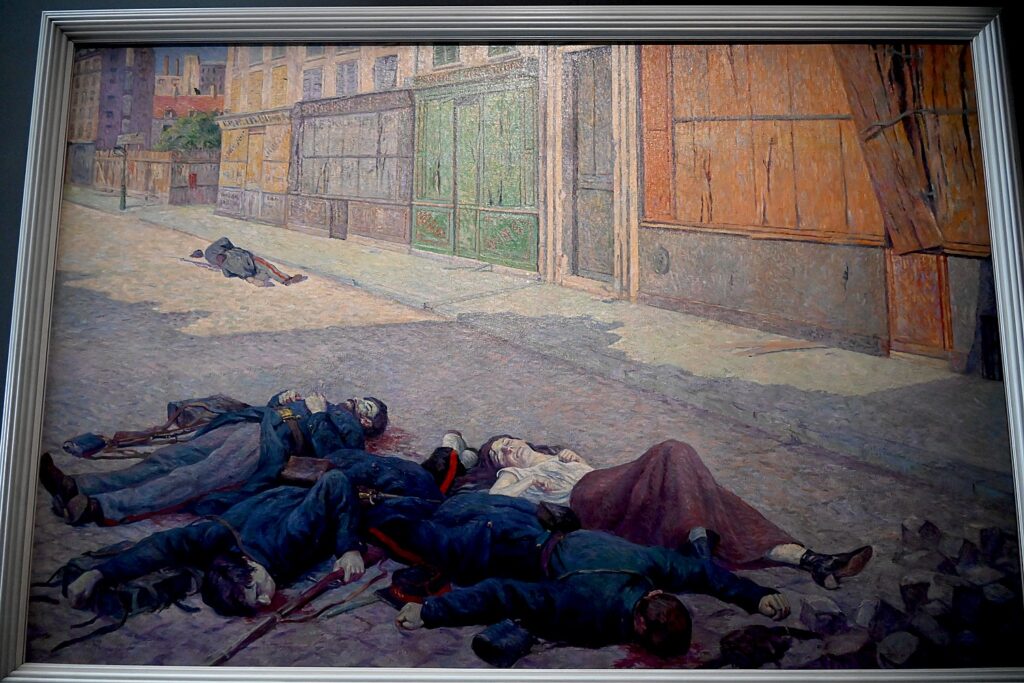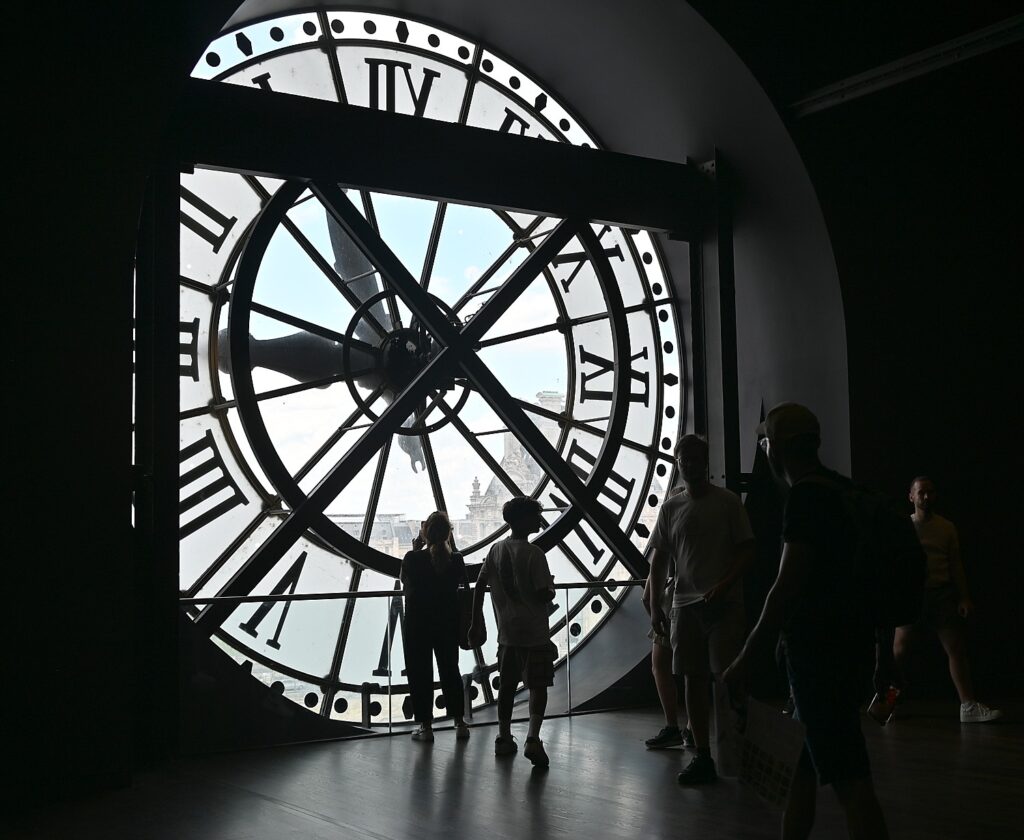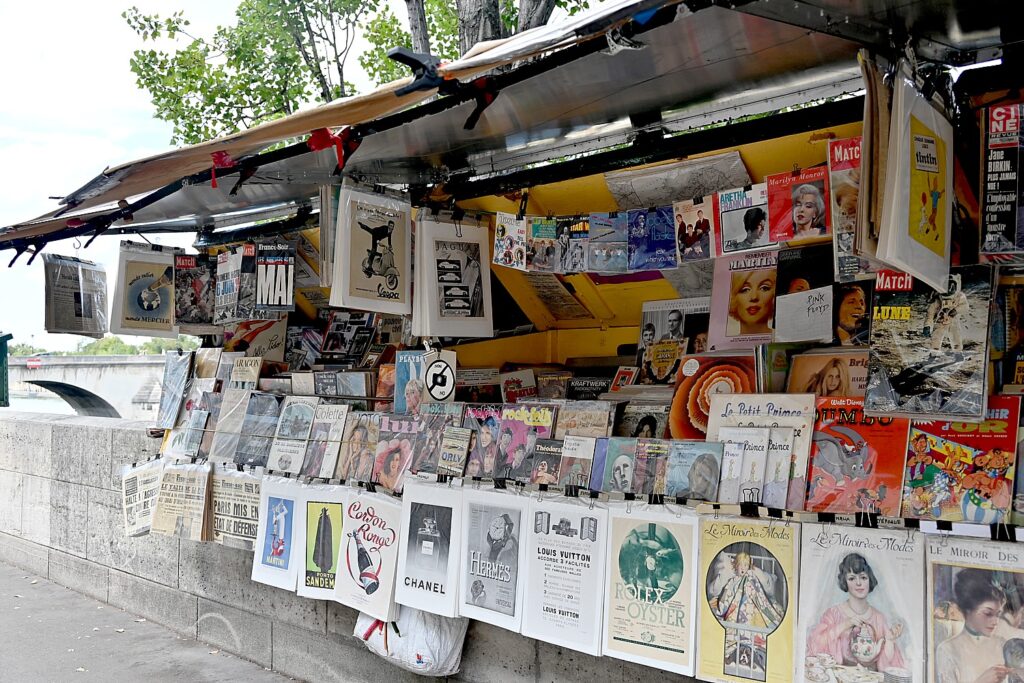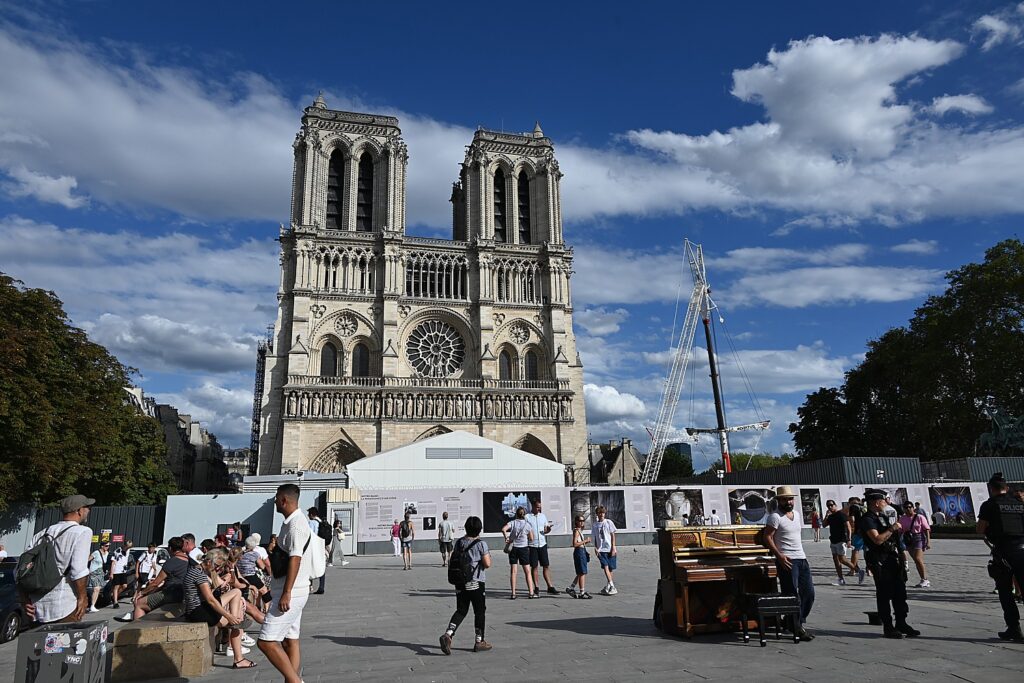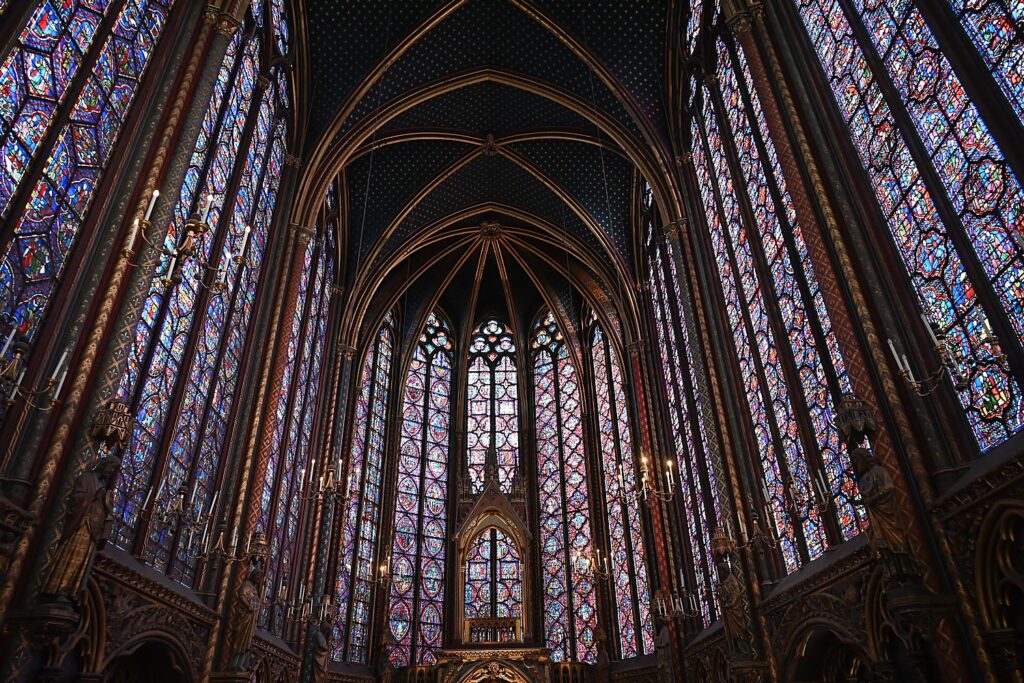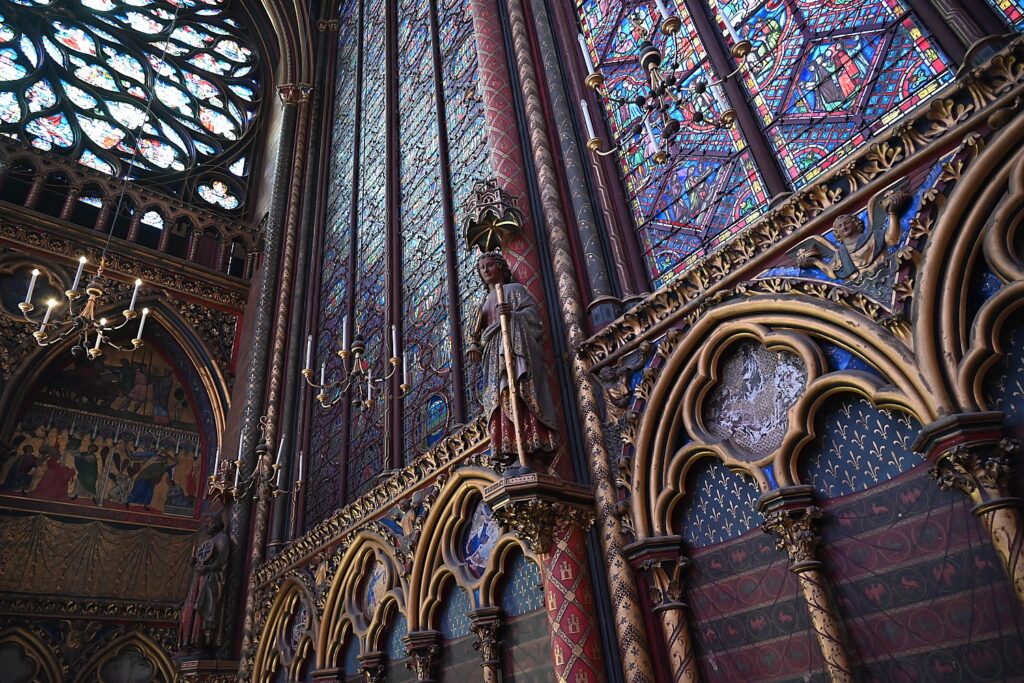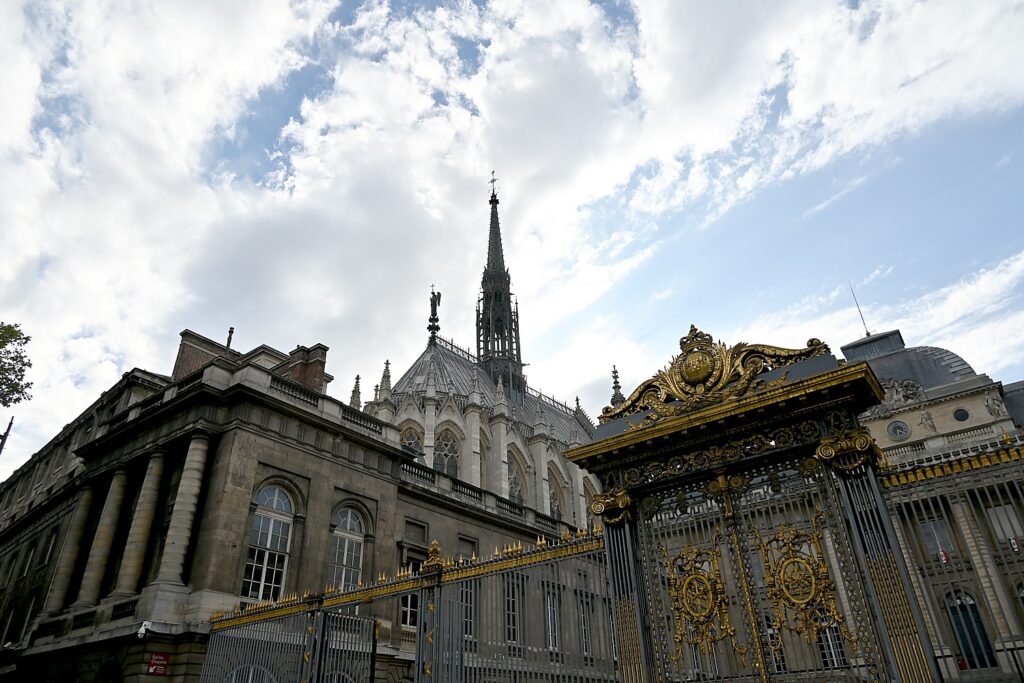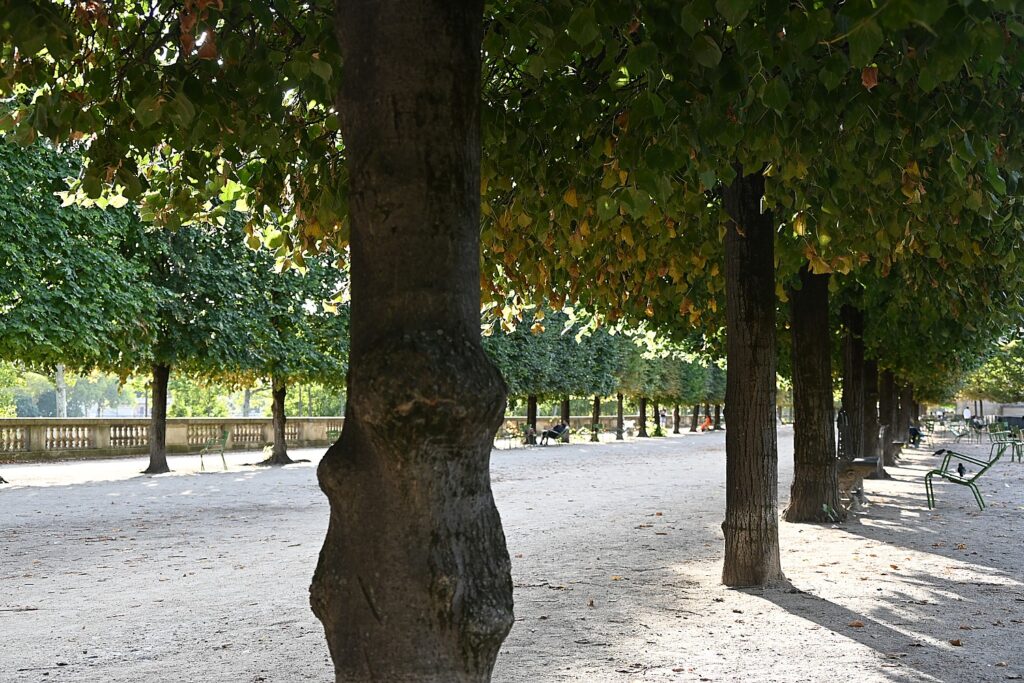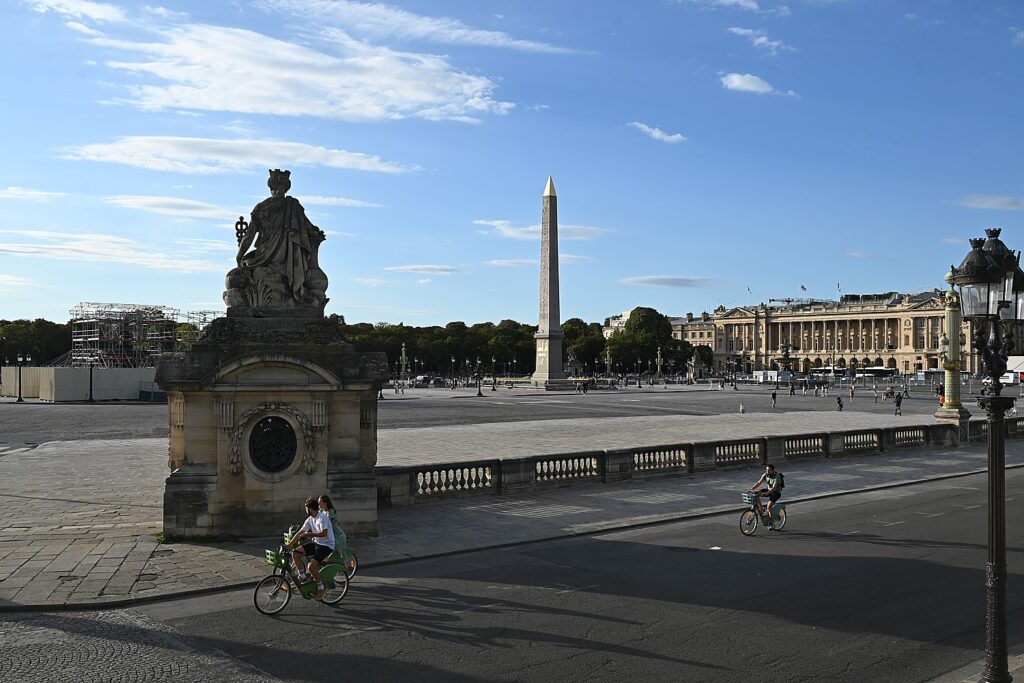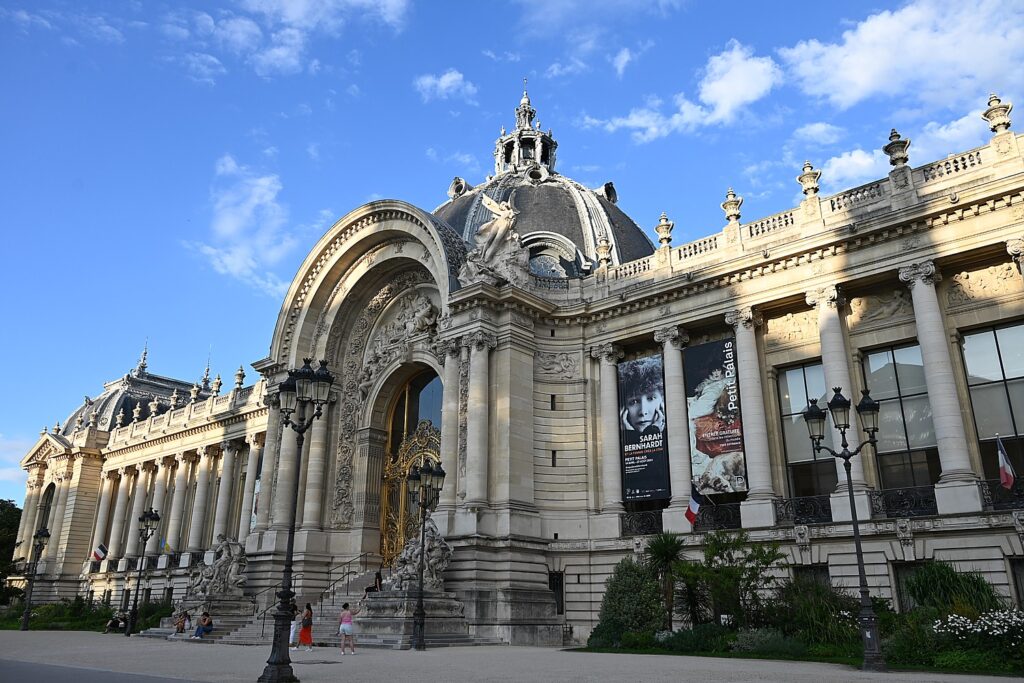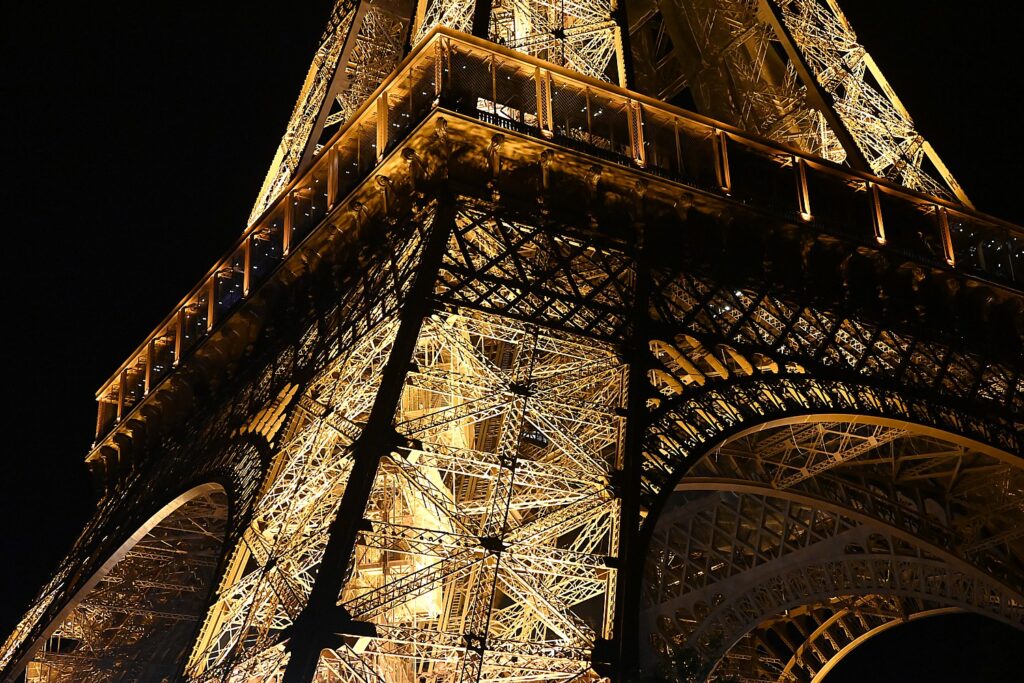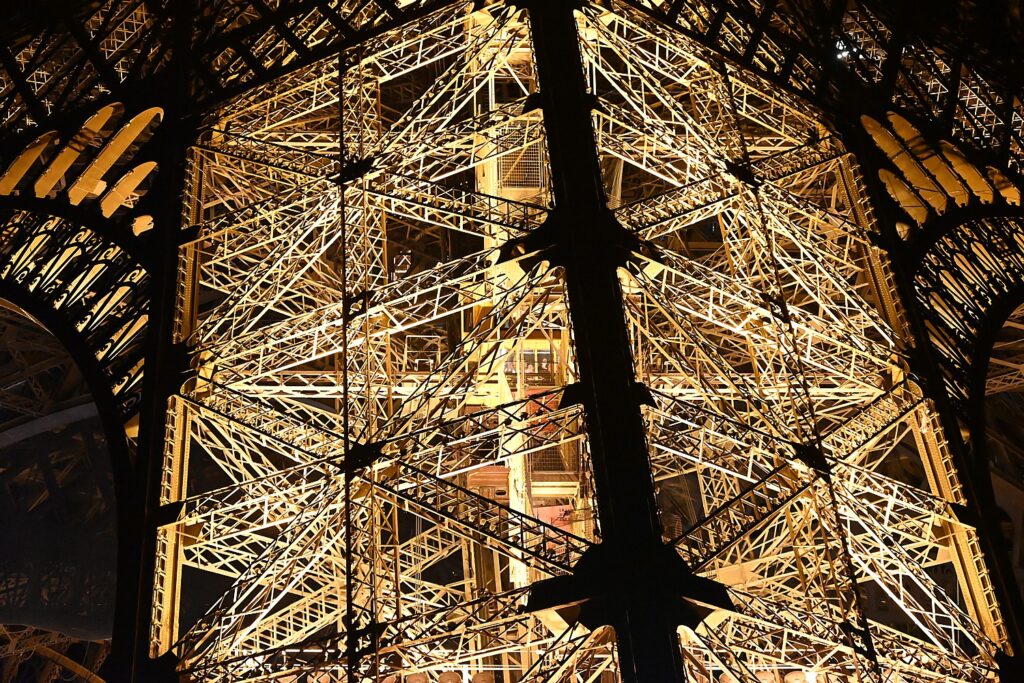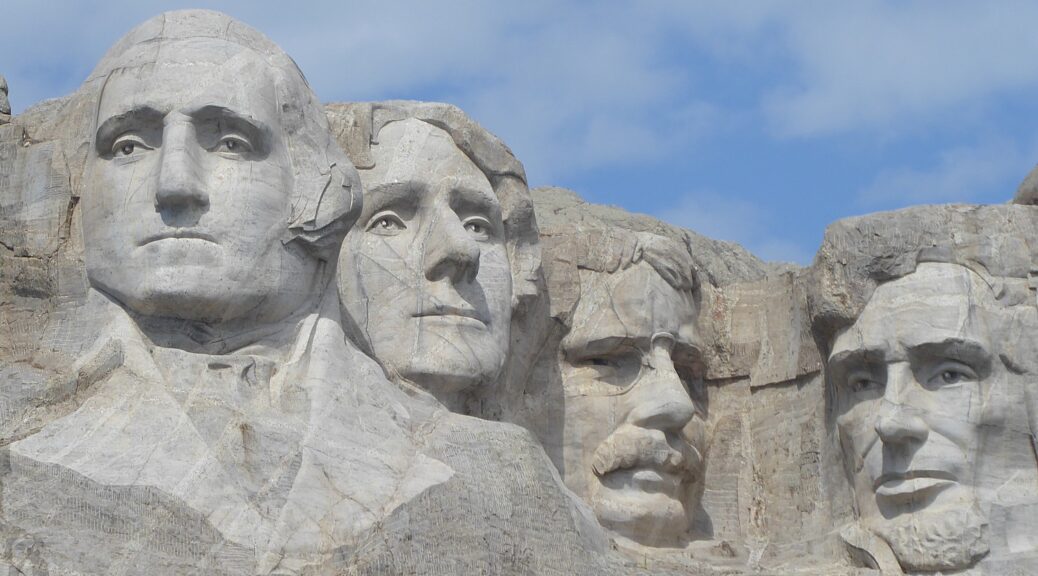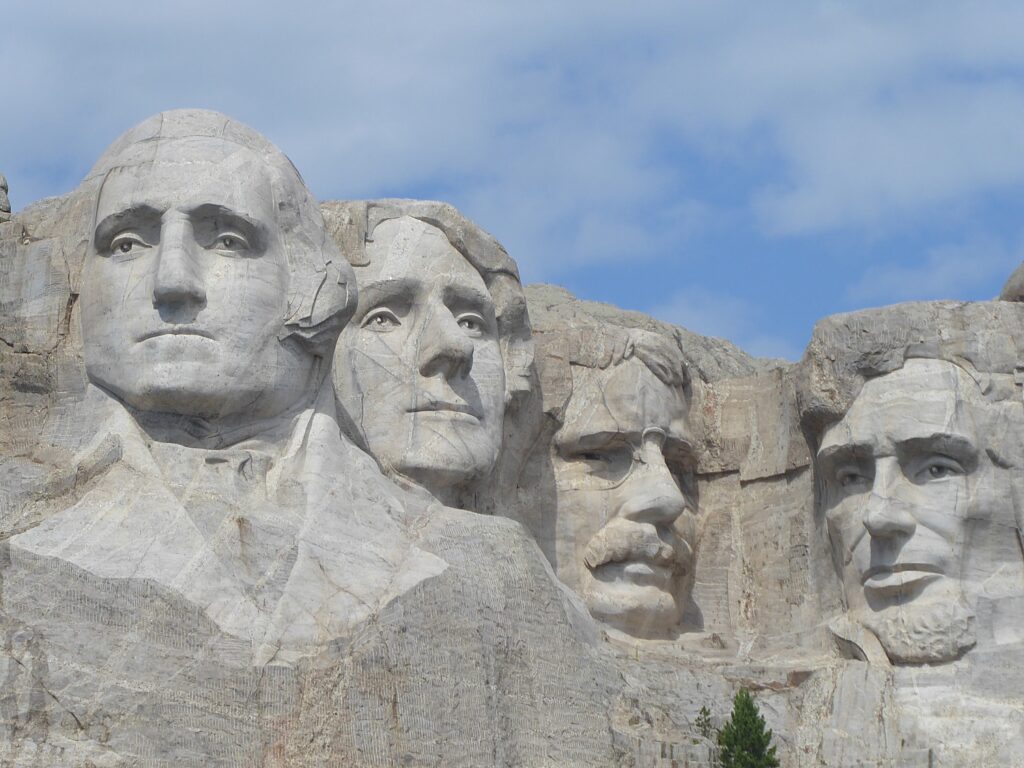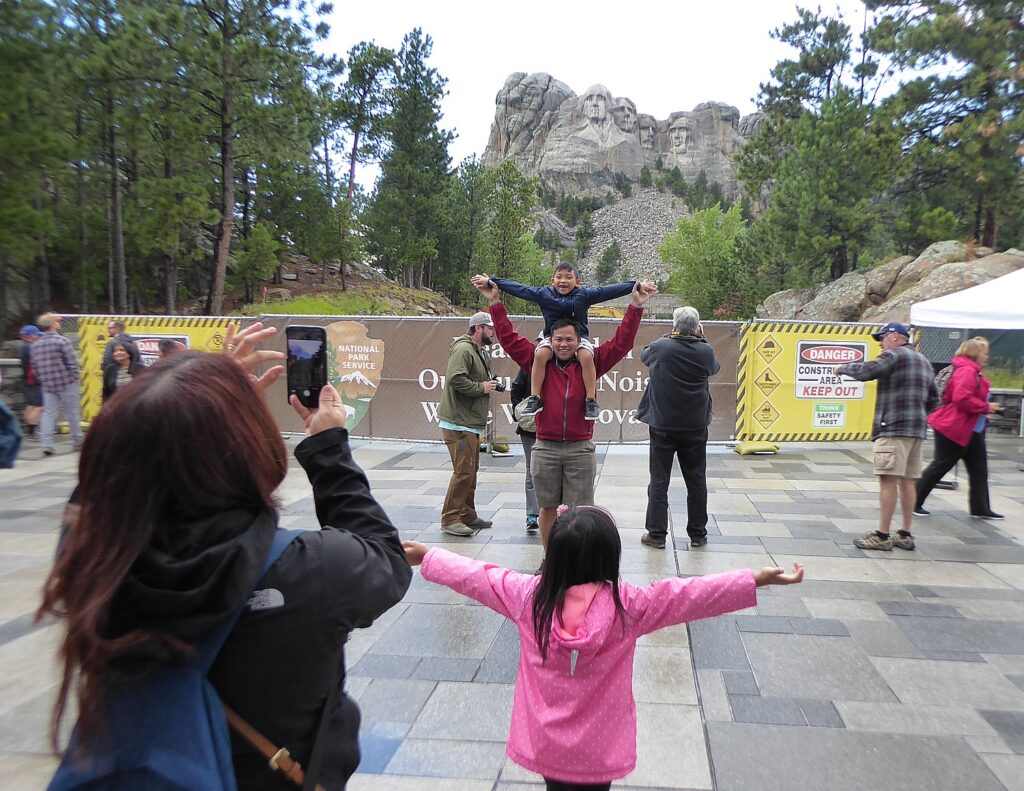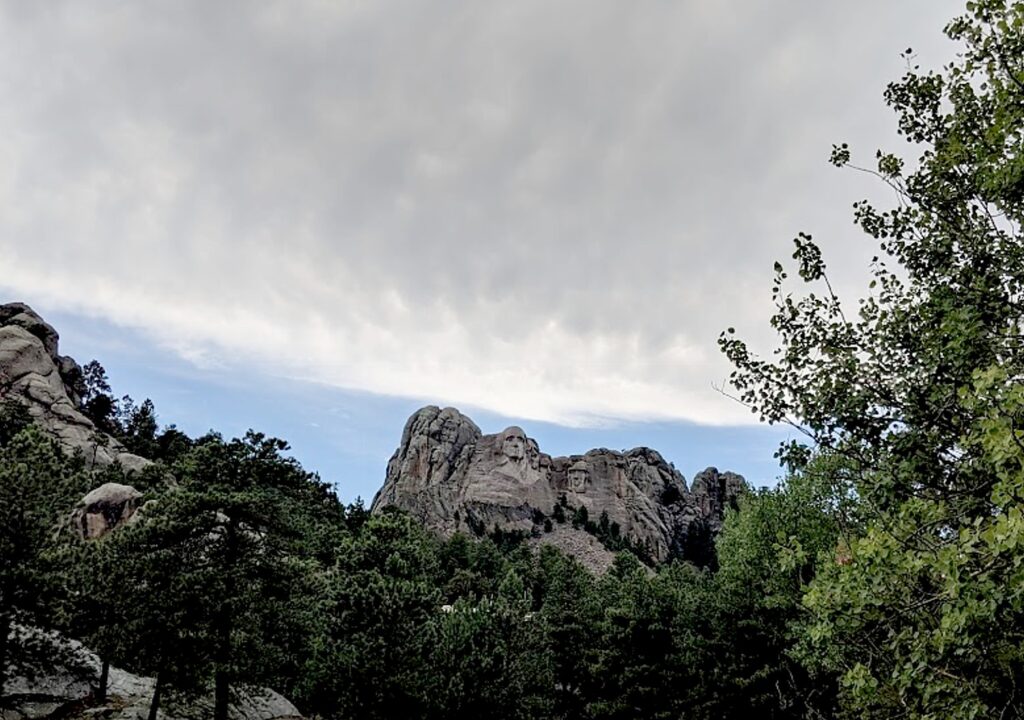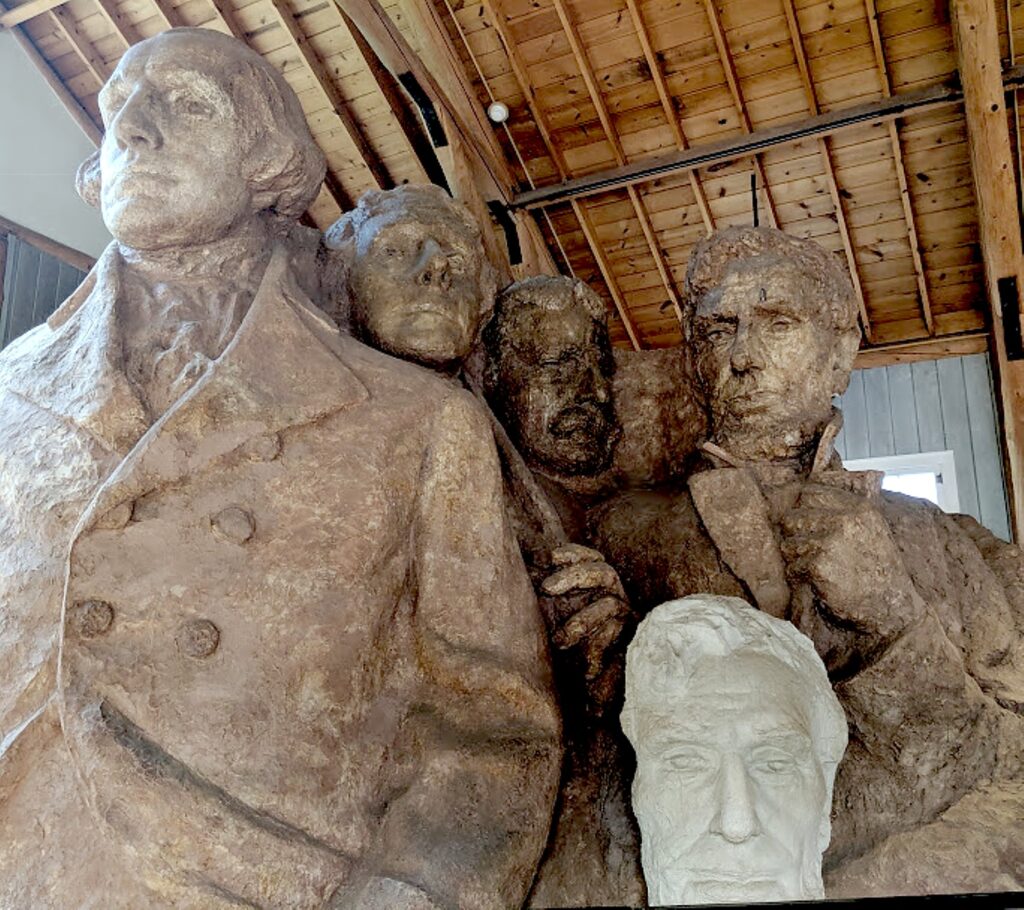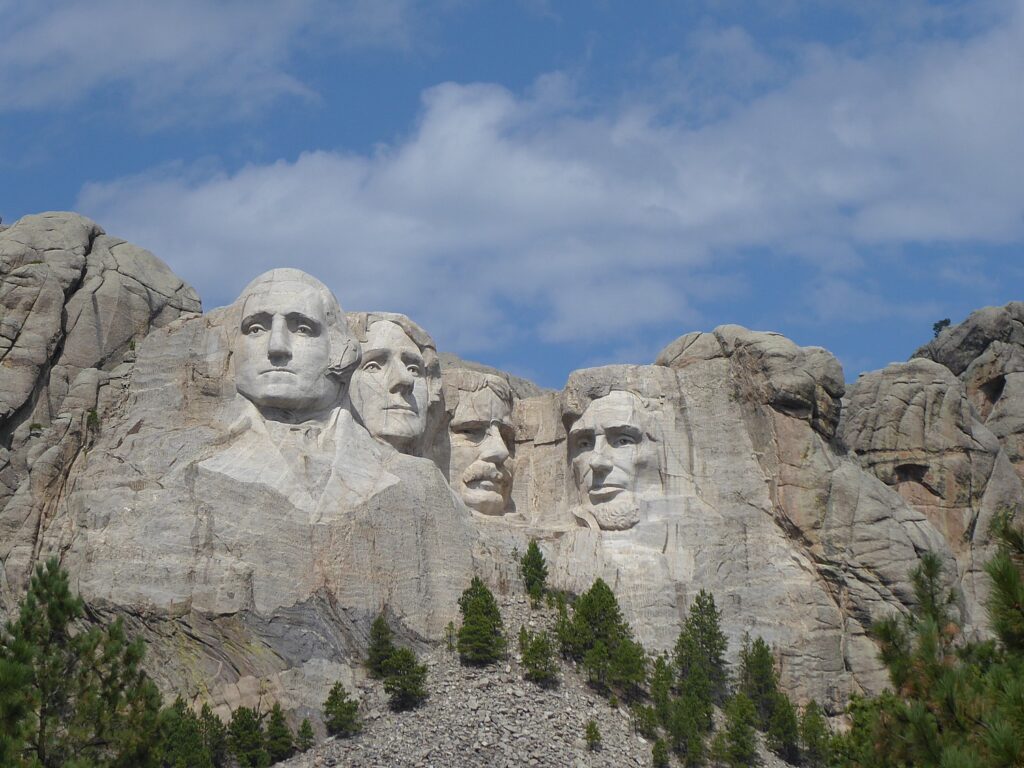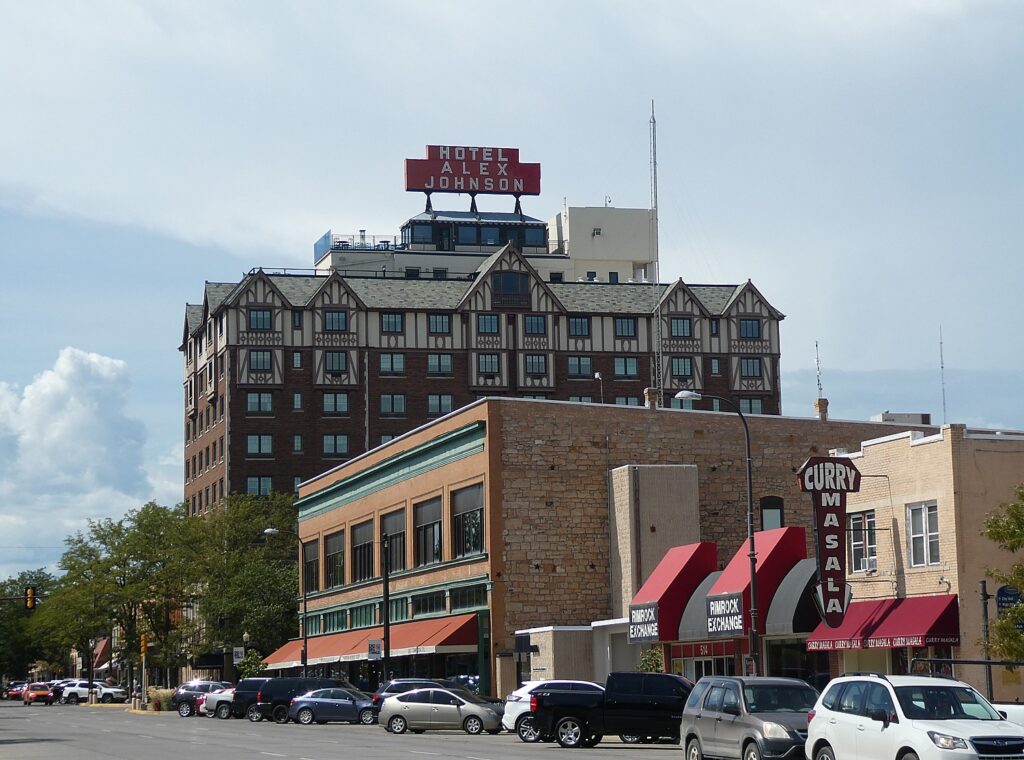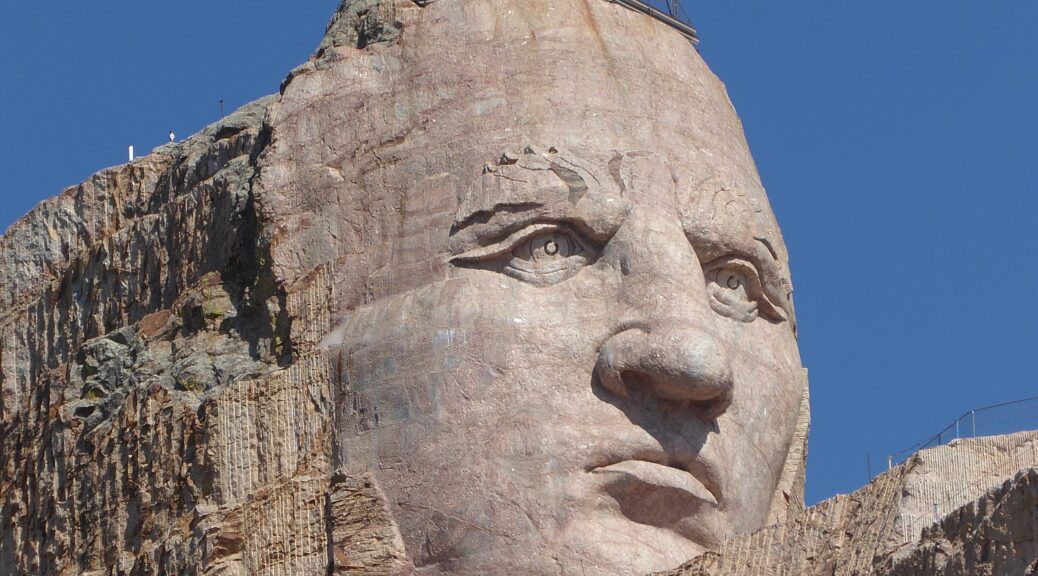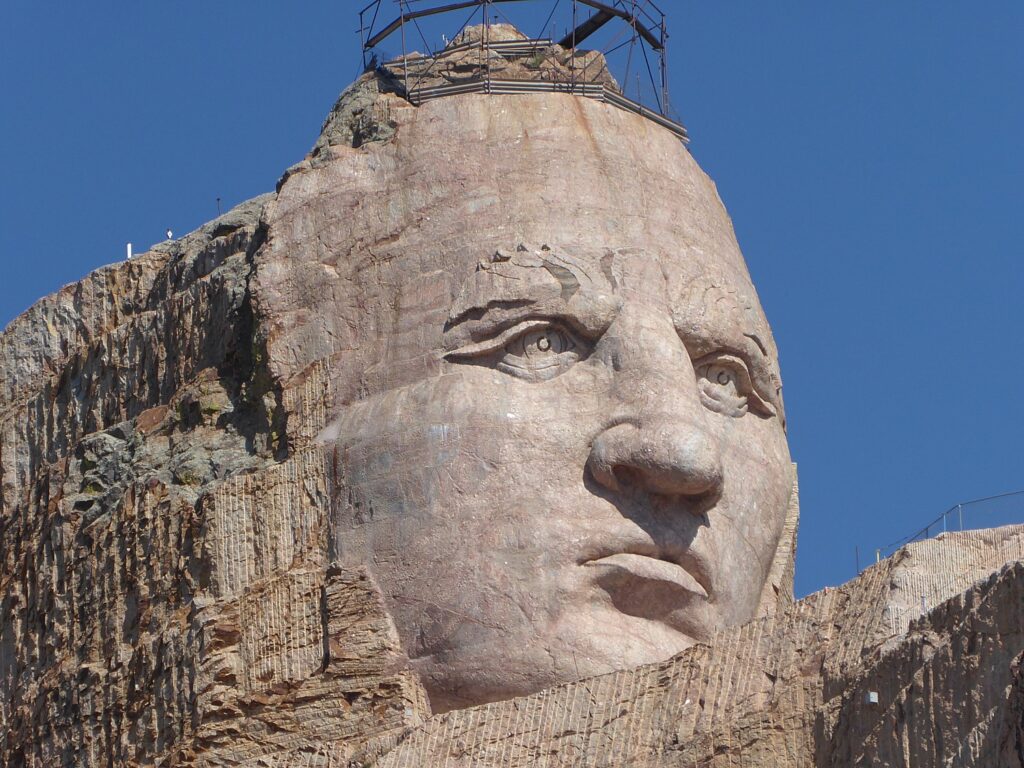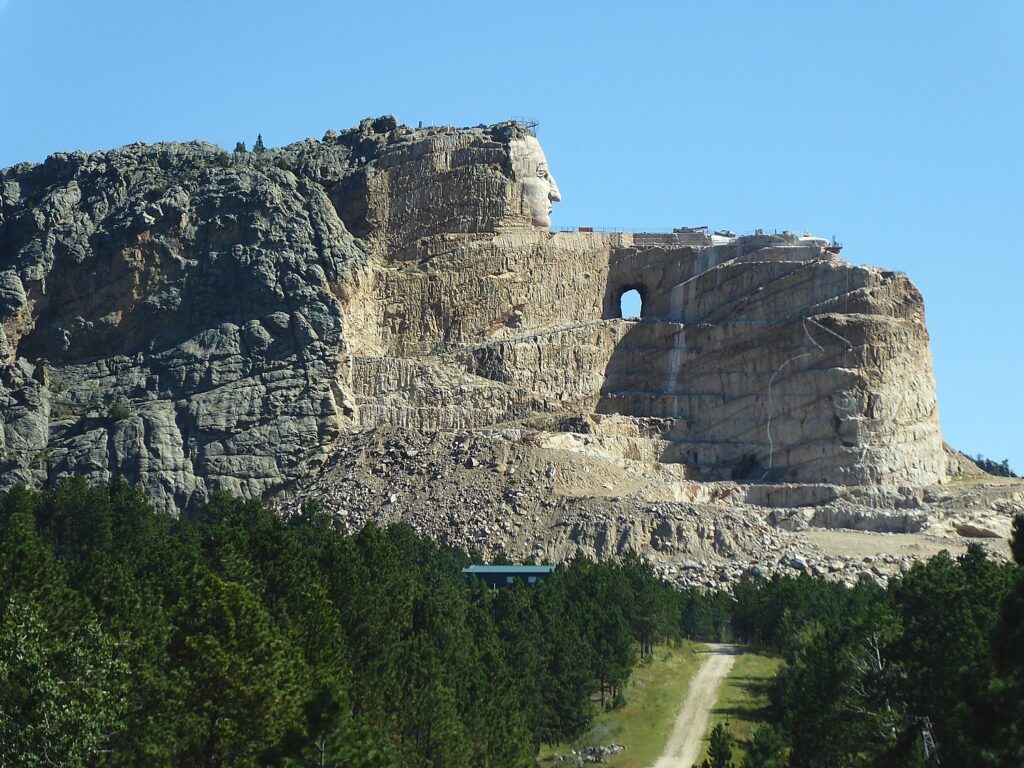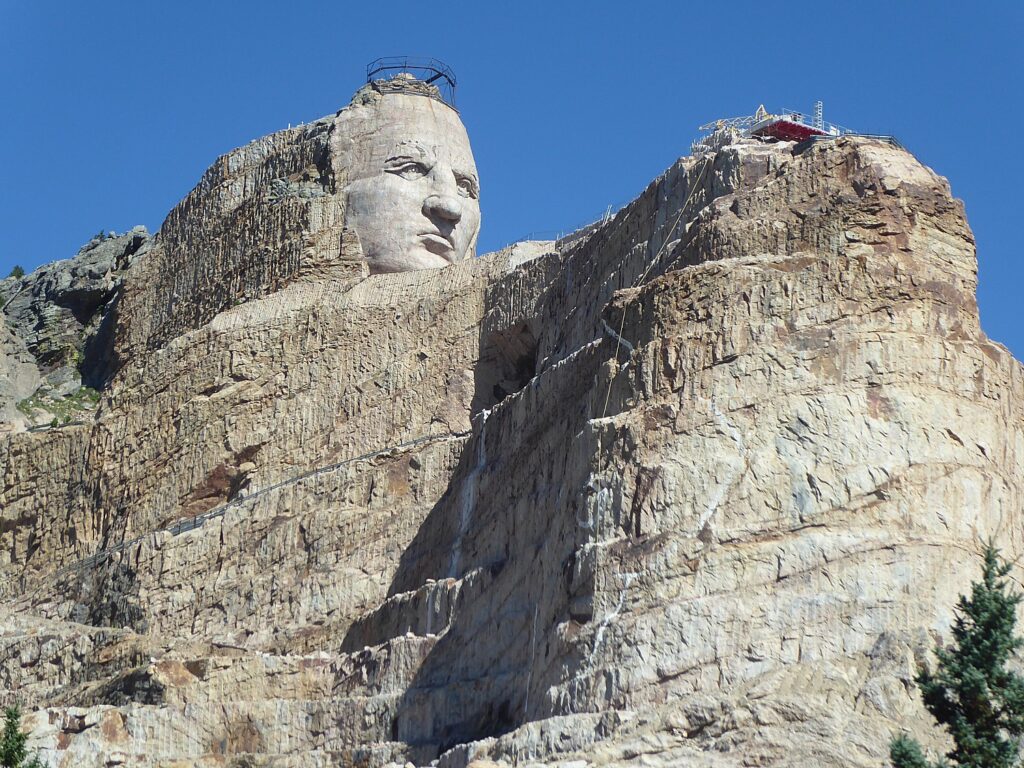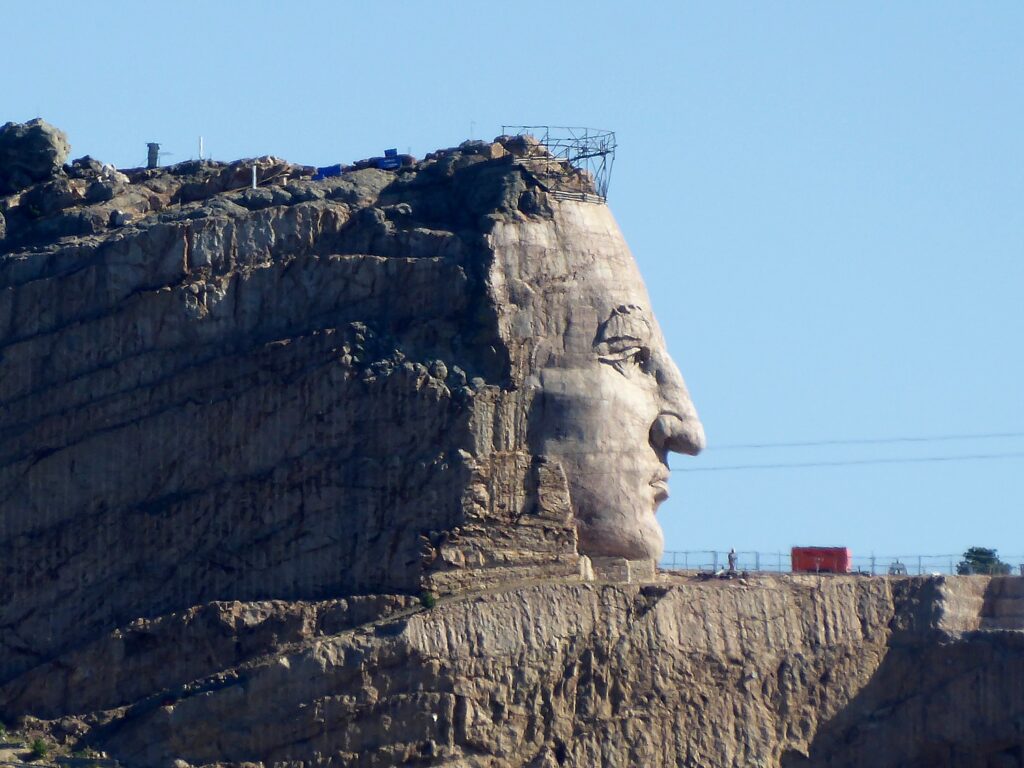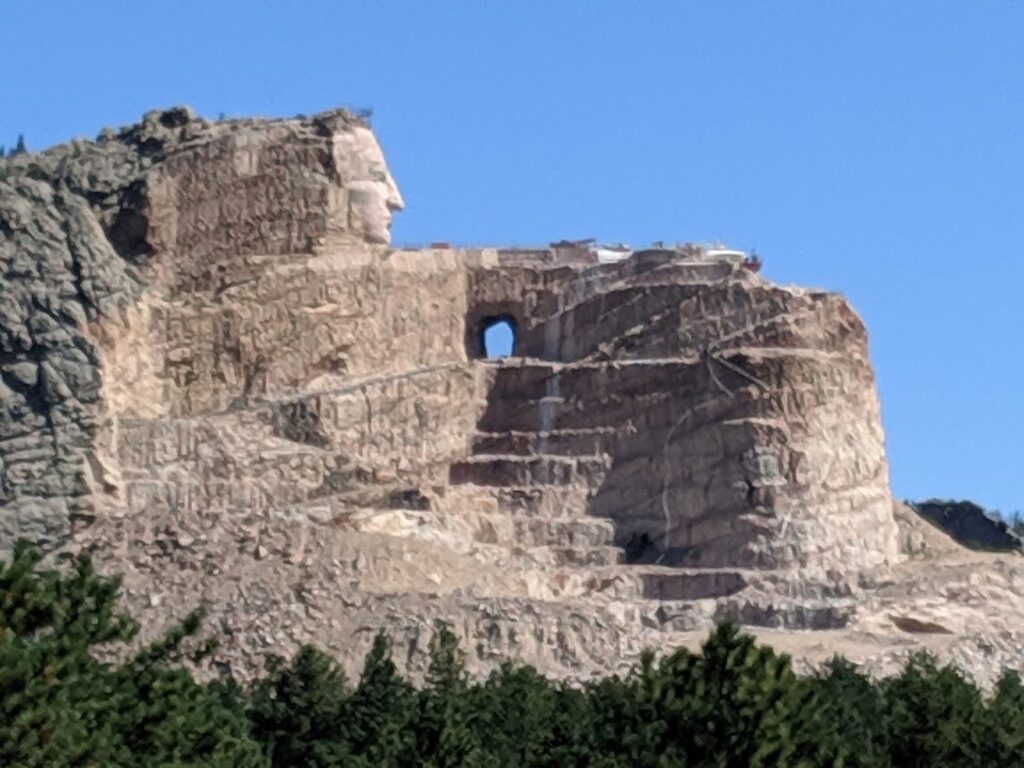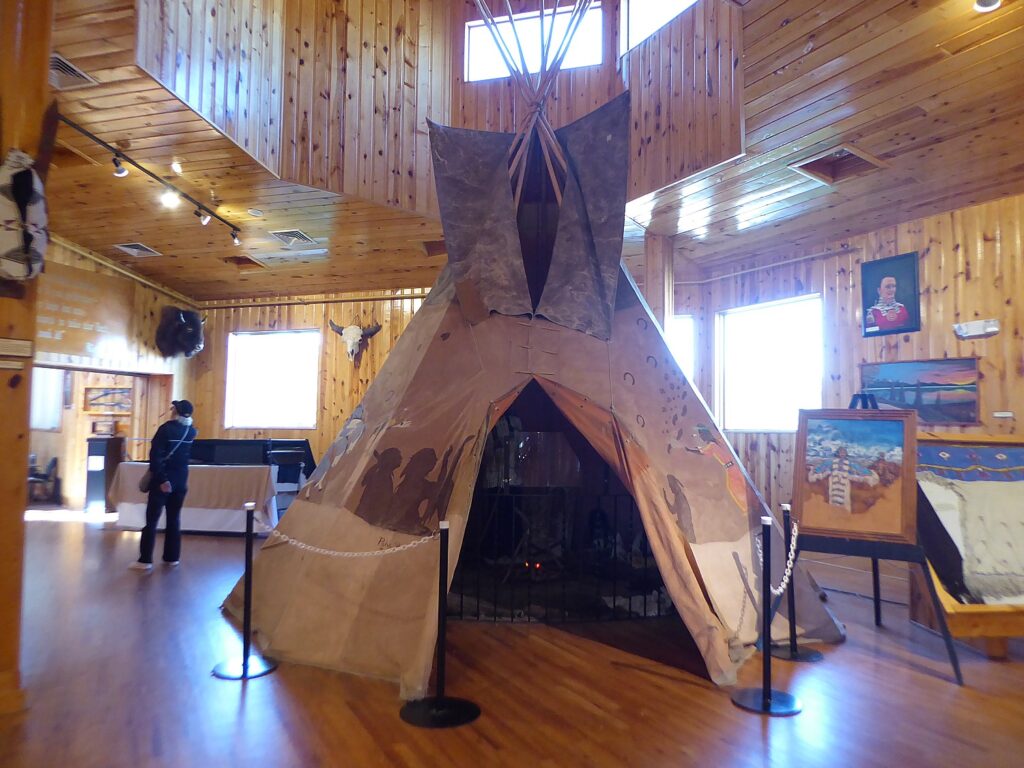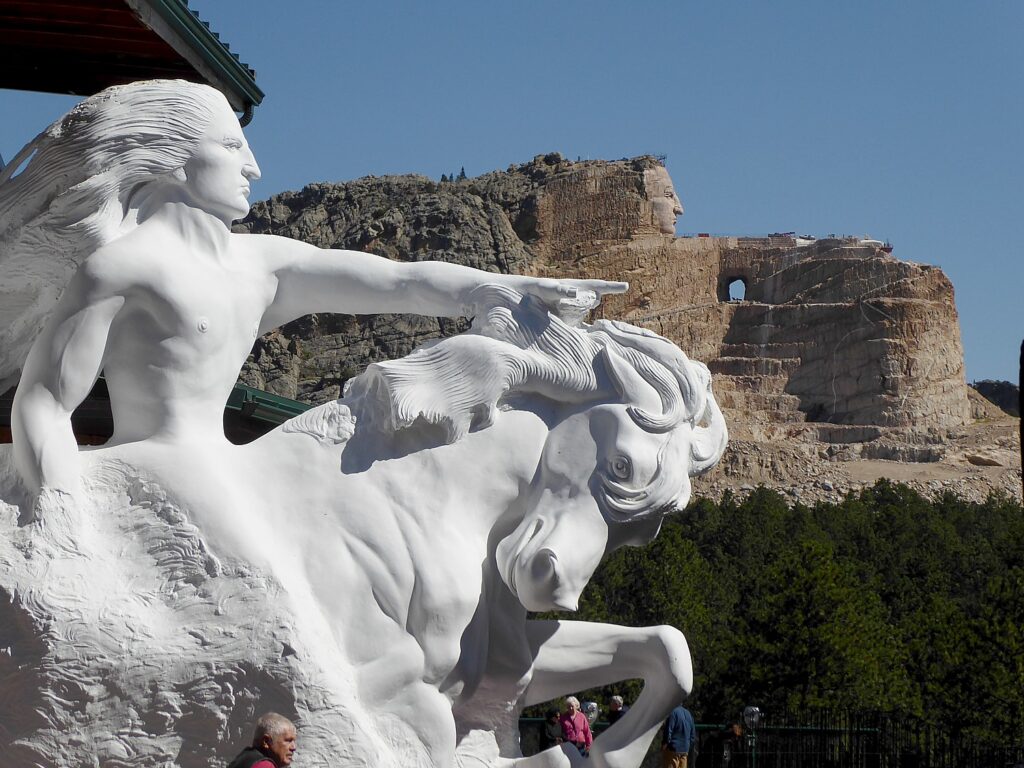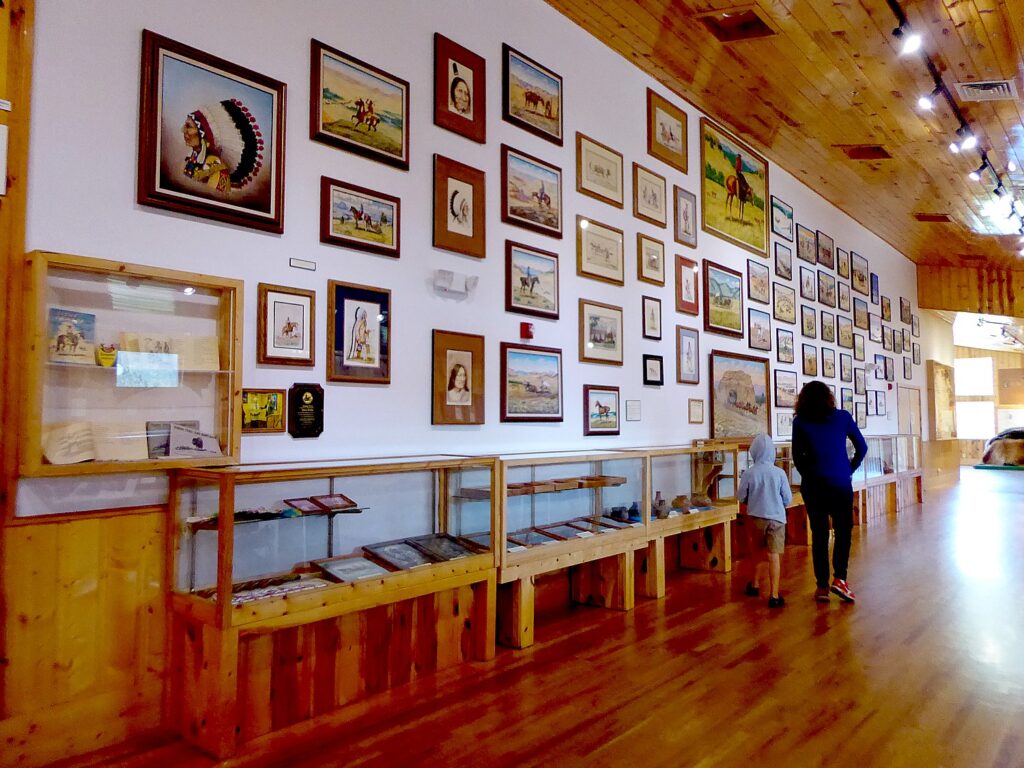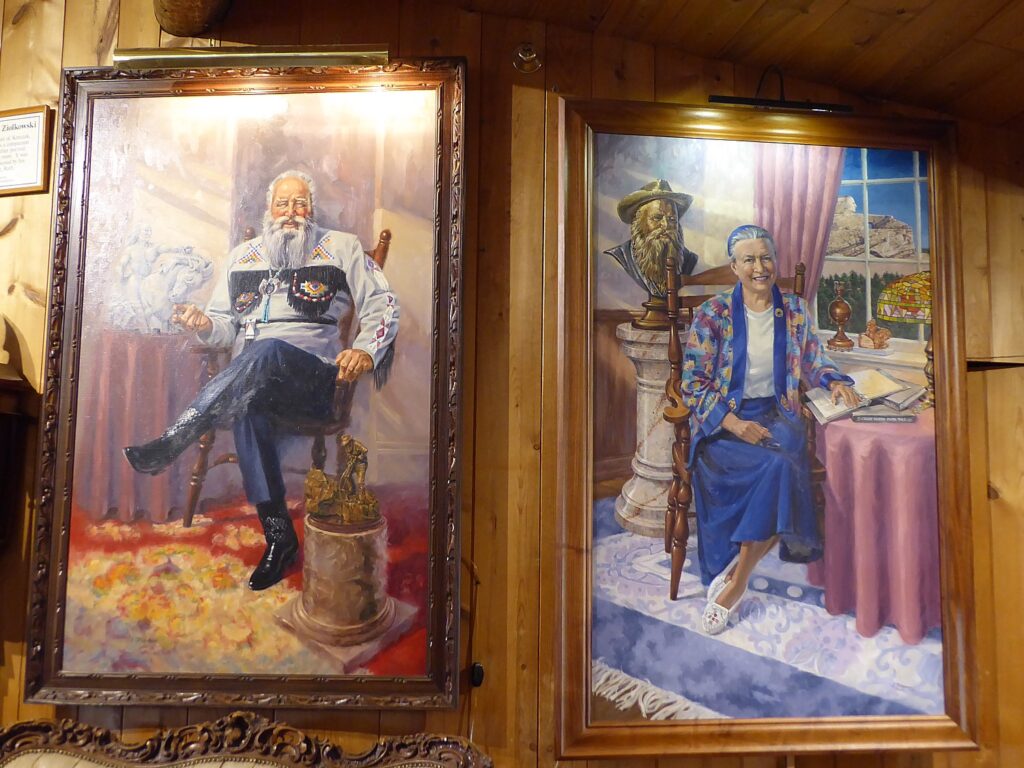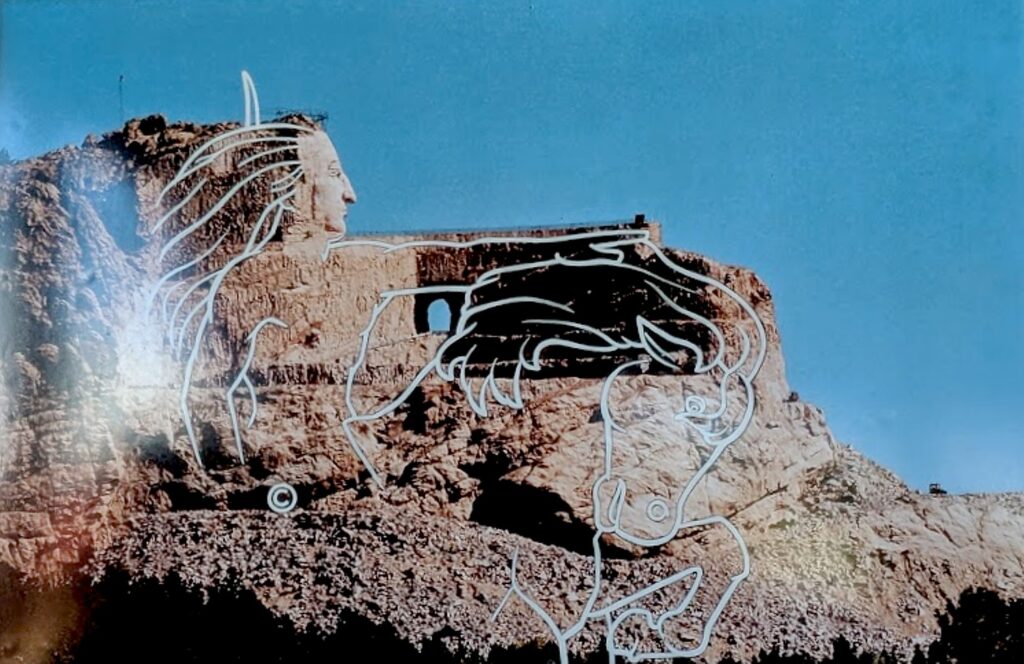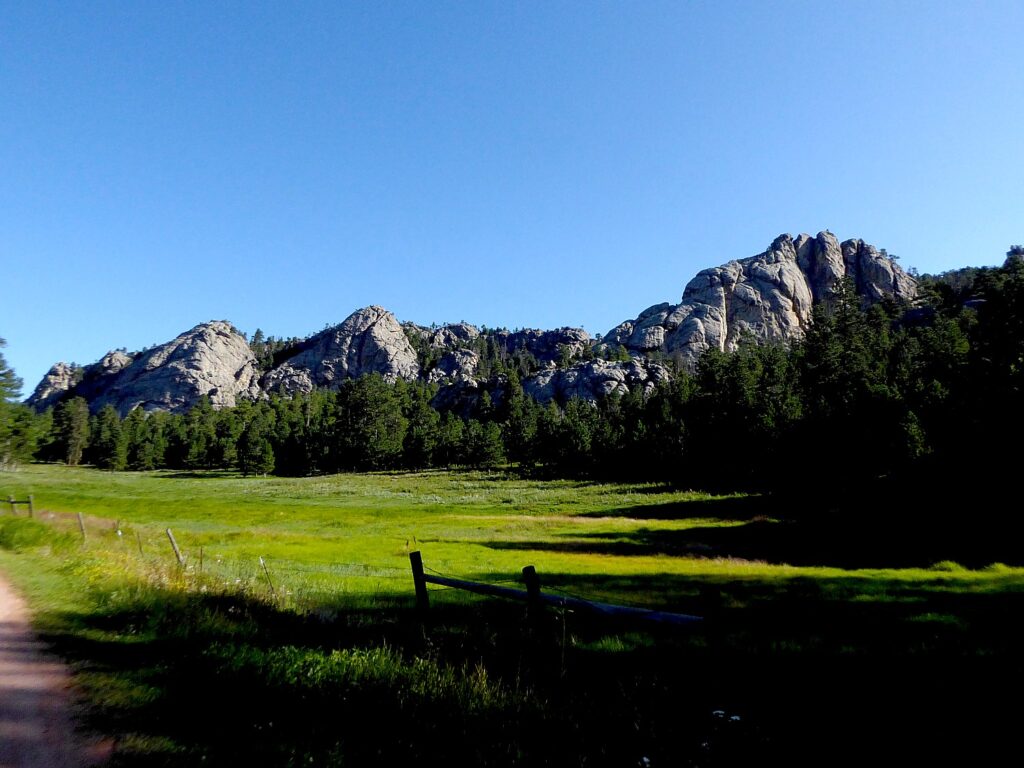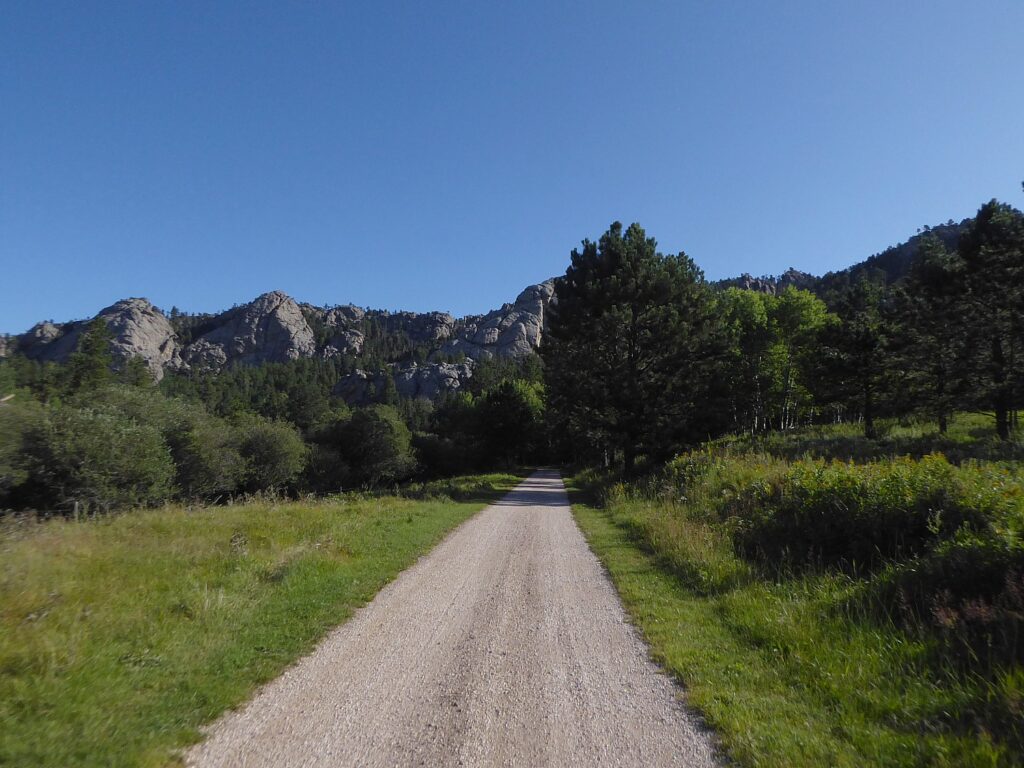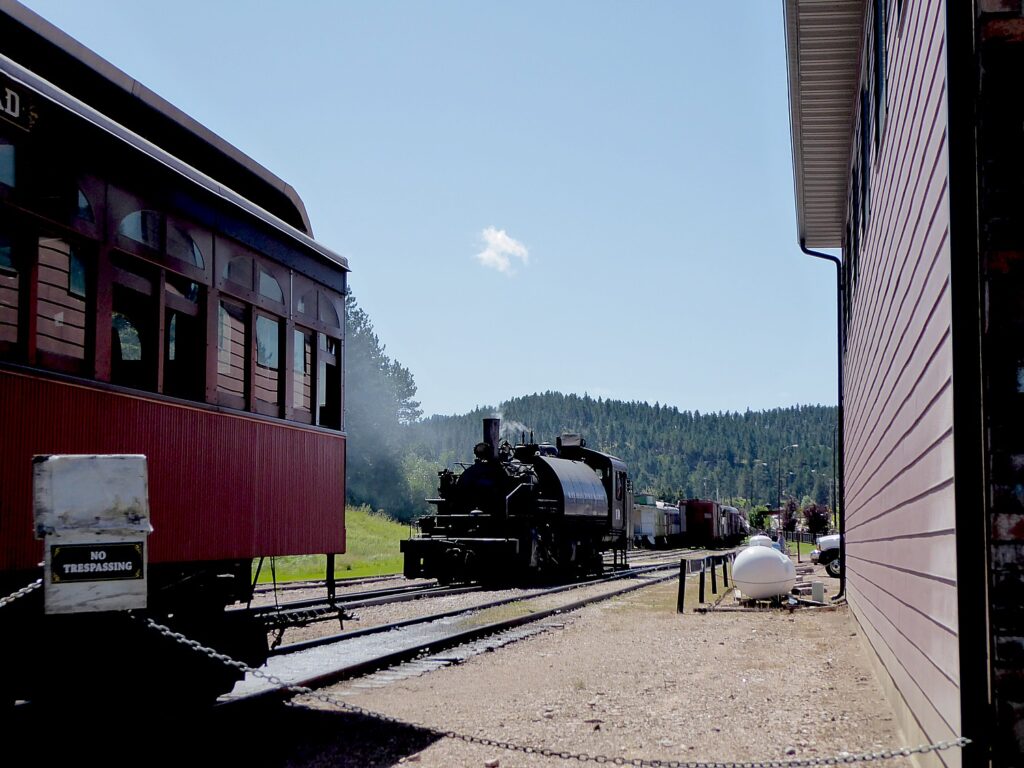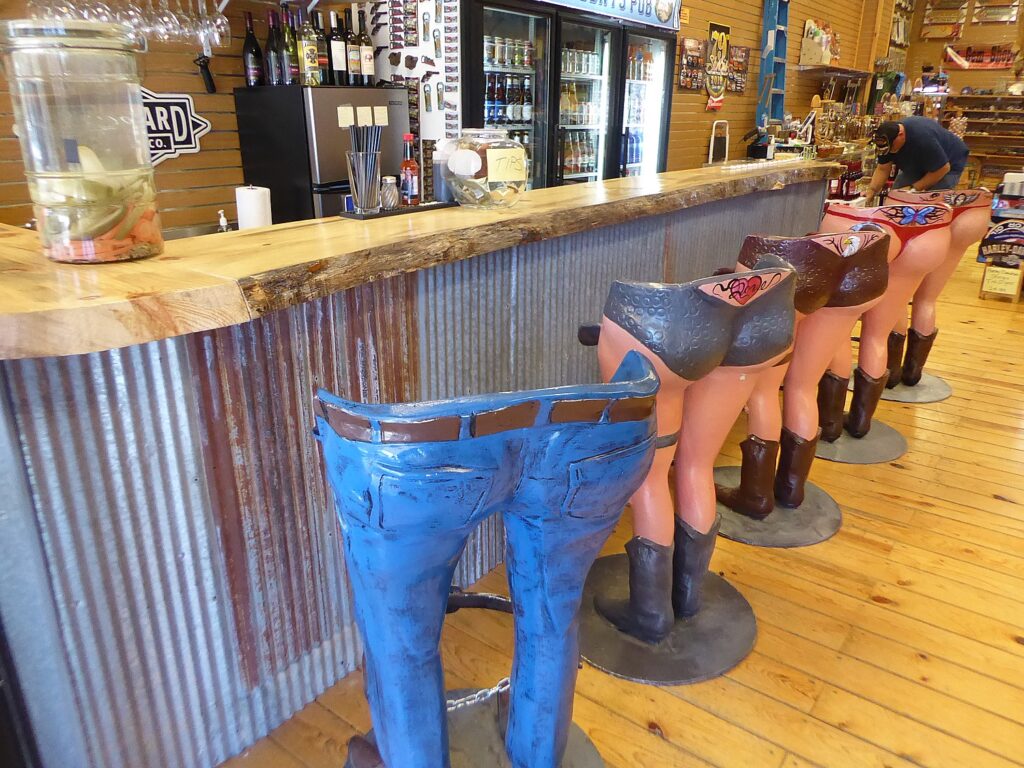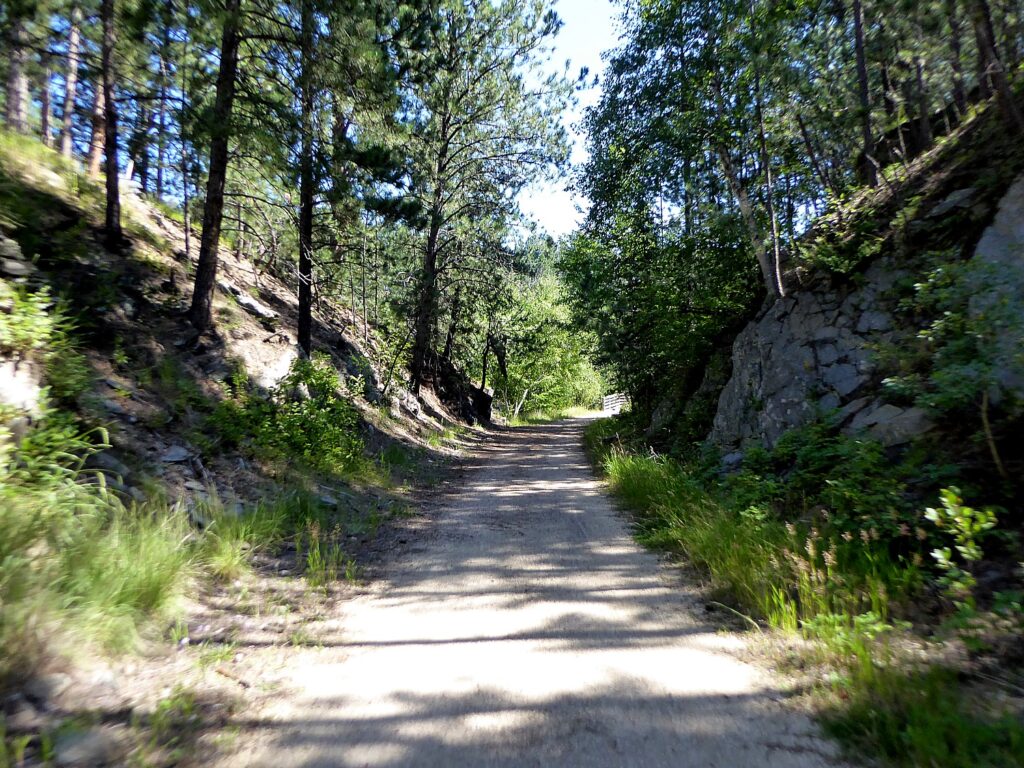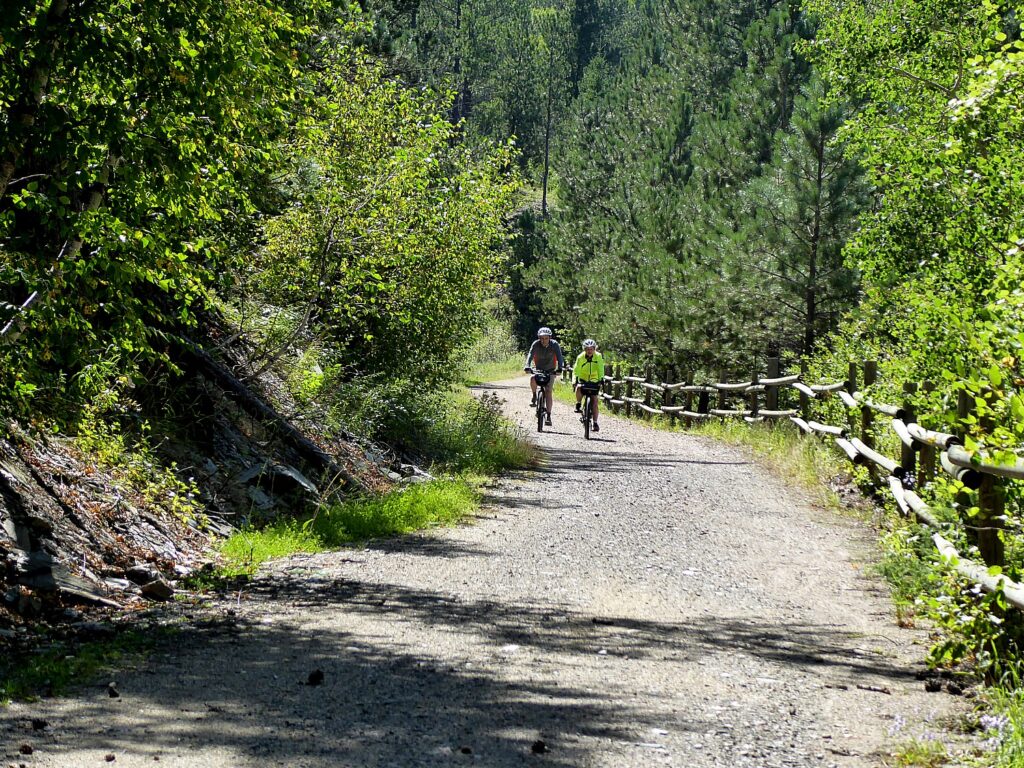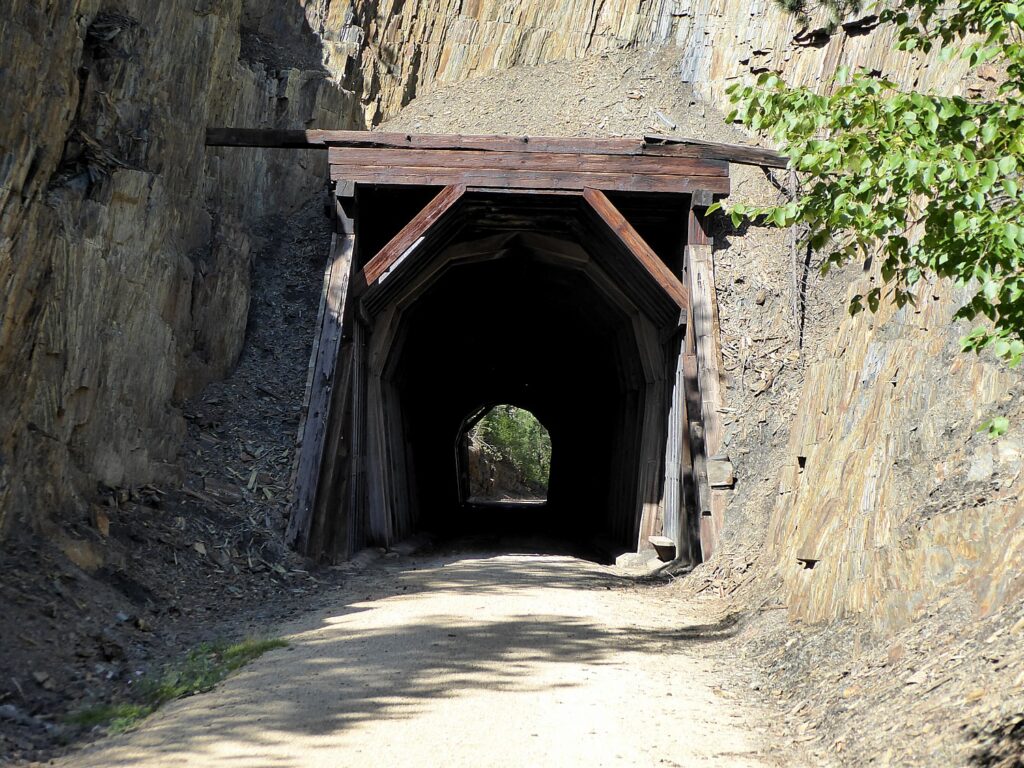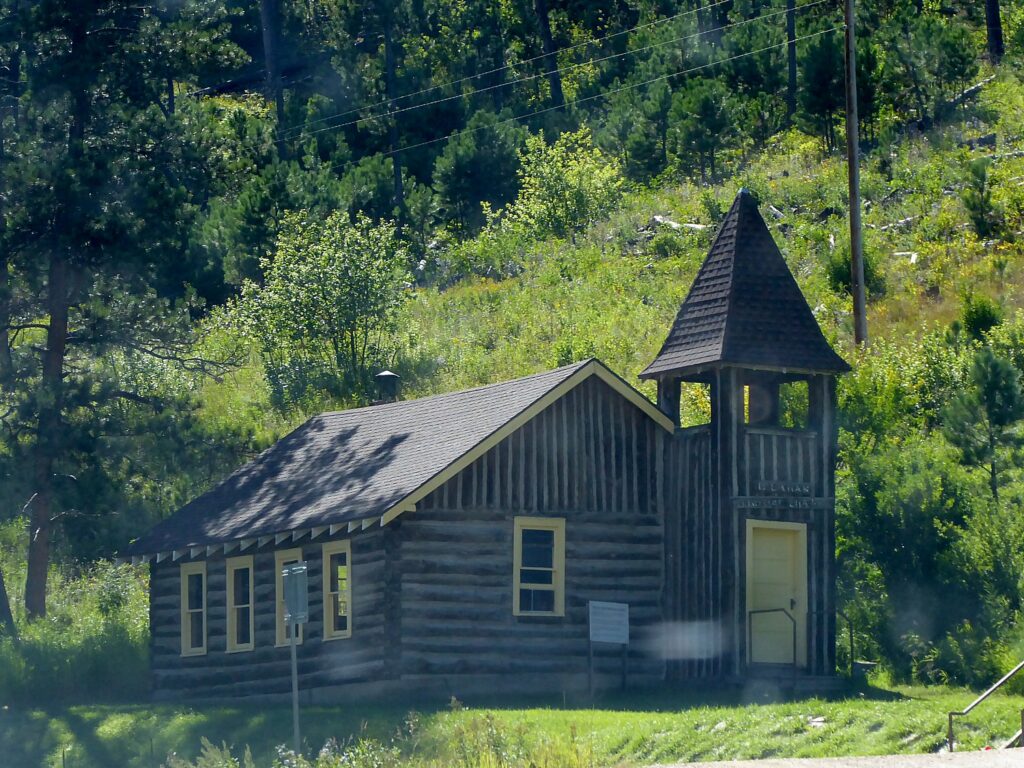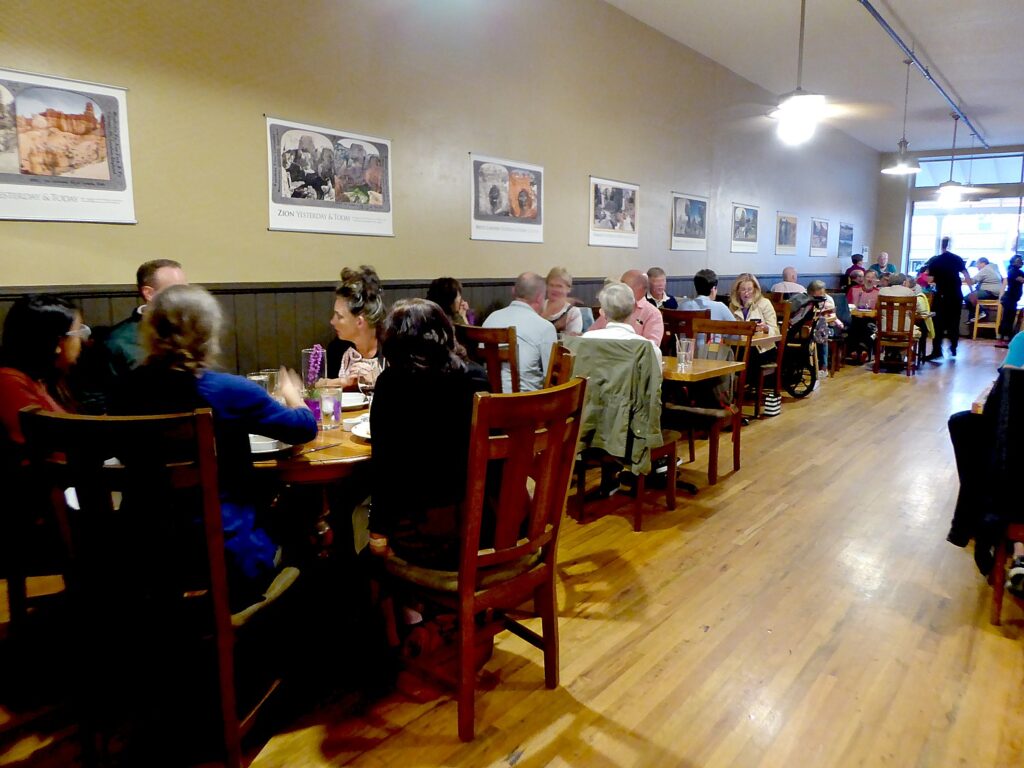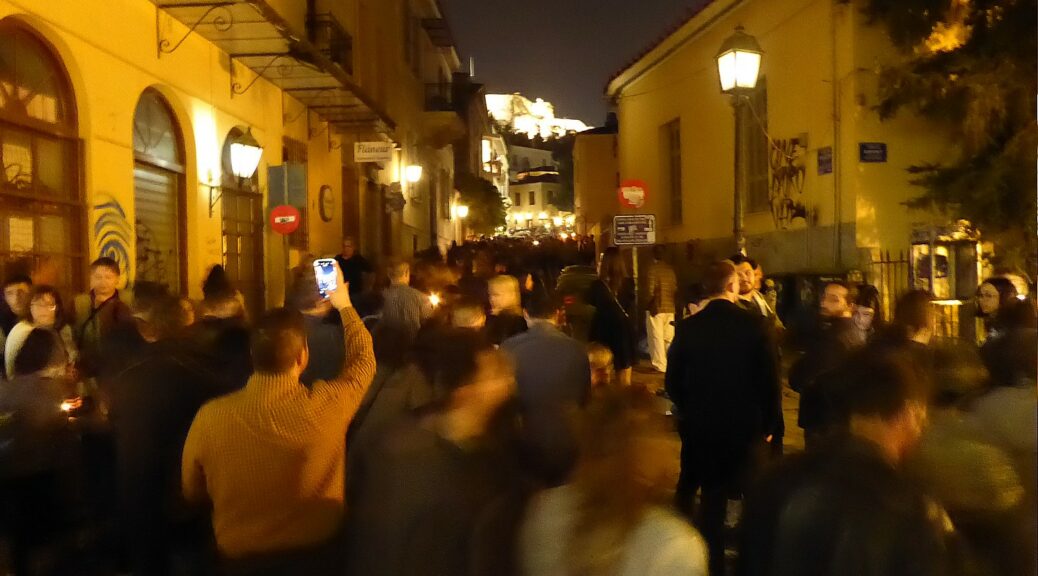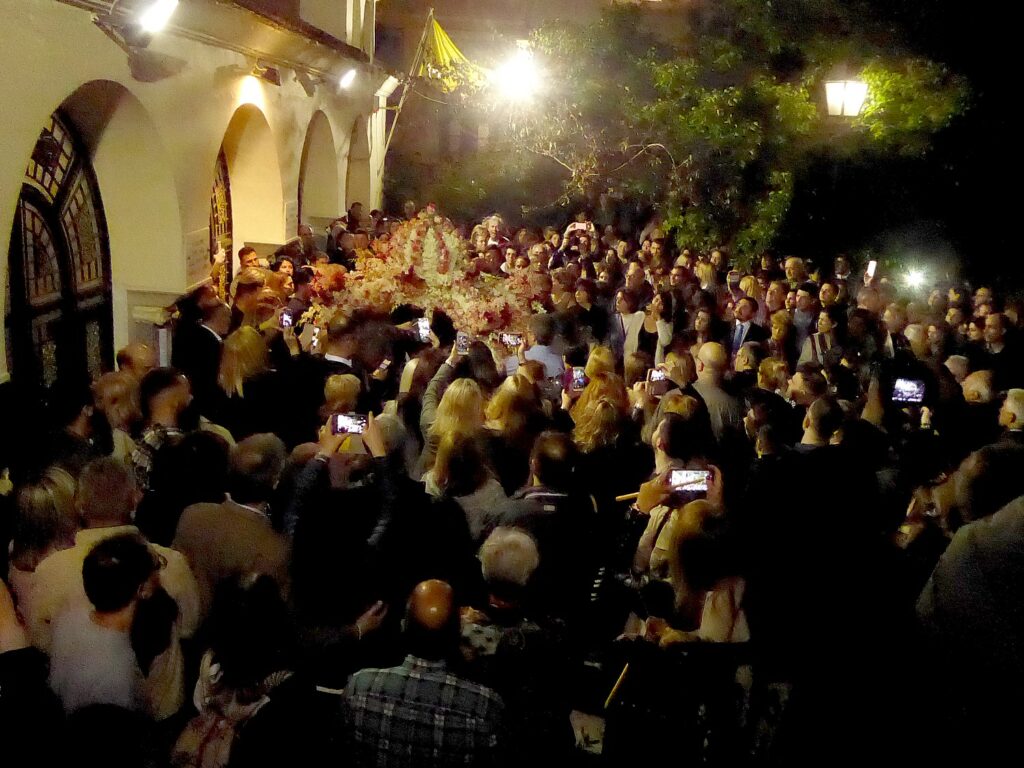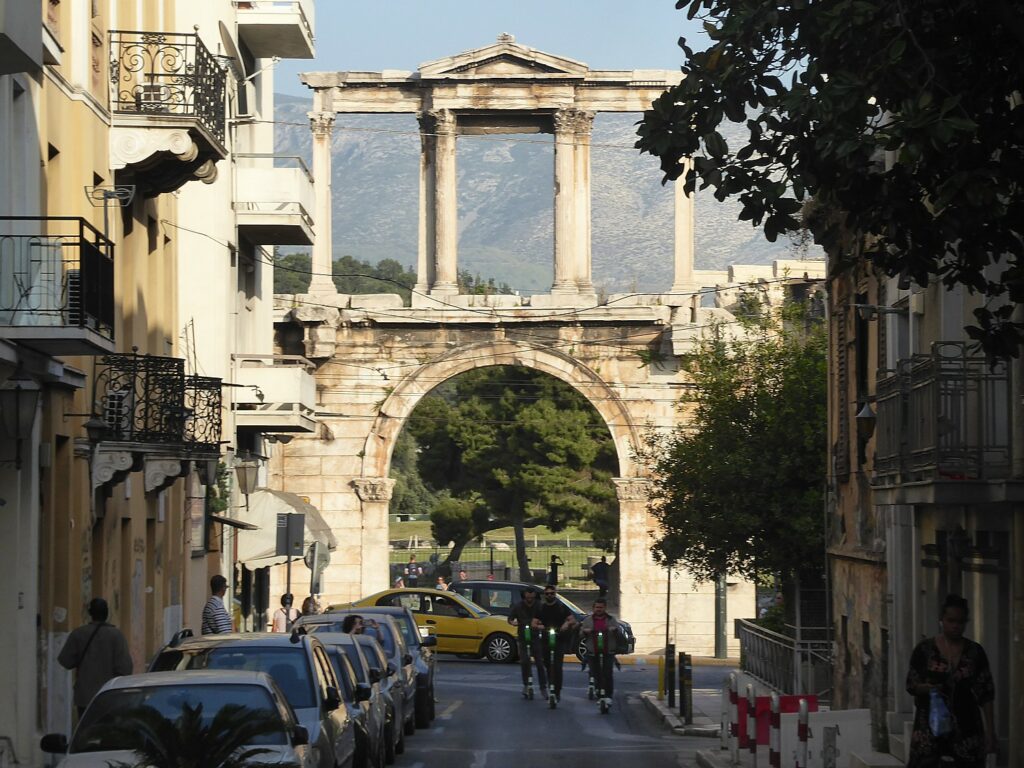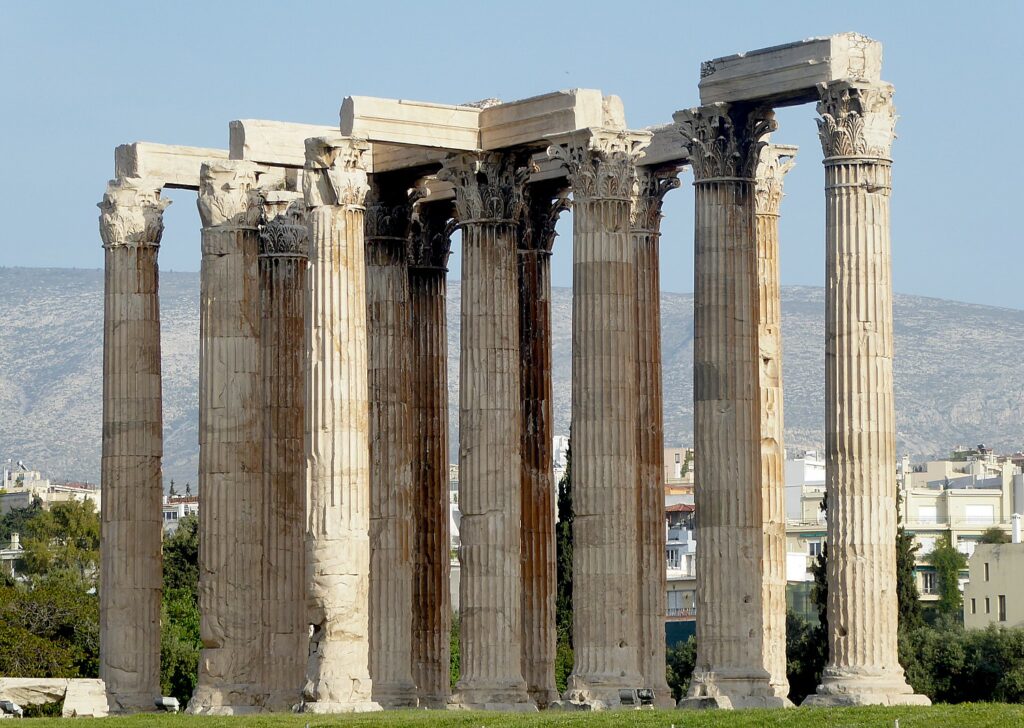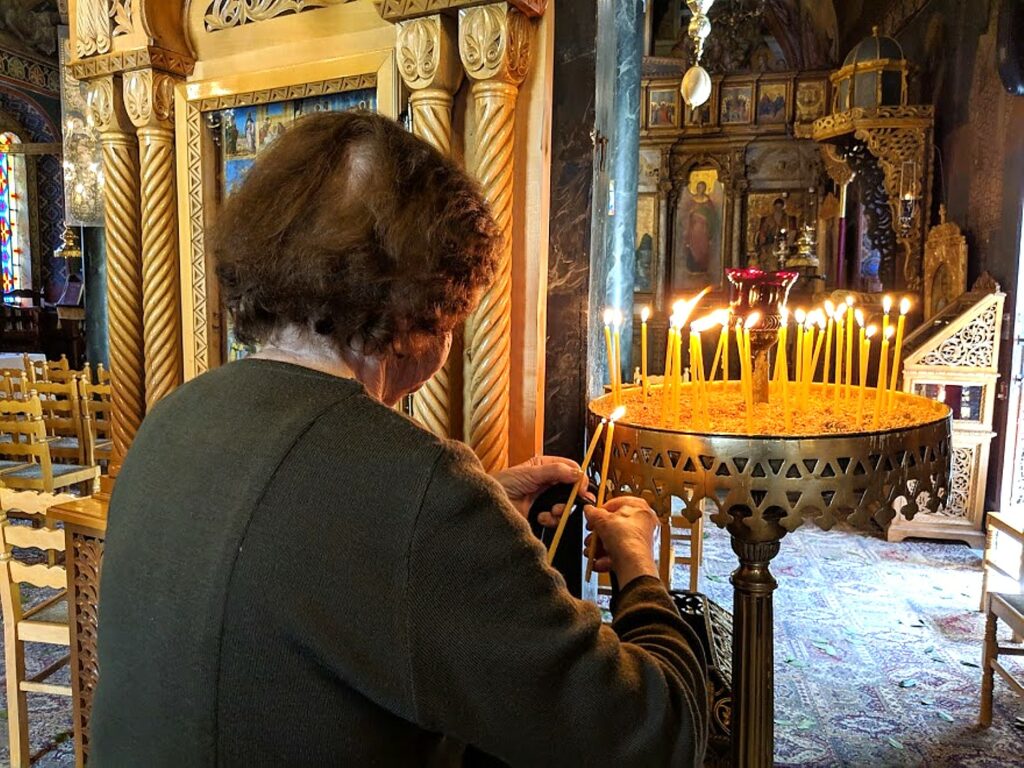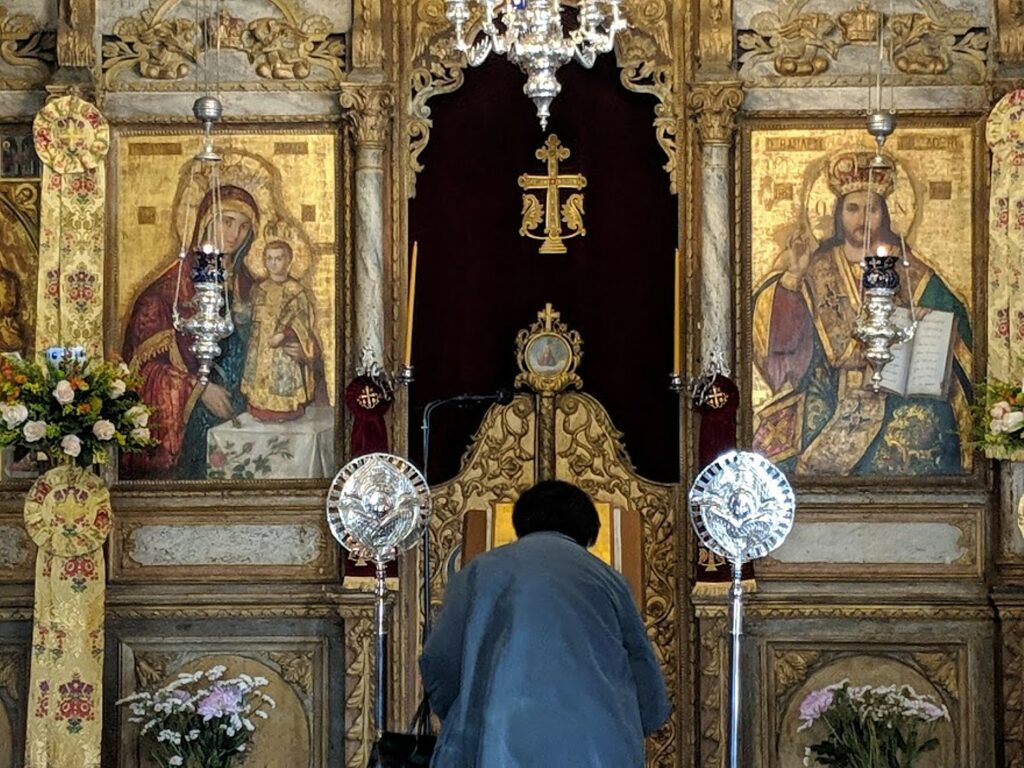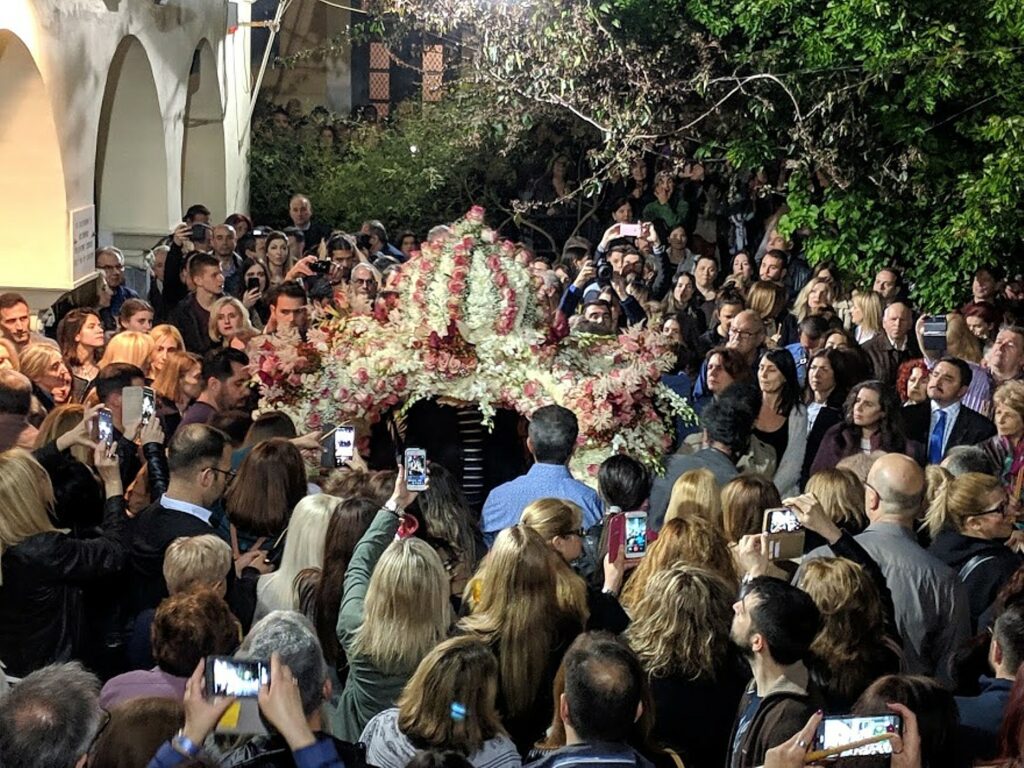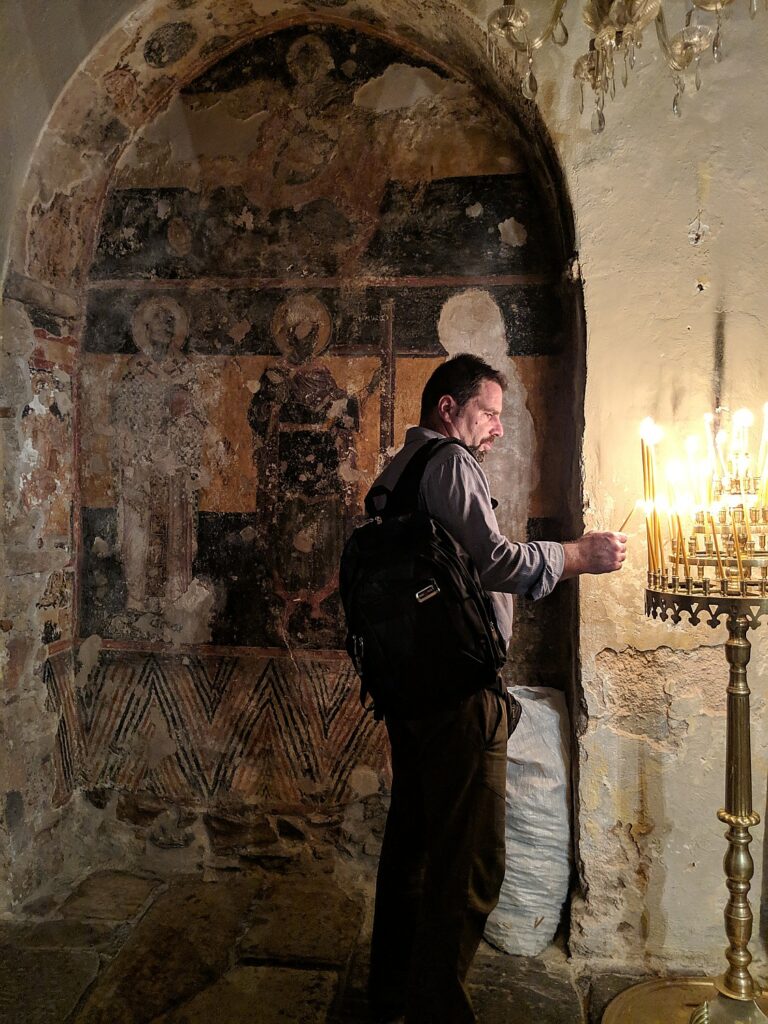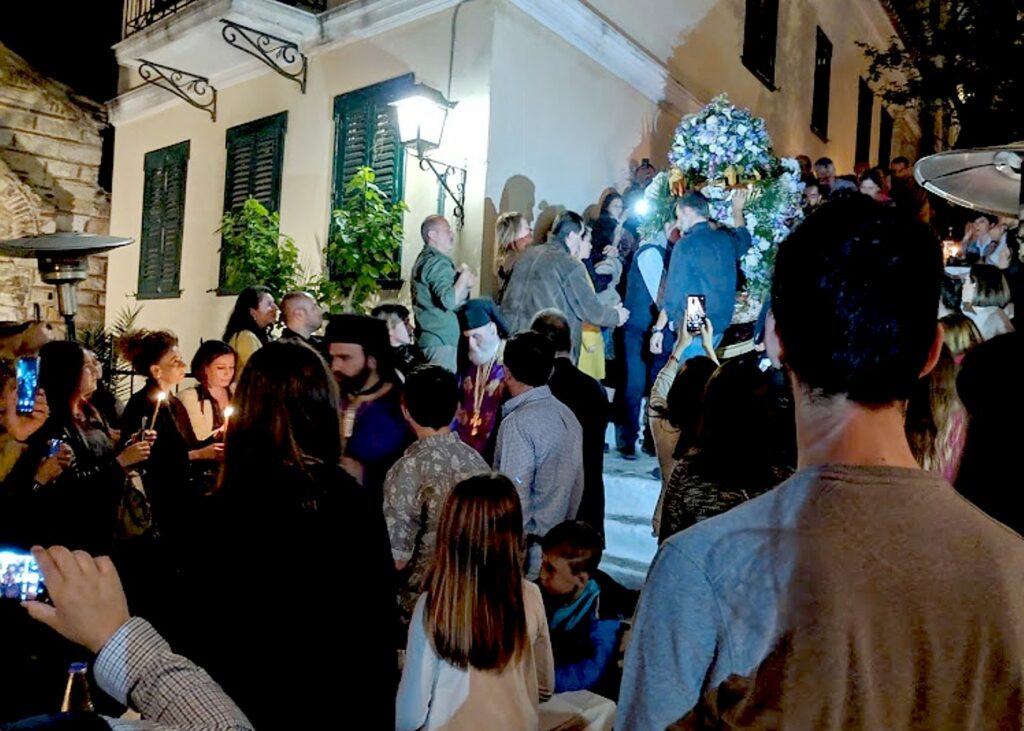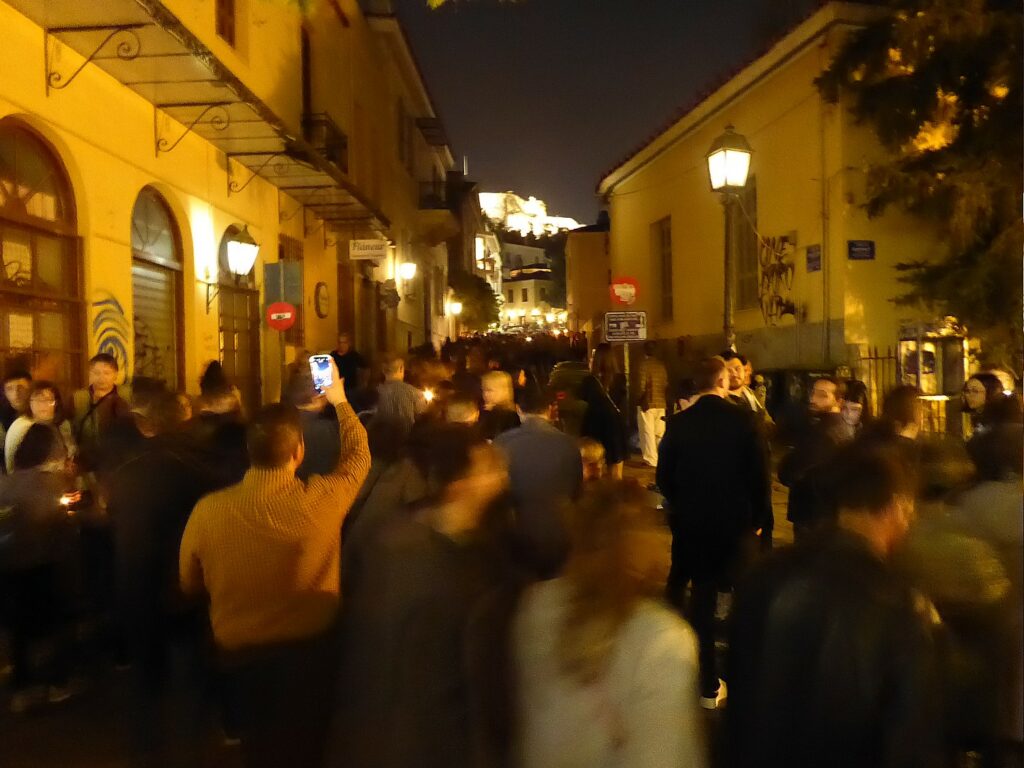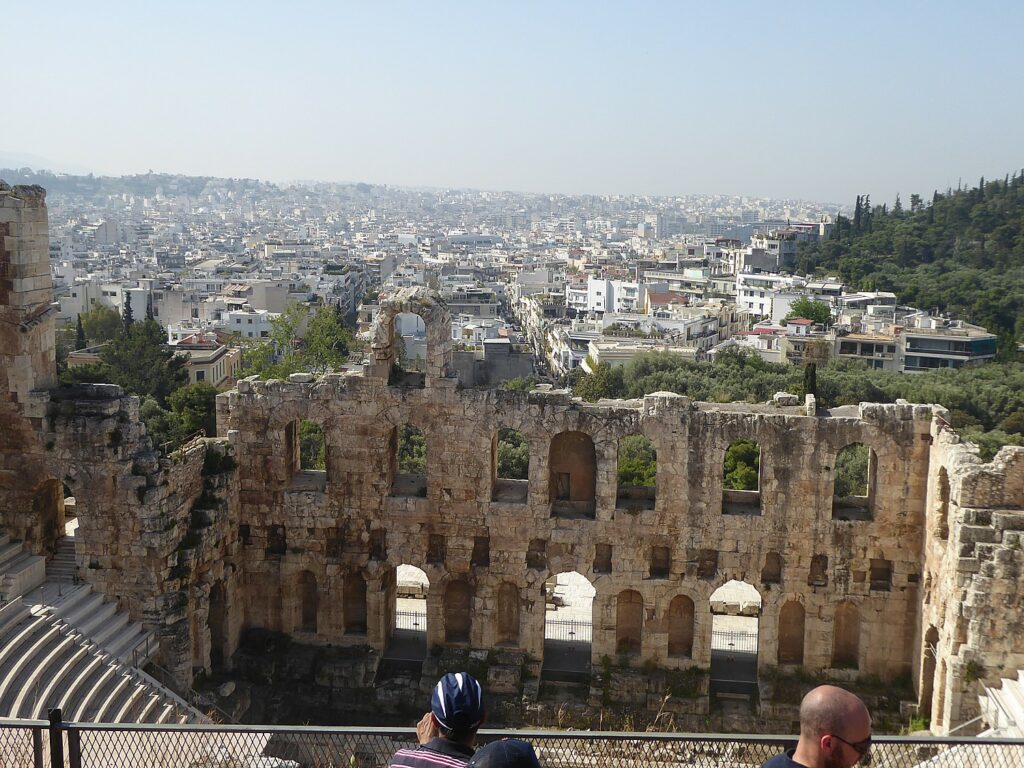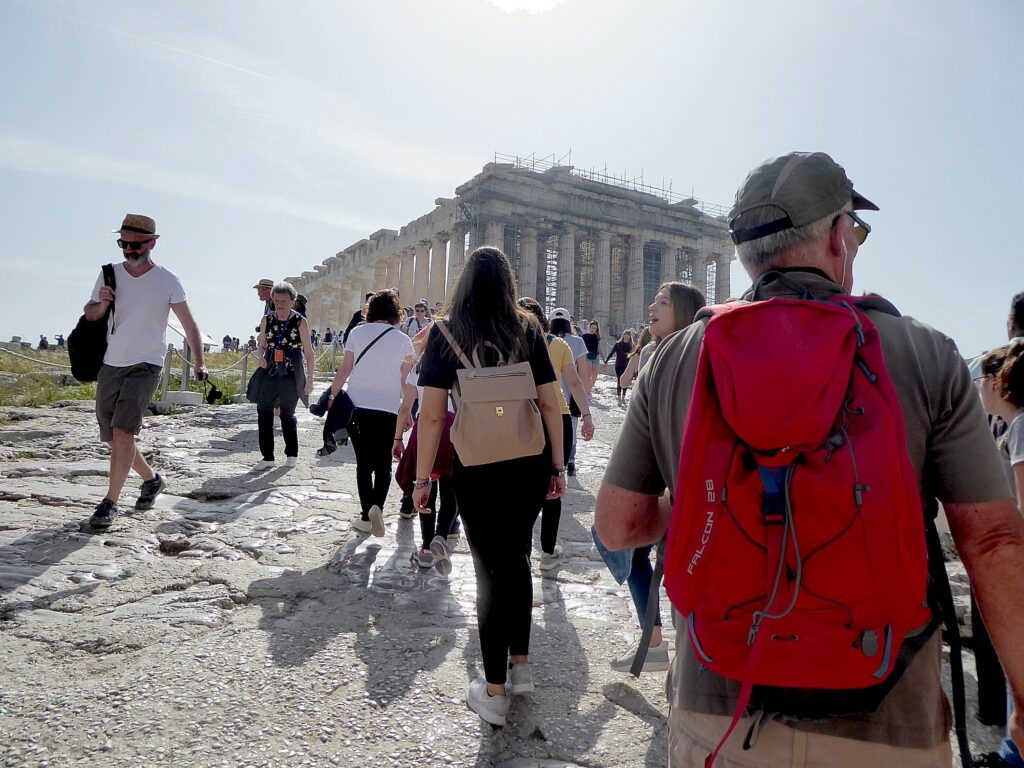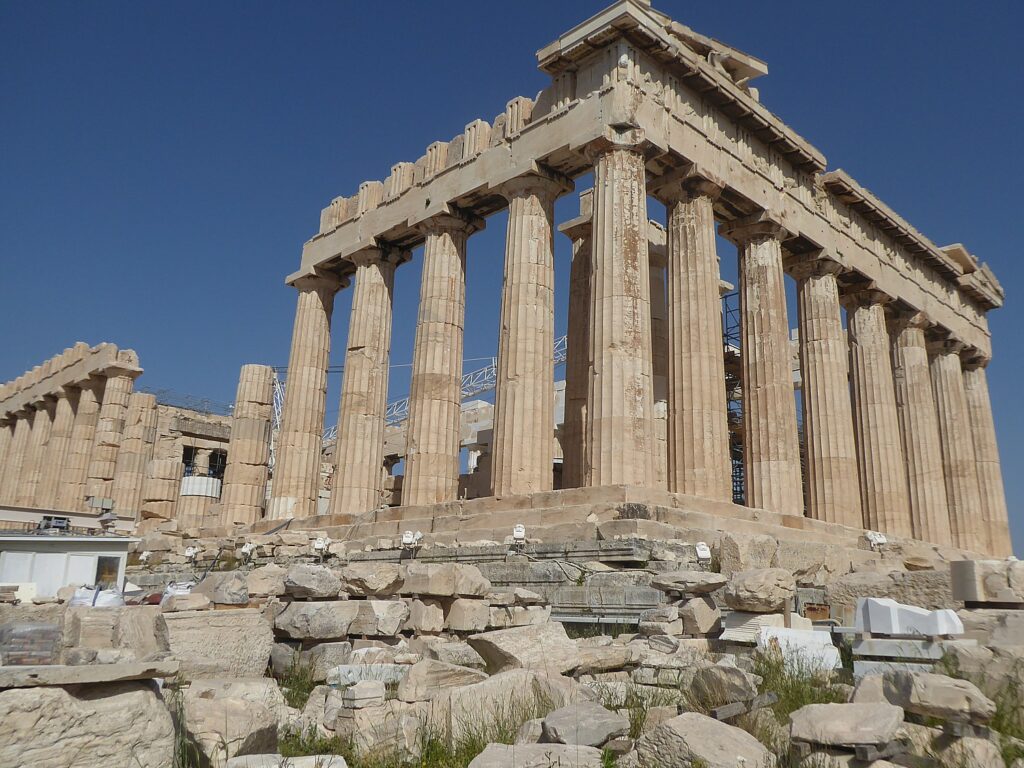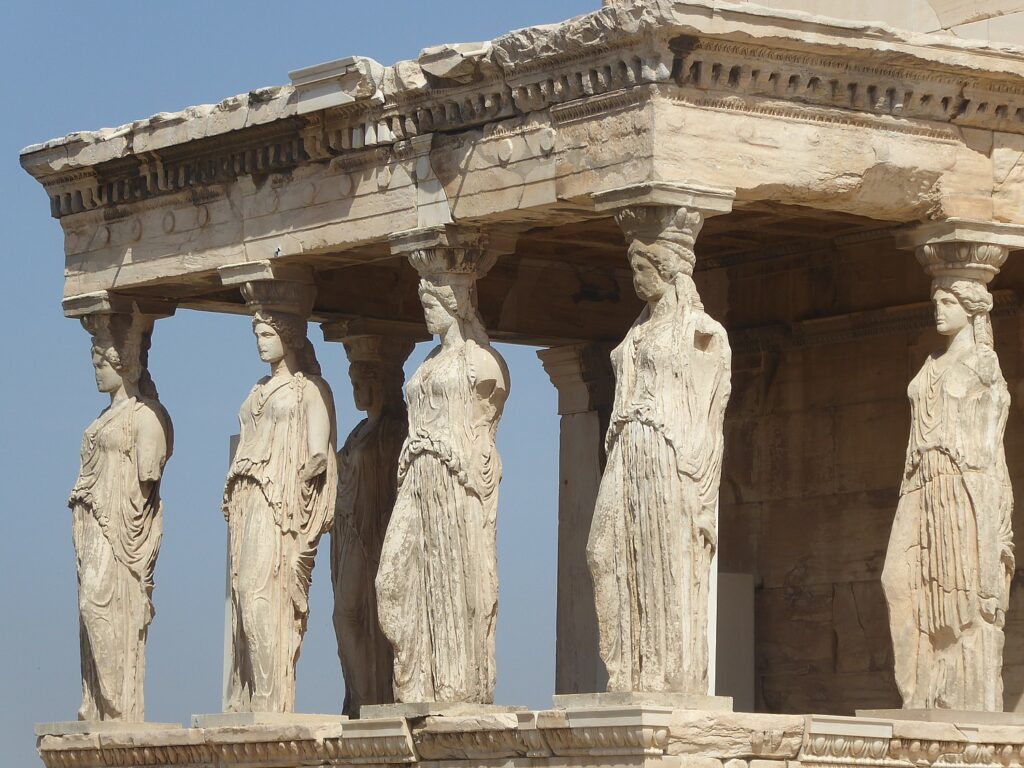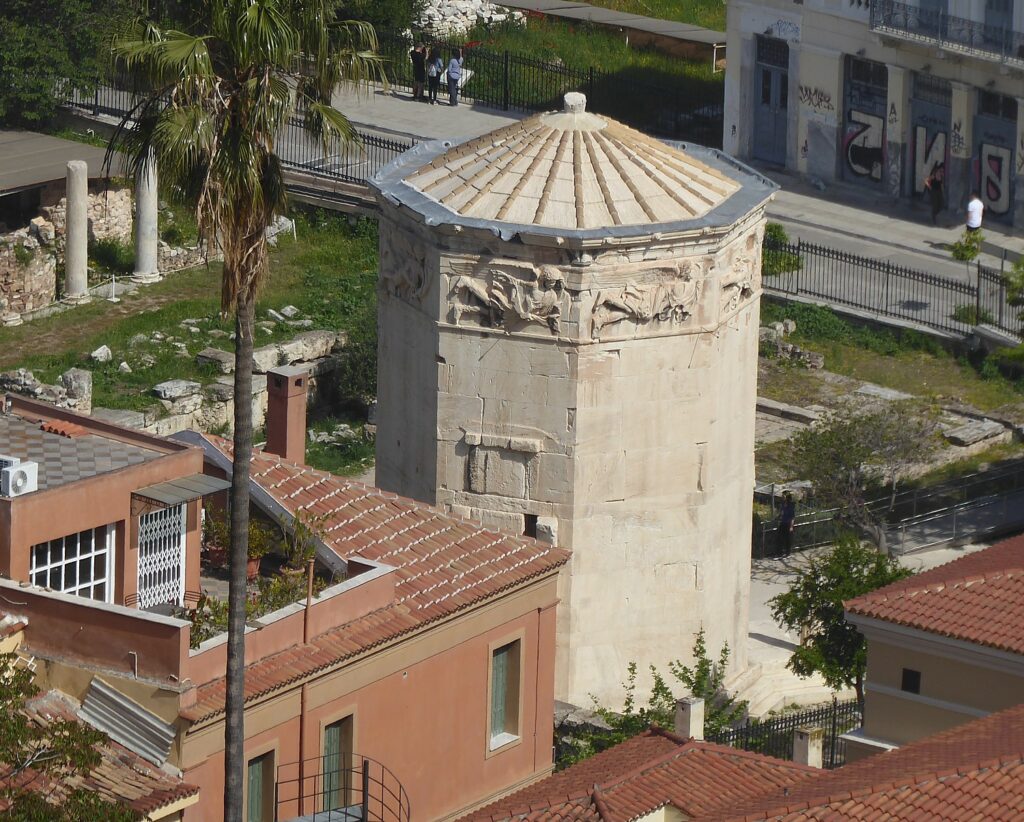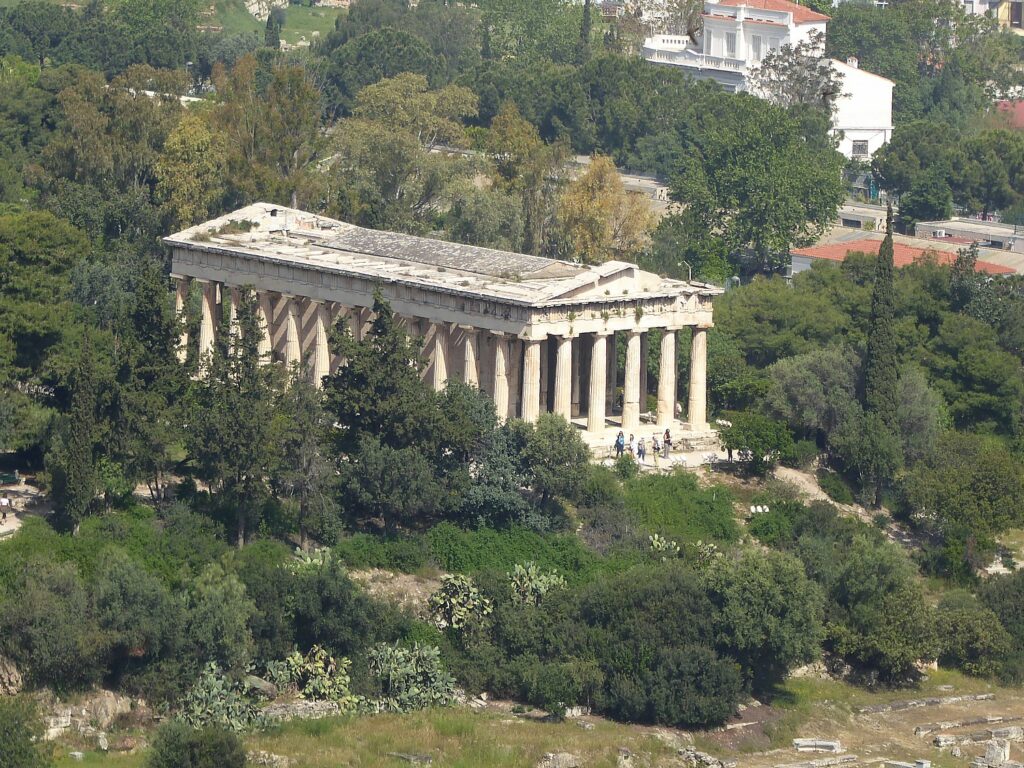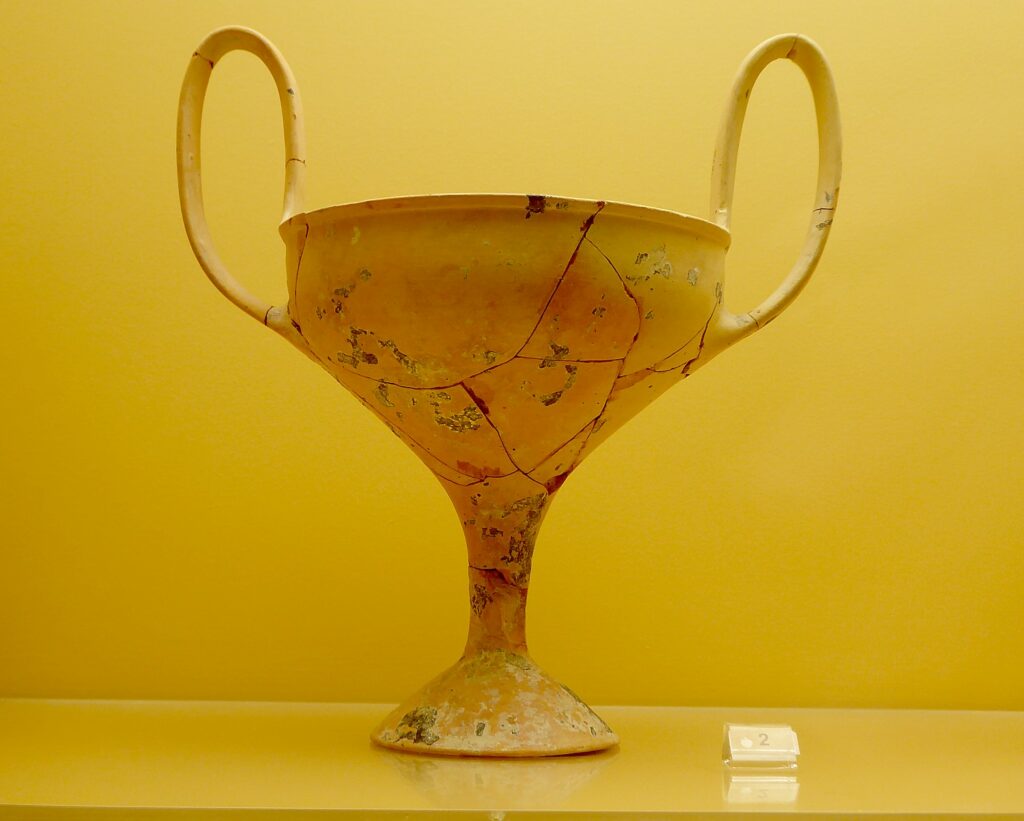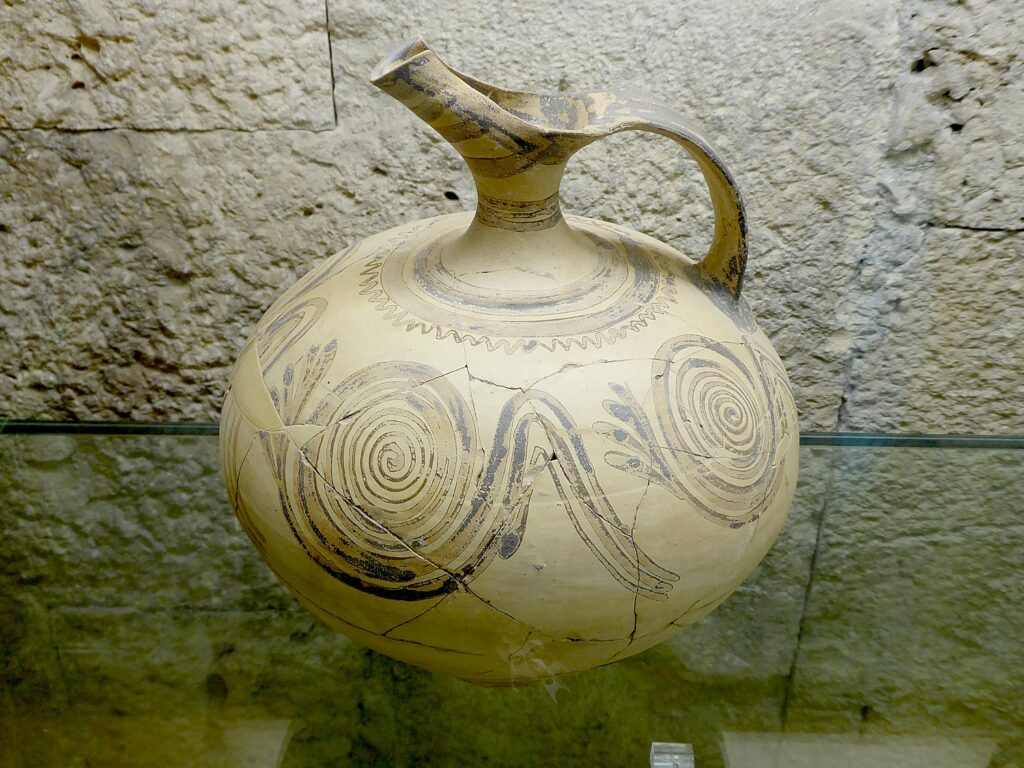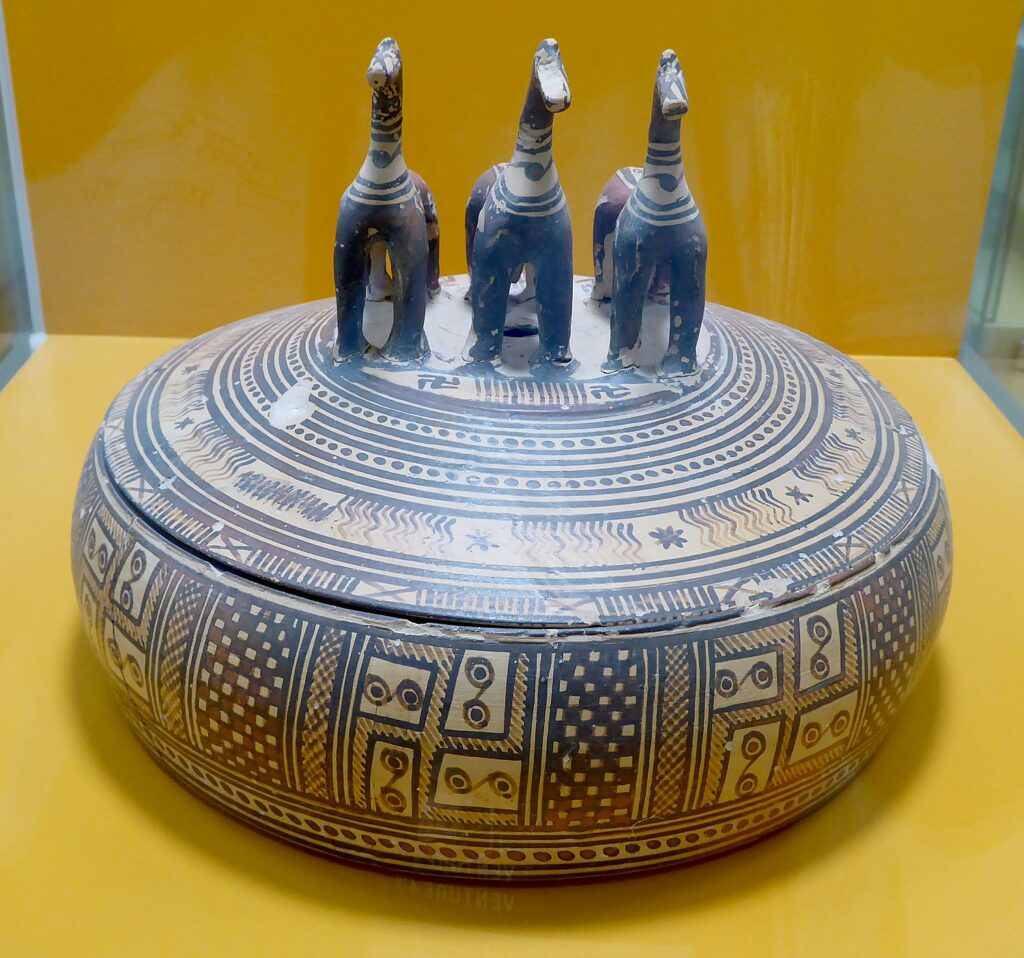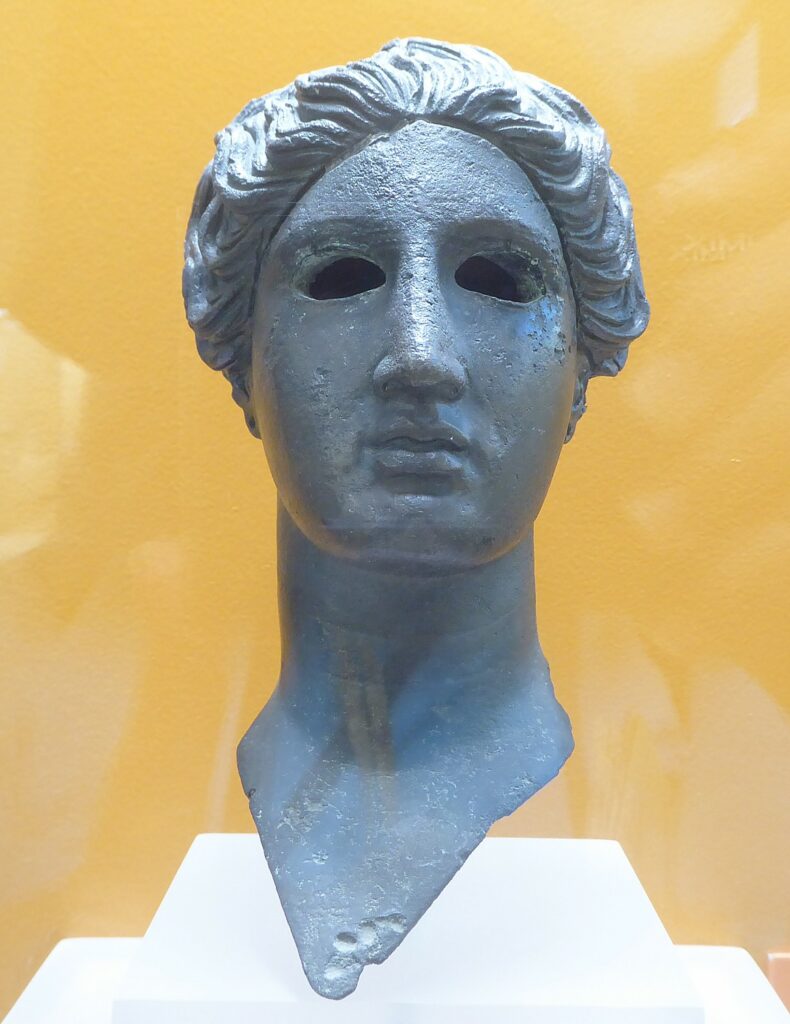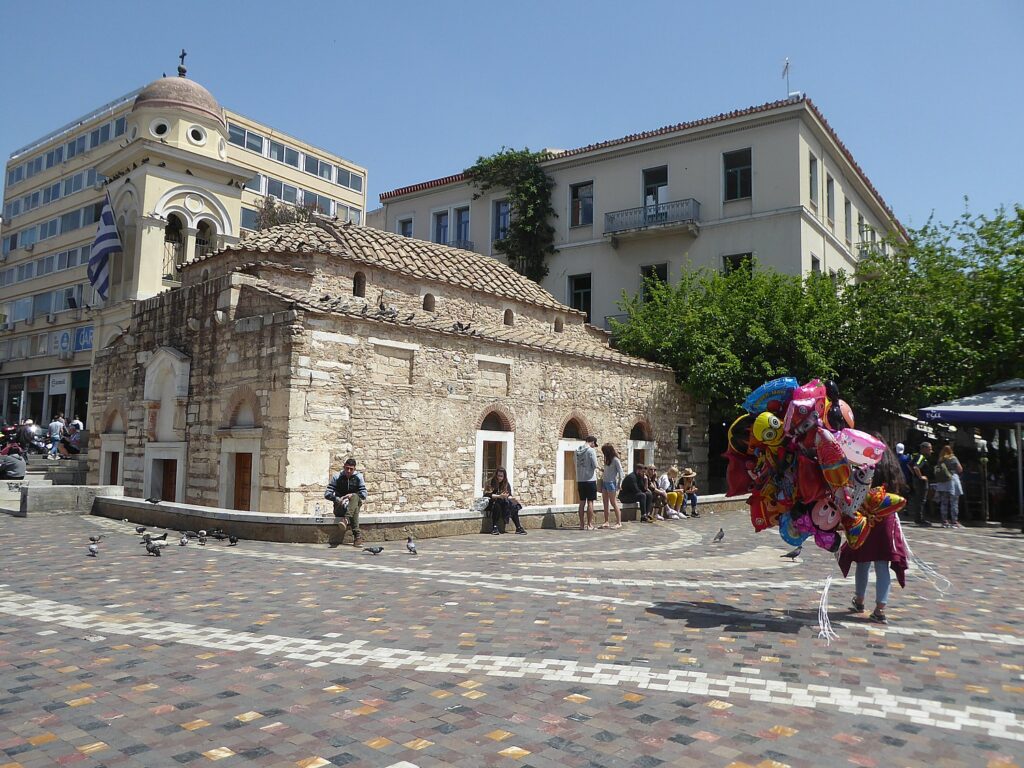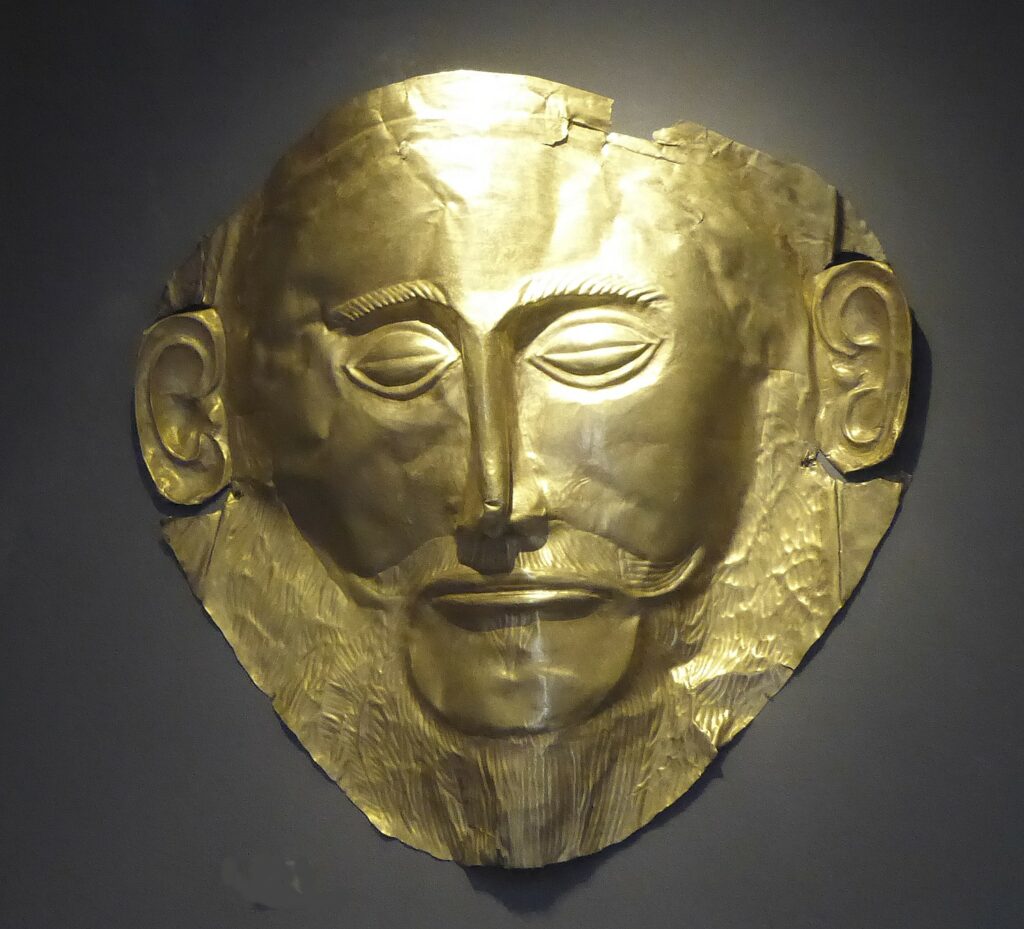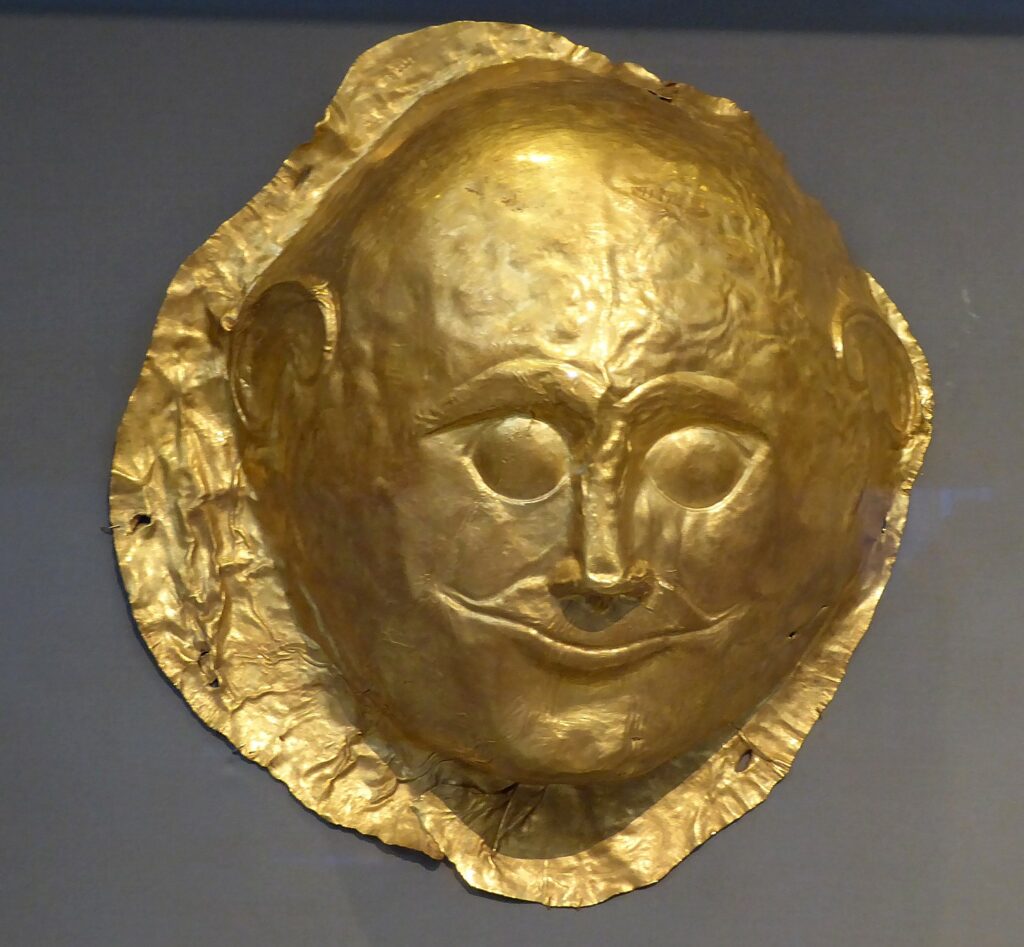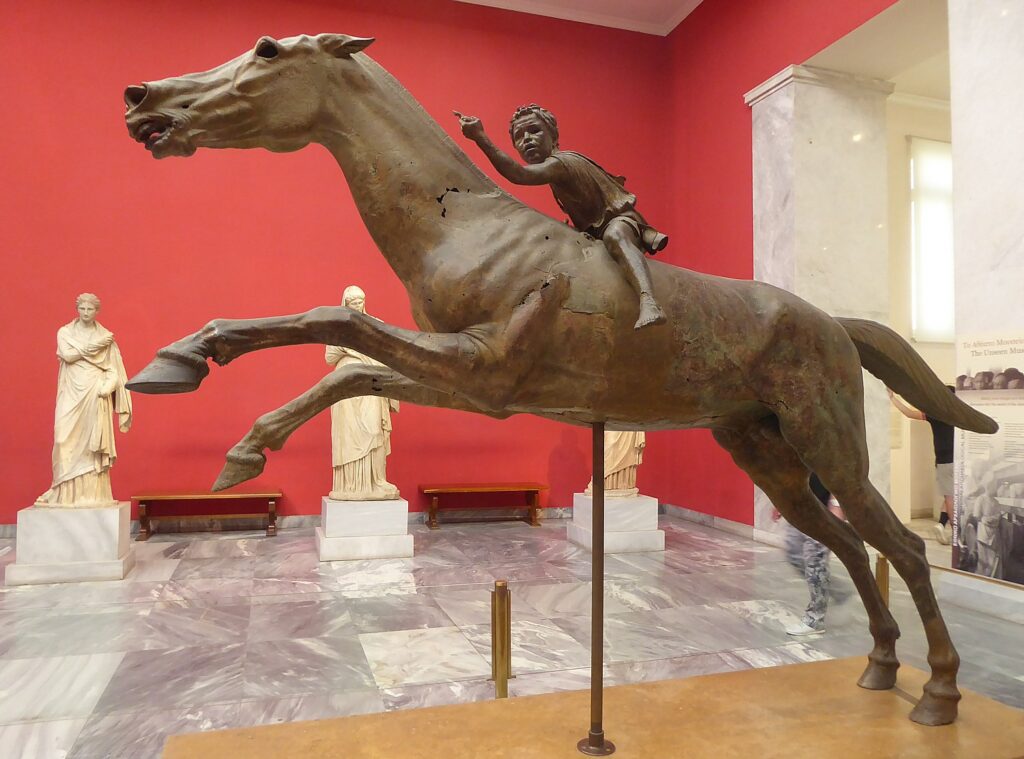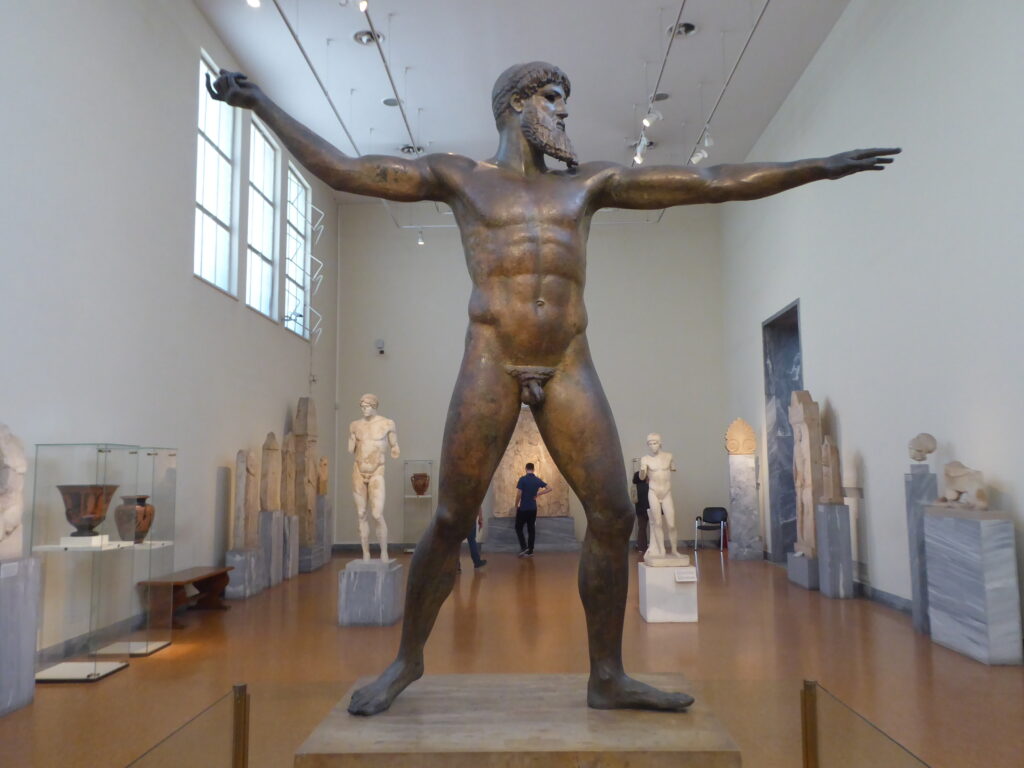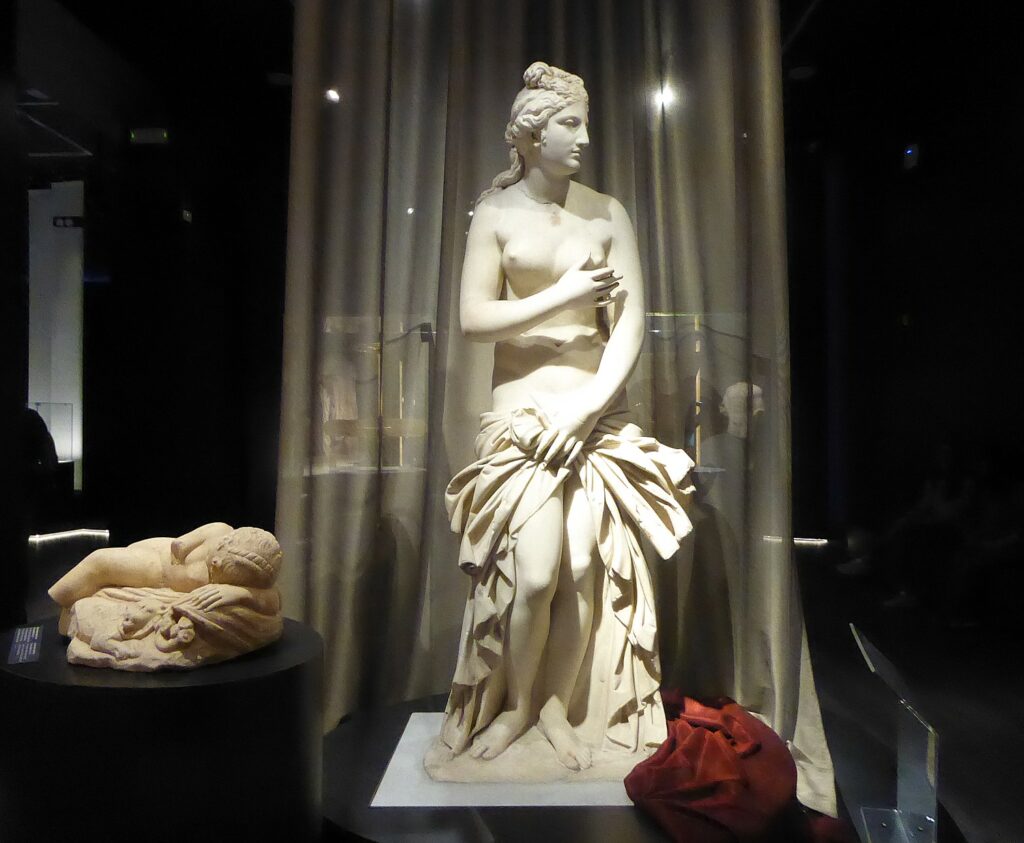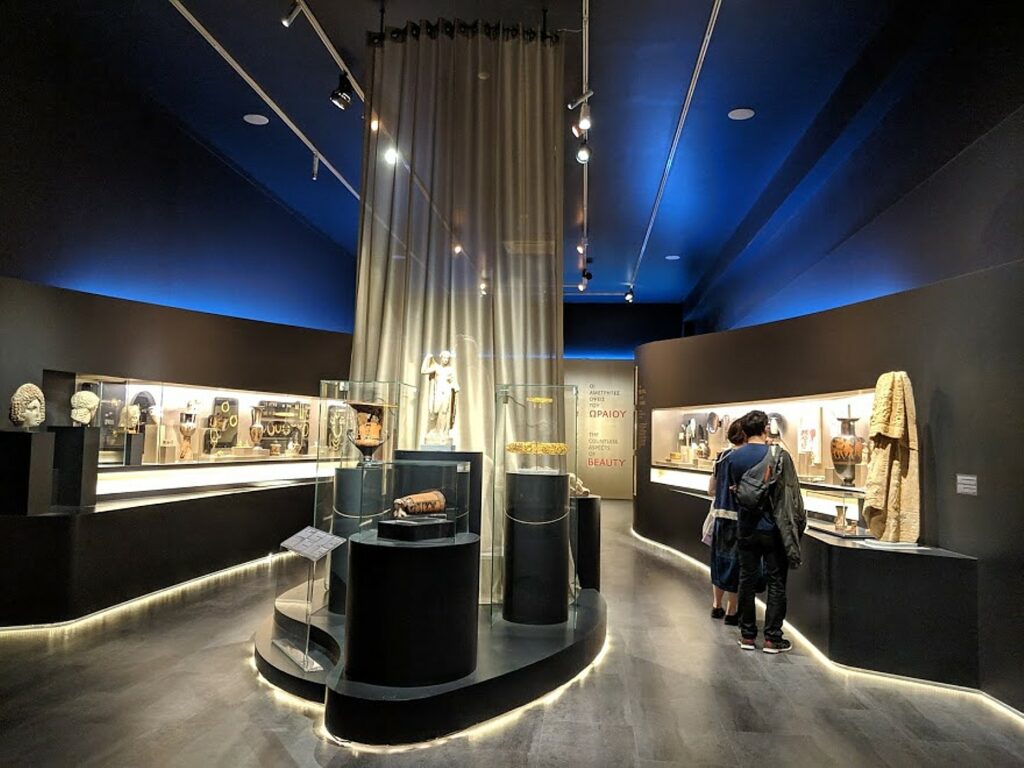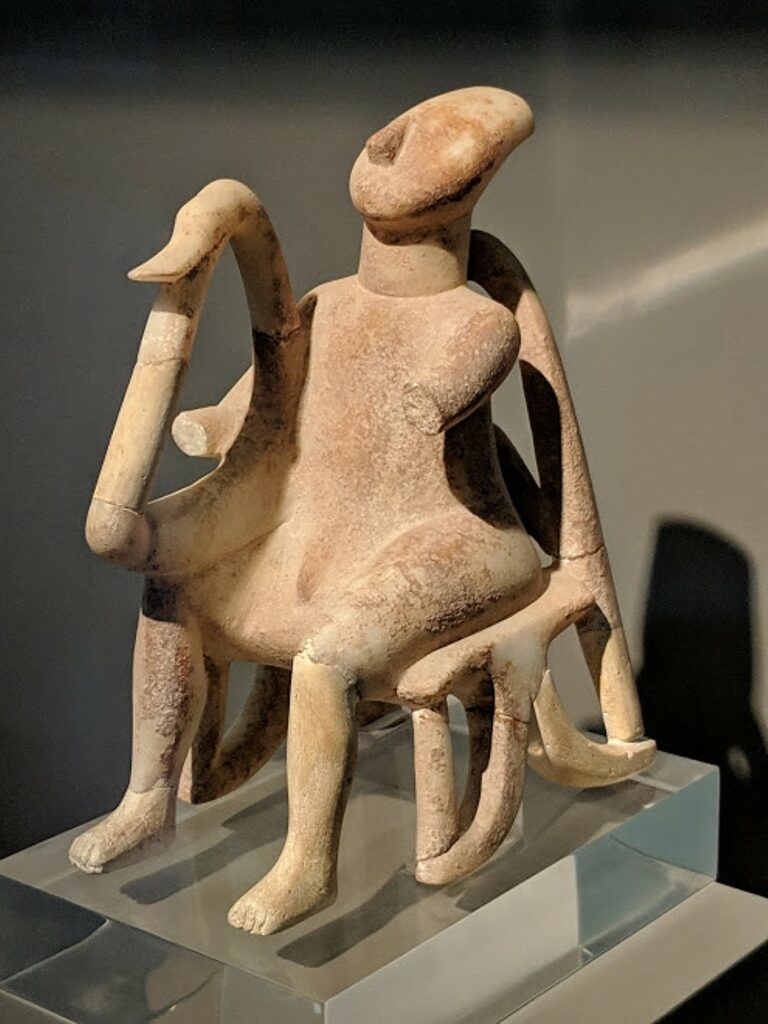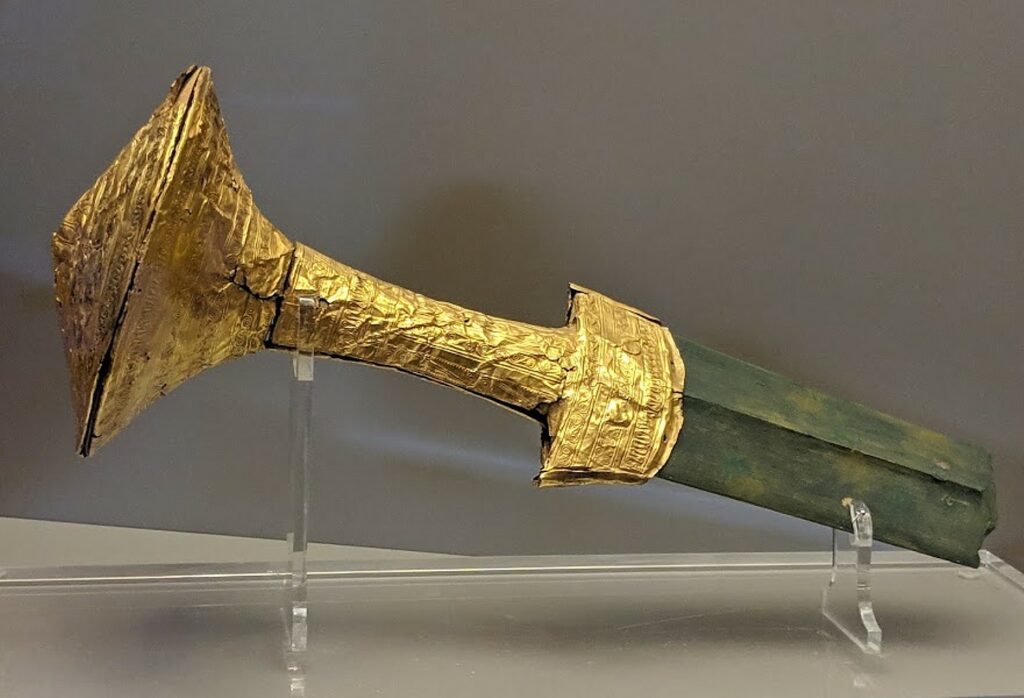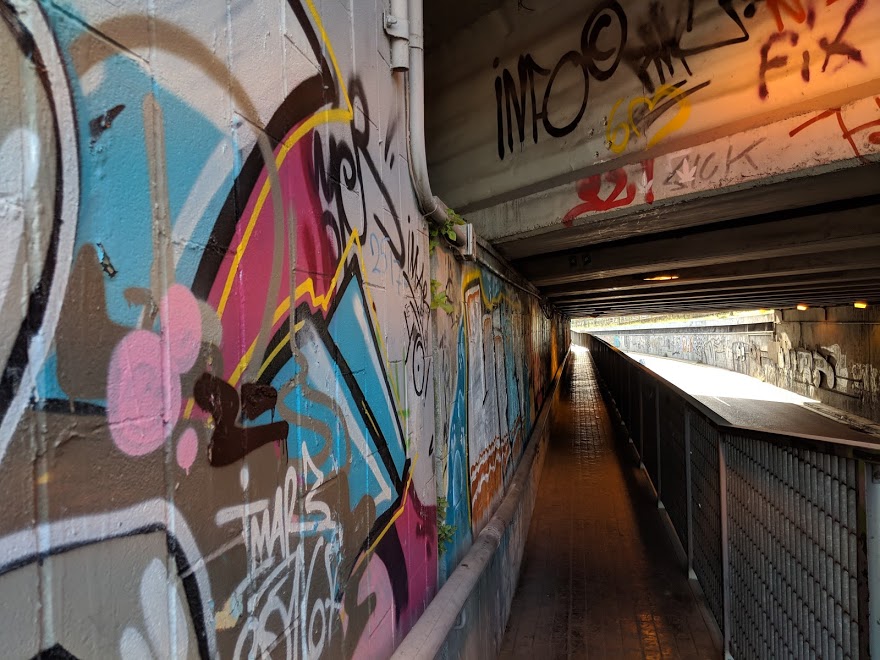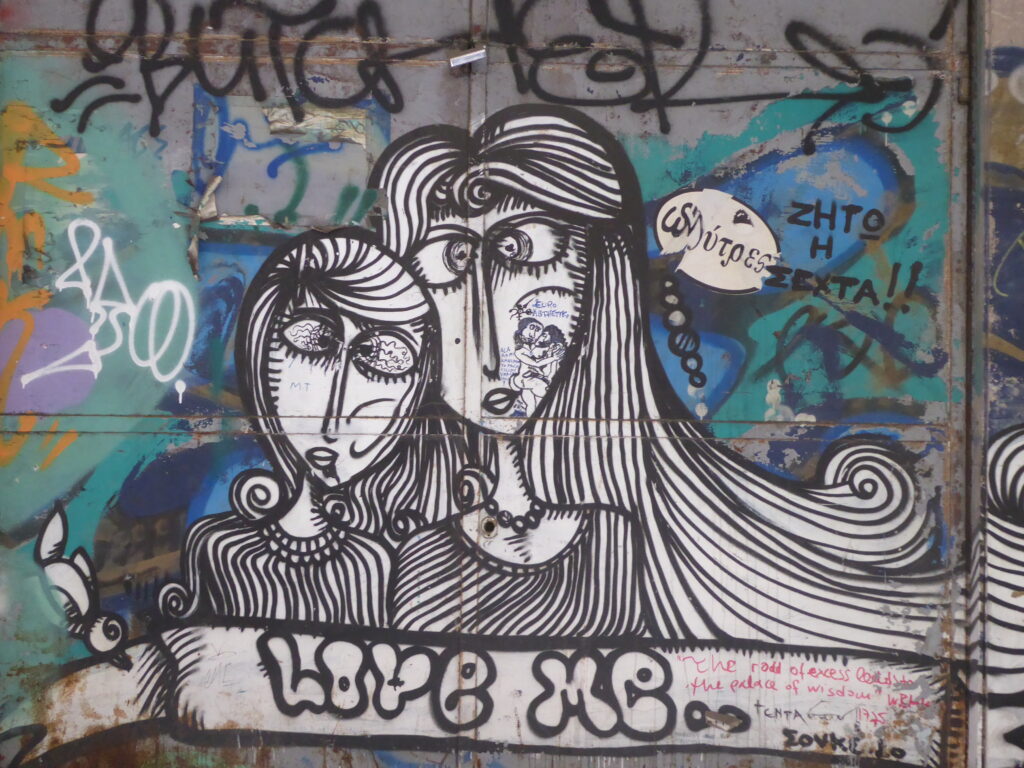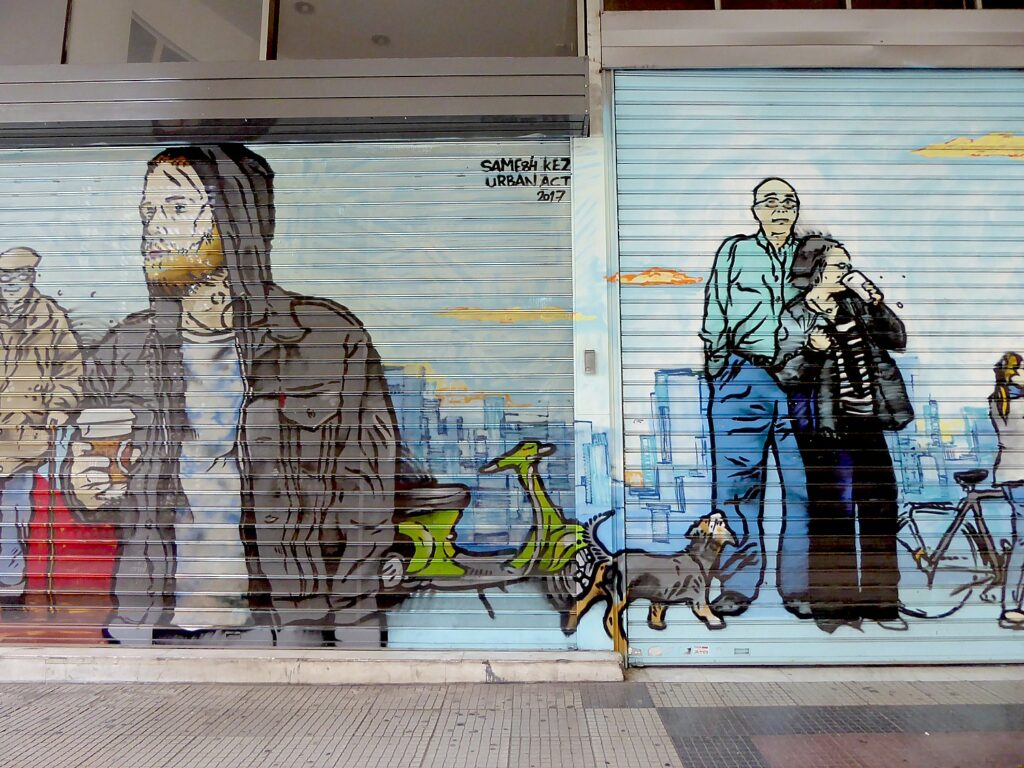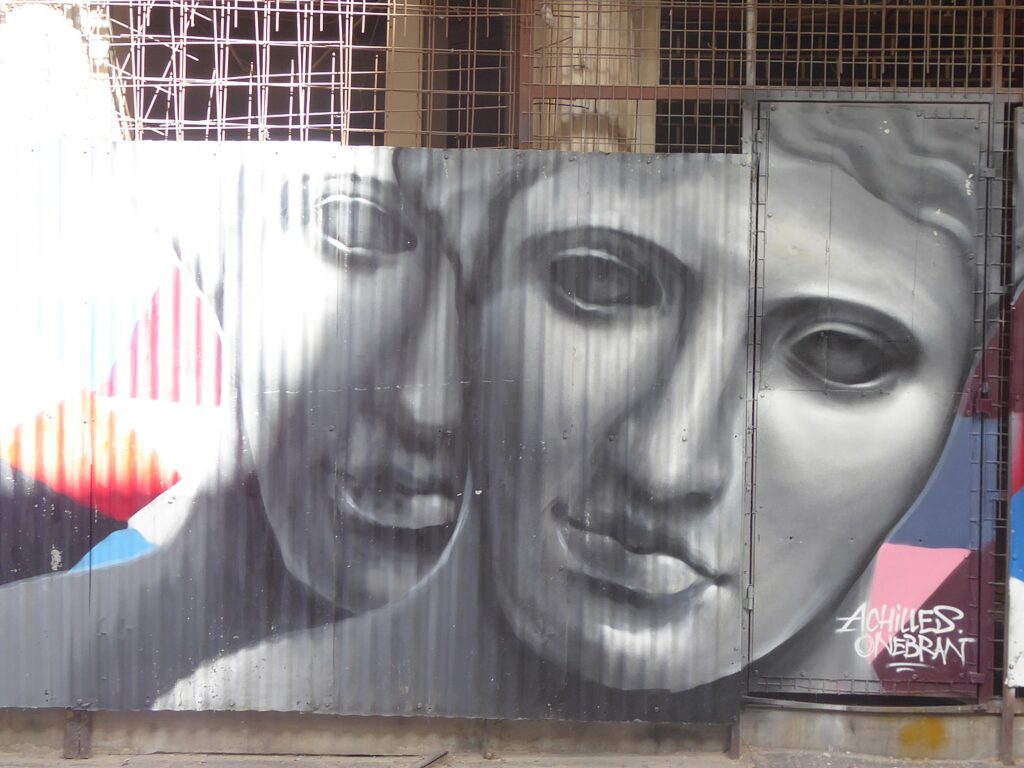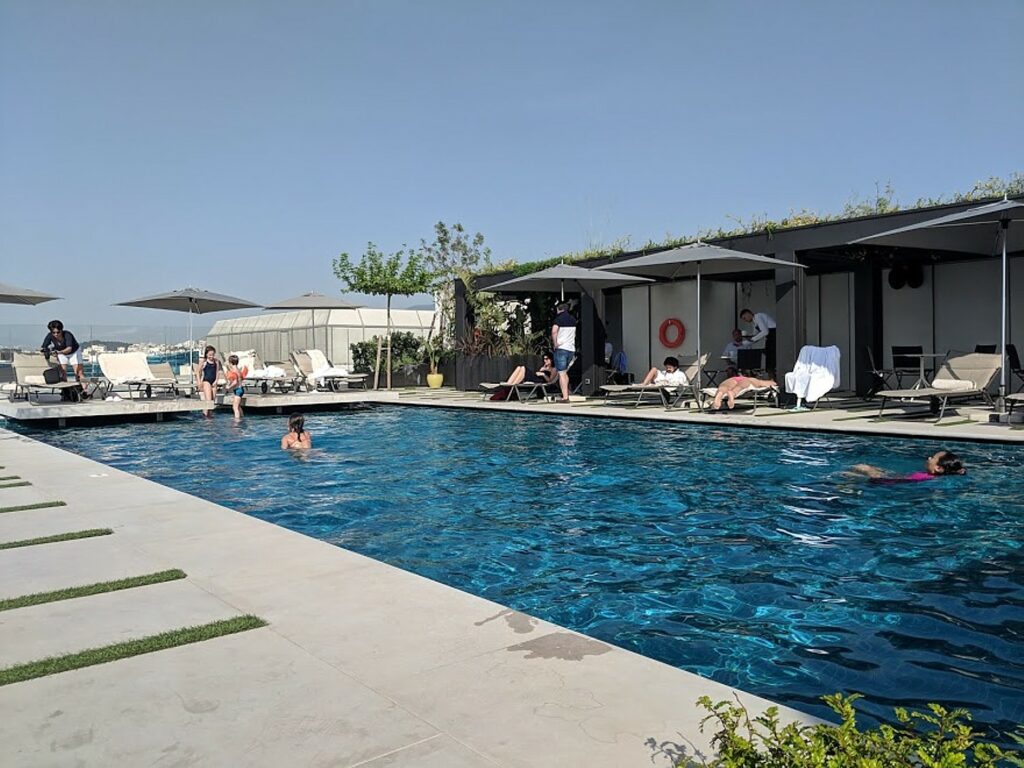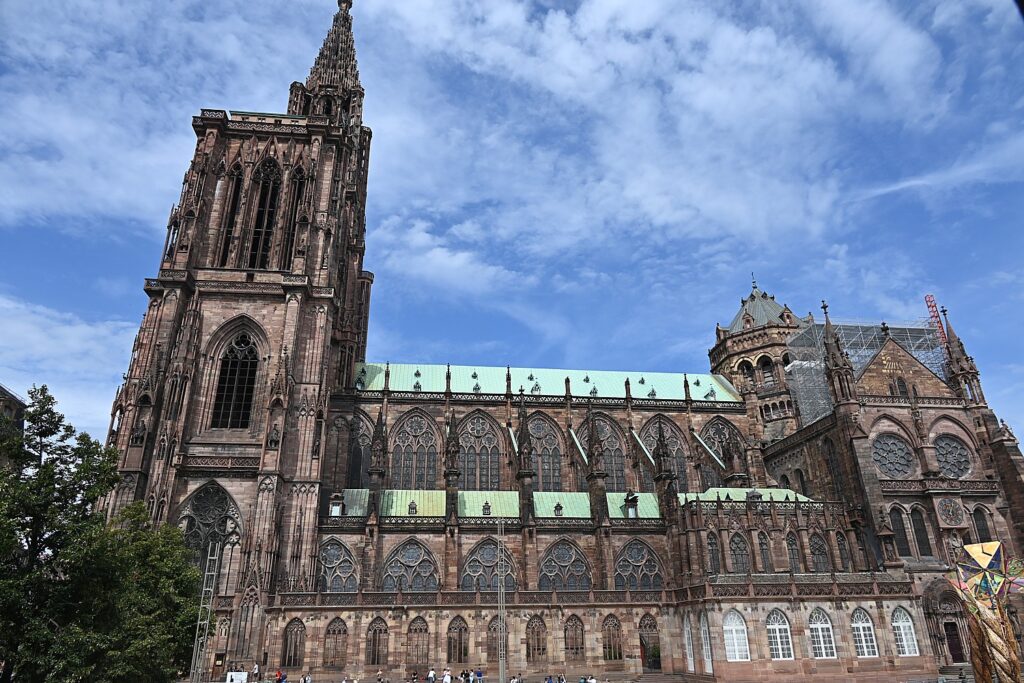
By Karen Rubin, Travel Features Syndicate, goingplacesfarandnear.com
I’ve come to Strasbourg, France, for a European Waterways canal cruise through the Alsace Lorraine on its luxury hotel barge, Panache. It is my practice now when connecting with a cruise or bike tour, to arrive at least a day early, especially when you have the opportunity to overnight in such a charming historic city as Strasbourg. That way I don’t have to worry about flight or weather delays and I can experience the destination in the morning and evening light, in peace and calm without the daytrippers, and have the time to really explore, discover and become immersed in its cultural riches.
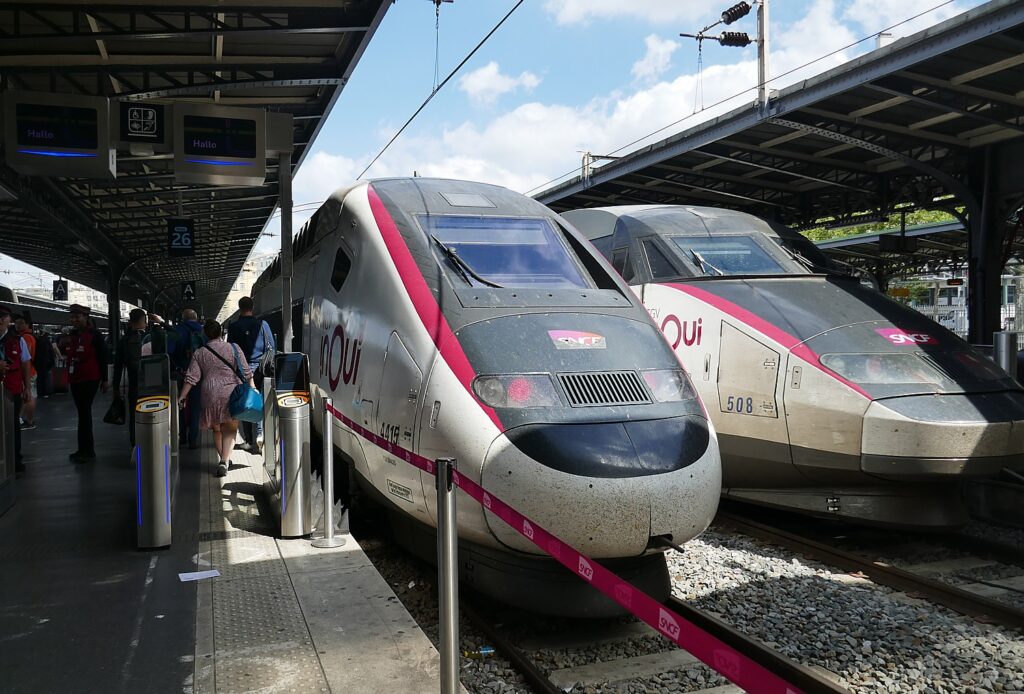
The TGV train ride was absolutely gorgeous. (Less than two hours from Paris, you go from Charles de Gaulle Airport into the Gare de Nord, then take an easy 15 minute walk to Gare L’Est – glad I pre-purchased my train ticket and reserved seat on raileurope.com). It is surprising to see how soon out of the bustling metropolis you are in pastoral countryside. We whisk passed solar arrays, wind turbines, cows in pasture, and see traditional villages at the far end of fields. It’s cinematic.
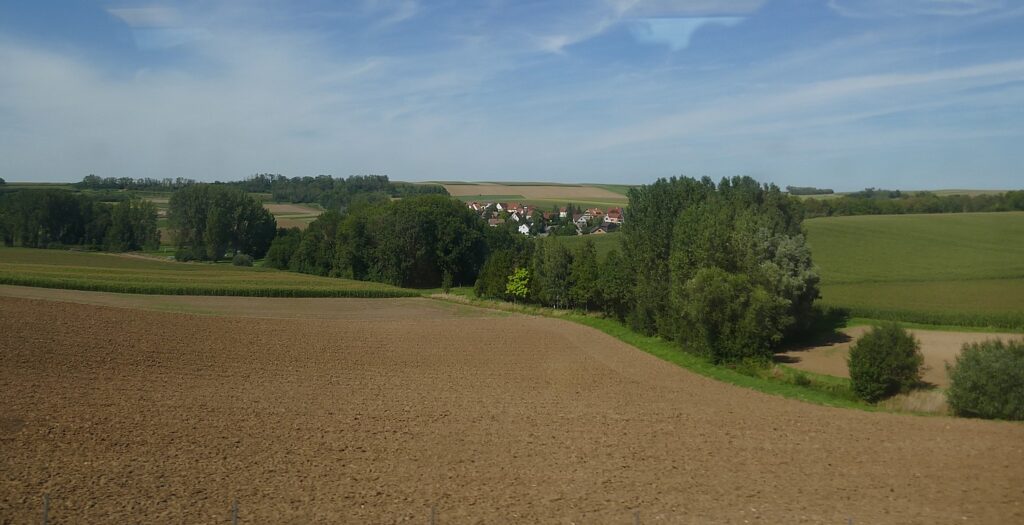
And I still get into Strasbourg in the afternoon with plenty of time to explore.
There is much to experience in Strasbourg and I will actually have part of four days here. We will be picked up in Strasbourg on the first afternoon and taken to Krafft to board the barge hotel, Panache, and actually cruise back into Strasbourg on its first full day when we will have a walking tour and overnight on the canal. I will have much of a full day again at the end of the cruise, when we are delivered back to Strasbourg from Niderviller, before I take the train to Paris. I do a calculation and decide on my only full day in Strasbourg, after exploring the old city in the early morning, to hop on the train for a 45-minute ride to see Colmar, and still get to enjoy Strasbourg’s beauty at night.
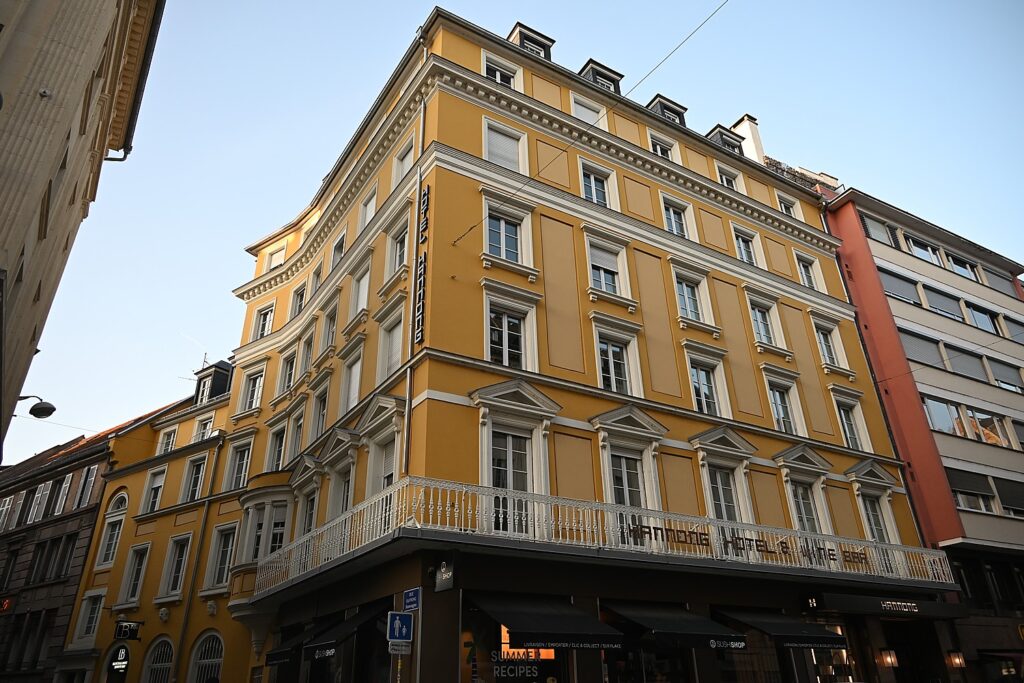
I must say I am clever about seeing Strasbourg, beginning with choosing a charming boutique hotel, the Hannong, which I find on hotels.com, right in the historic district and walking distance from the train station, so walking distance to everything I want to see, even walking back late at night. I am able to book a room ideal for a single person (it’s as big as a walk-in closet but has everything I need) for a very attractive rate. The pleasant stay, hospitable staff, and location add immeasurably to the way I experience Strasbourg and make the best of my time. (Hotel Hannong, 15, Rue du 22 Novembre,67000 Strasbourg, +33 03 88 32 16 22, hotel-hannong.com).
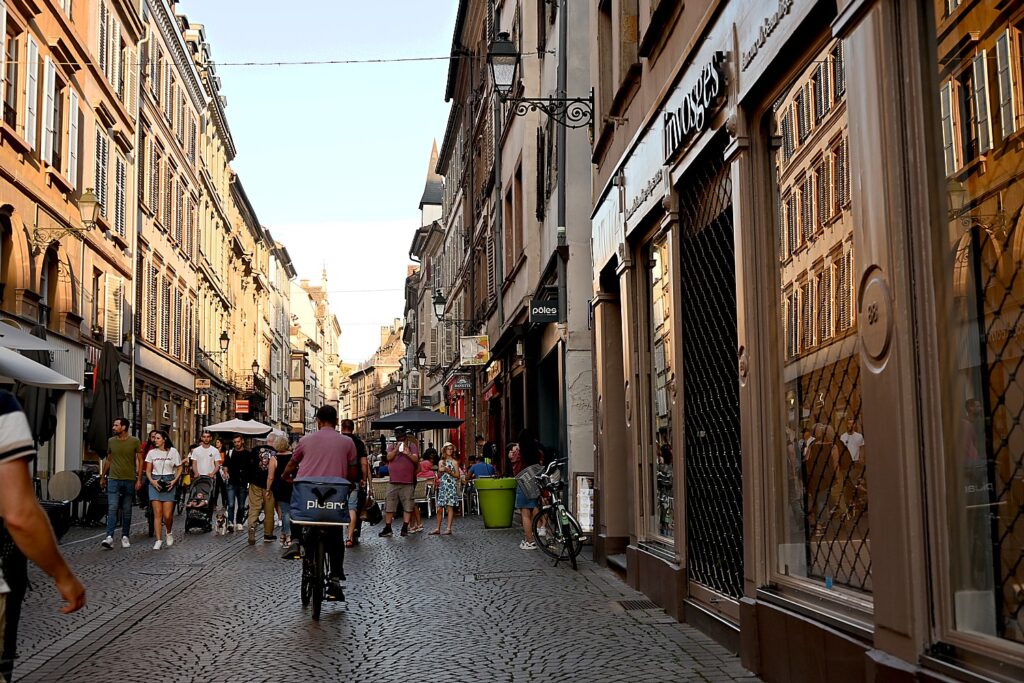
So when I arrive, I find my way to the Hotel Hannong (I’m disoriented and finally find someone to point me in the right direction (I’ve already downloaded directions but I don’t have internet), I drop my bag and go off to immerse myself in the old city’s charm.
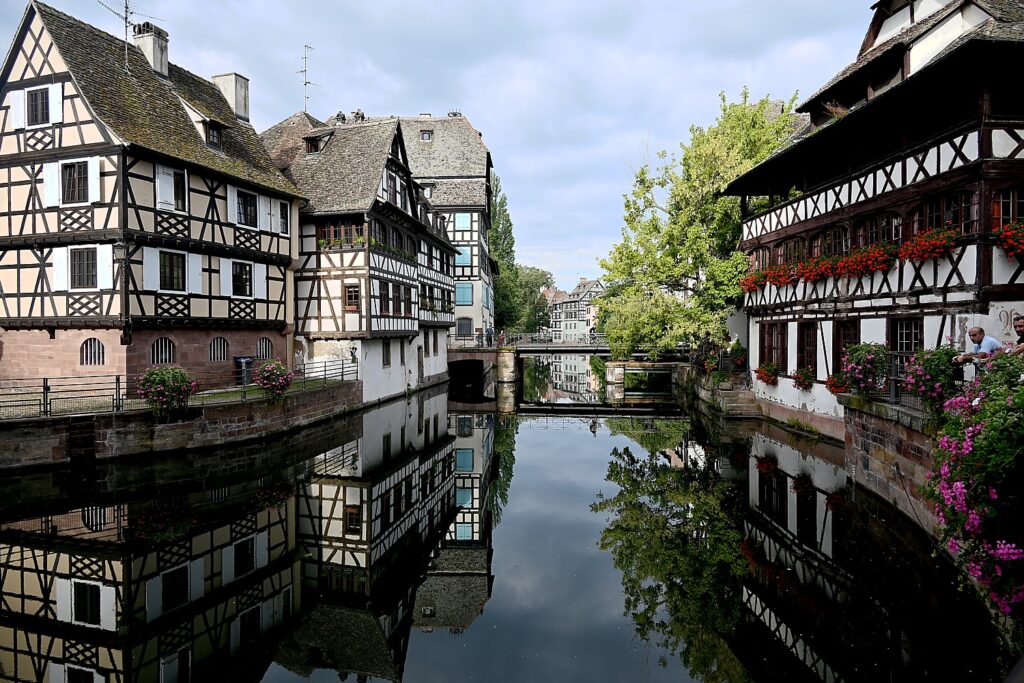
It’s just a couple of blocks to where Le Petit France begins, and I wander the narrow cobblestone streets, over bridges over the River Ill, where every turn reveals a picturesque scene of quaint quays and colorfully timbered structures from the Middle Ages, reflected in the blue water. The River Ill, which divides into five arms, is what spurred the construction of mills and the installation of tanneries centuries ago.
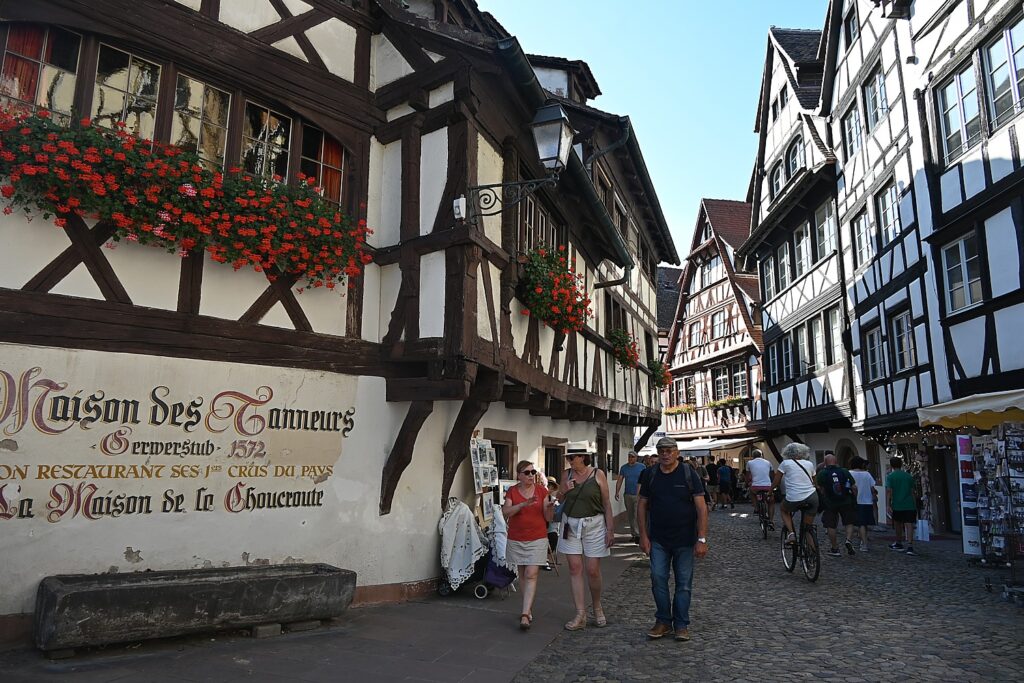
So charming and tranquil today, even with the crowds of tourists in midday, Le Petit France, a UNESCO World Heritage Site, in its day would have been the stinkiest, filthiest, poorest part of town, inhabited by tanners, fishermen, and animals, but as you get closer and closer to fabulous Cathedral, the residences become nicer and fancier and is where the wealthiest merchants and officials would have lived.
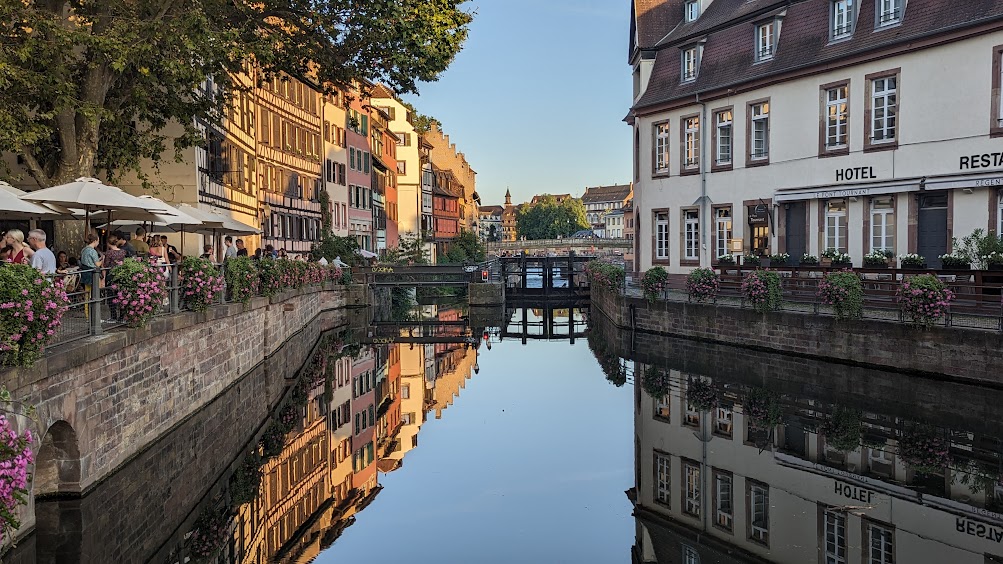
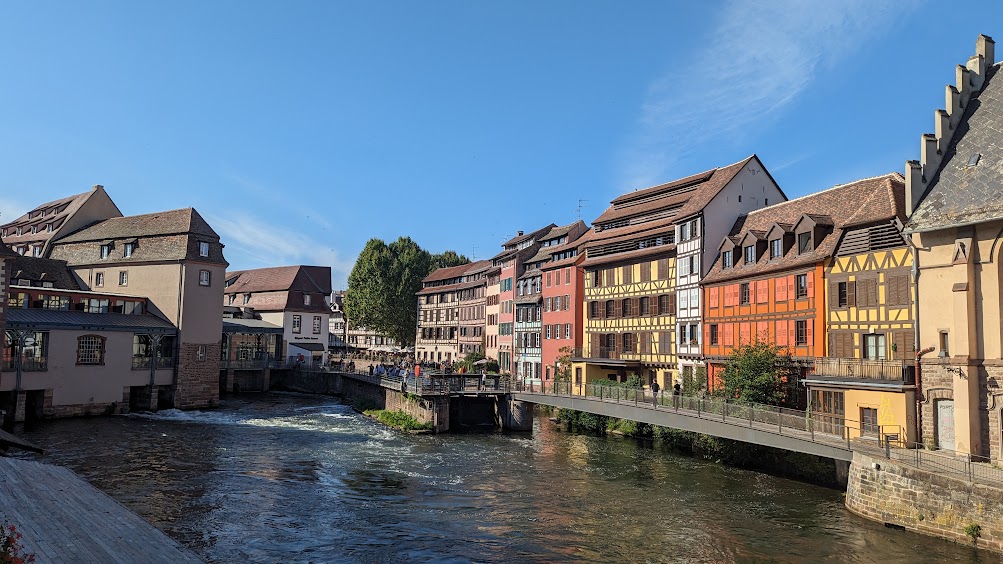
I come upon Place Gutenberg with a striking monument created by David d’Angers (1788-1856), erected in 1840. It commemorates that the German inventor Johannes Gutenberg developed moveable type that revolutionized access to the Bible, news, information, books, and even the law to the masses, while living in Strasbourg from 1430-1440, spawning an entire printing and publishing industry based in Strasbourg. The bronze statue stands on a granite base with four fascinating bronze relief panels that commemorate that Gutenberg came upon his idea for moveable type inspired by how a wine press worked, and how his invention influenced every corner of the globe.
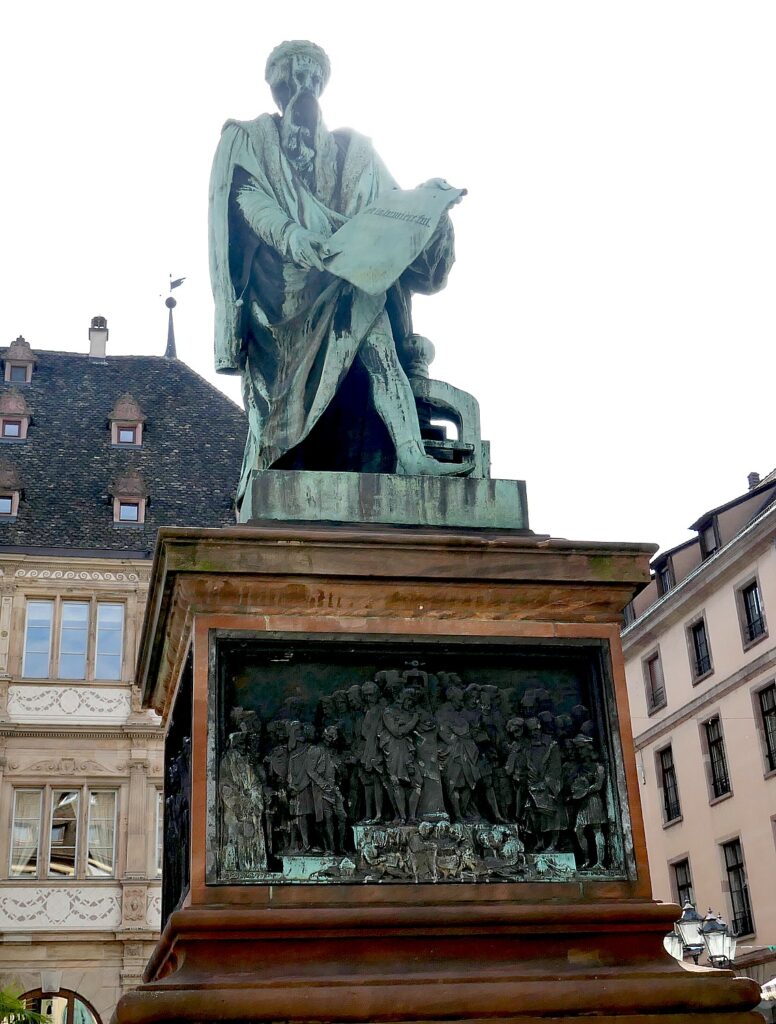
One of the reliefs, “Detail of America,” depicts Benjamin Franklin and other signatories to the Declaration of Independence along with other famous liberators including General Lafayette and Simon Bolivar. Another, “Africa,” portrays Wilberforce and other abolitionists bringing freedom and enlightenment to the slaves. The third relief, “The Printing Press in Europe,” portrays important figures of the Enlightenment – Erasmus, Chaucer, Milton, Molière, Rousseau, Voltaire, Kant and Schiller (the original plaster panel, which gave prominence to Martin Luther, caused an uproar, I learn). The Asian panel is more weathered, but includes Brahmans exchanging manuscripts for books, and Chinese people reading Confucius
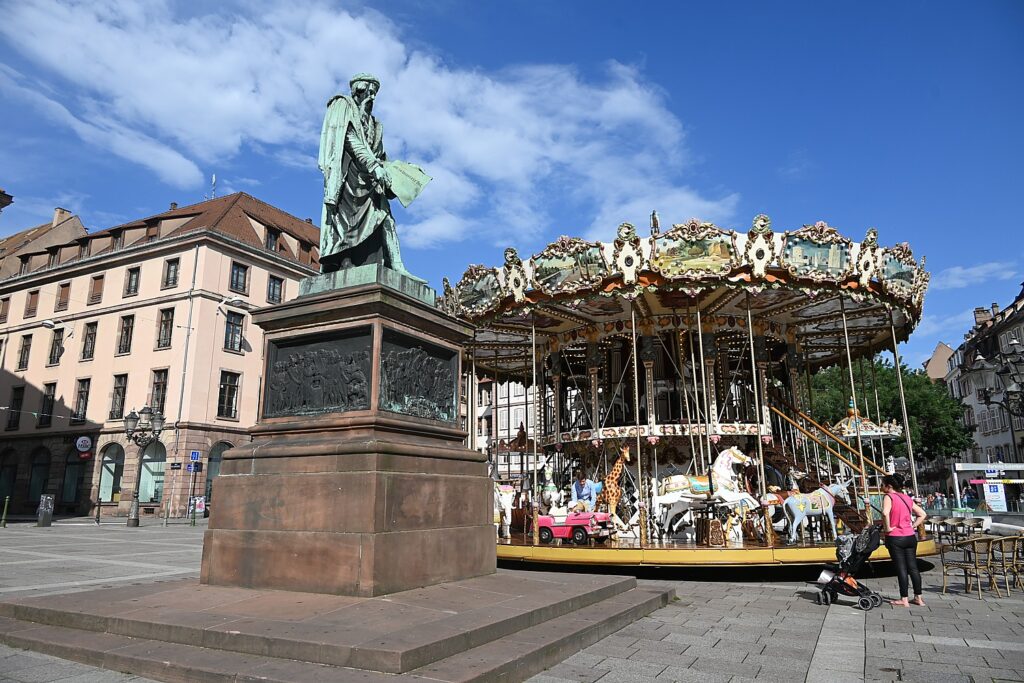
In this plaza, there is also an old-timey Carrousel 1900 that is a delight in the day, enchanting at night.
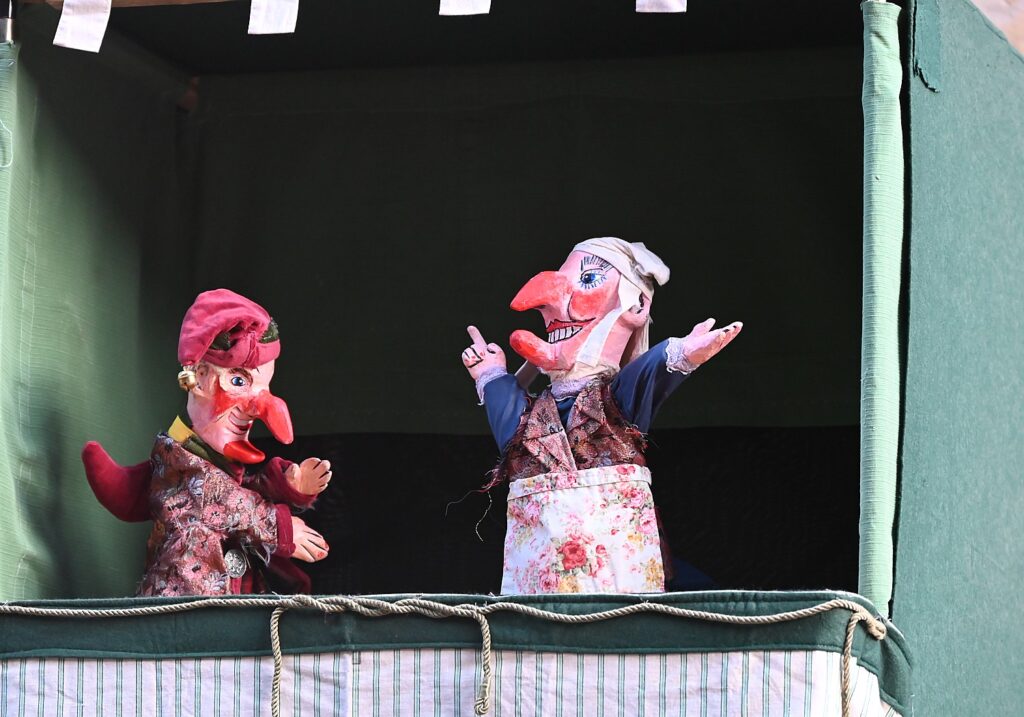
When I get to St. Thomas Church, I come upon an outdoor Punch & Judy puppet show, which traces back to Commedia dell’arte tradition in Italy in the 1660s. (I’m not a fan of the too accurate re-creation of its traditional slapstick humor and the tragicomic misadventures of the characters but the kids love it.)

Notre-Dame Cathedral of Strasbourg
The Notre-Dame Cathedral of Strasbourg dominates the city, in fact the entire region since it can be seen from great distances. Cathedral Square is a vibrant hub of musicians, vendors, and is ringed with some of the most important sites in the city – reminiscent of St. Marks Square in Venice. I will visit multiple times, and in the course of my visit, experience most of the important sites around the Cathedral. The streets that radiate from it are also full of colorful activity.
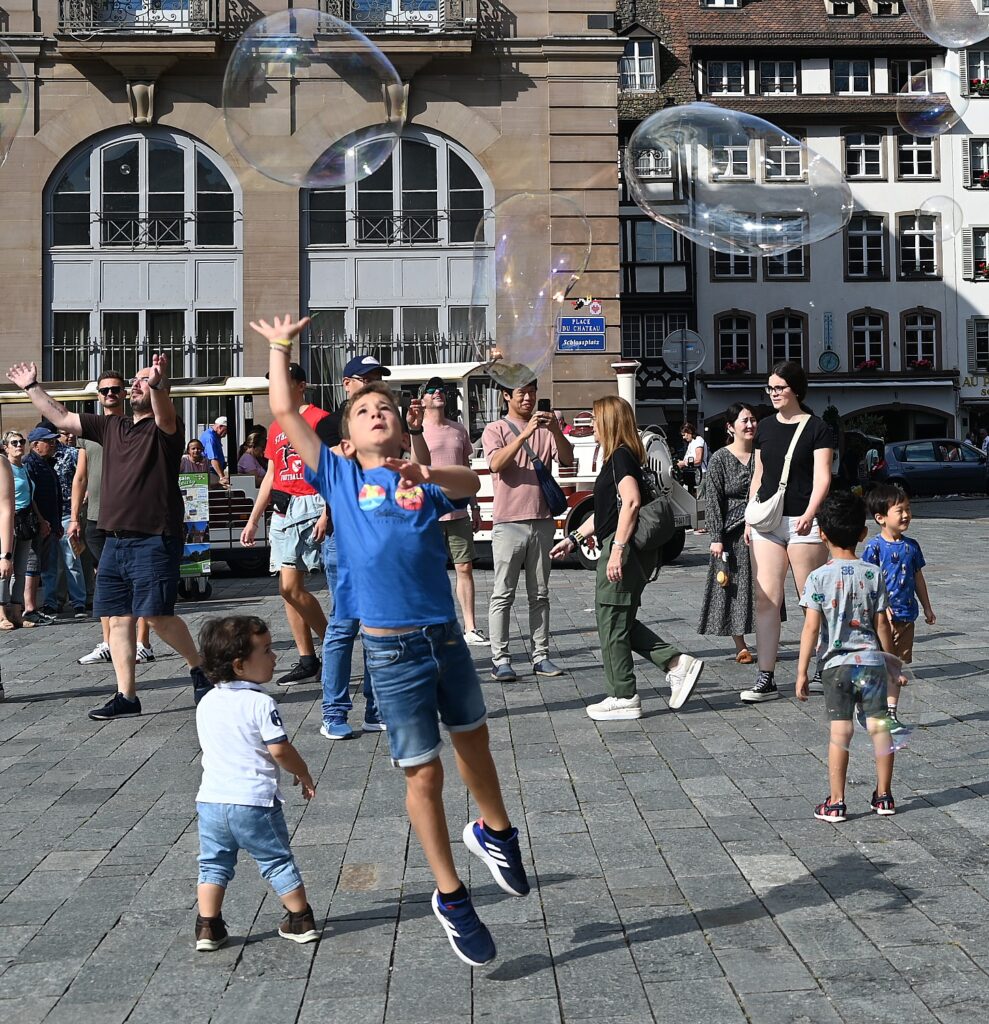
Construction of the Cathedral started in 1015, but came into its own as a monumental Gothic structure in the 1260s because of Erwin von Steinbach who designed the Cathedral to be the most modern building of its time in the whole of the Holy Roman Empire. It is still one of the most beautiful examples of Gothic architecture in the world. The hundreds of statues that decorate the Cathedral are incredible.
Finally finished in 1439, the Cathedral, built of pink sandstone from the Vosges, features a 142-meter-tall bell tower, making it the tallest medieval building in all of Europe.

It is an imposing structure inside, as well, with 12th and 14th century Romanesque stained glass windows in mesmerizing geometric patterns. You can climb the 332 steps to the top of the bell tower for a spectacular view and explore an 11th century crypt below the main cathedral.
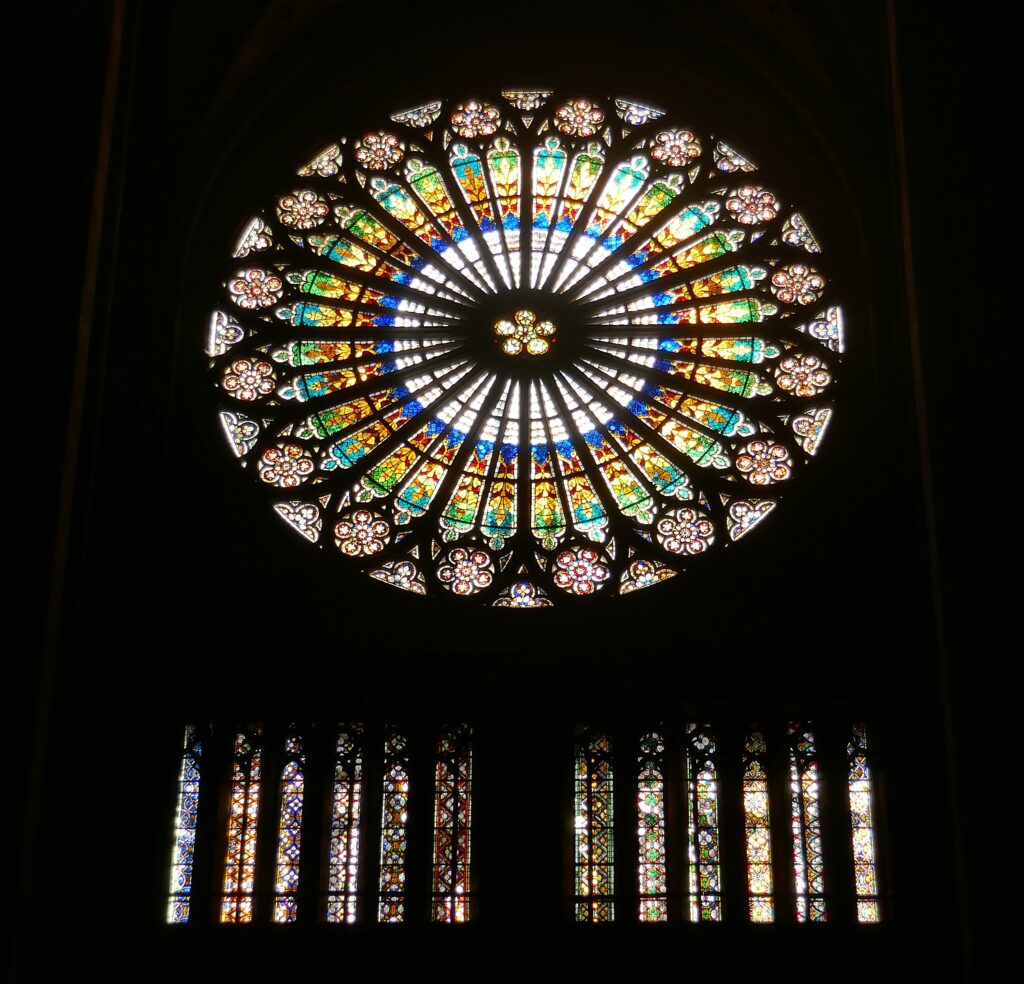
On Saturday night, after I have rested a bit after coming back from Colmar, I stroll out of the hotel to Cathedral Square for the 10-minute Illuminations de la Cathedrale de Strasbourg, a free laser light show which begins nightly at 10 pm and runs continuously until midnight (in July and August). I find the neon colors jarring, but I love when the white fluttering strobe light gives the Cathedral a ghostly quality.
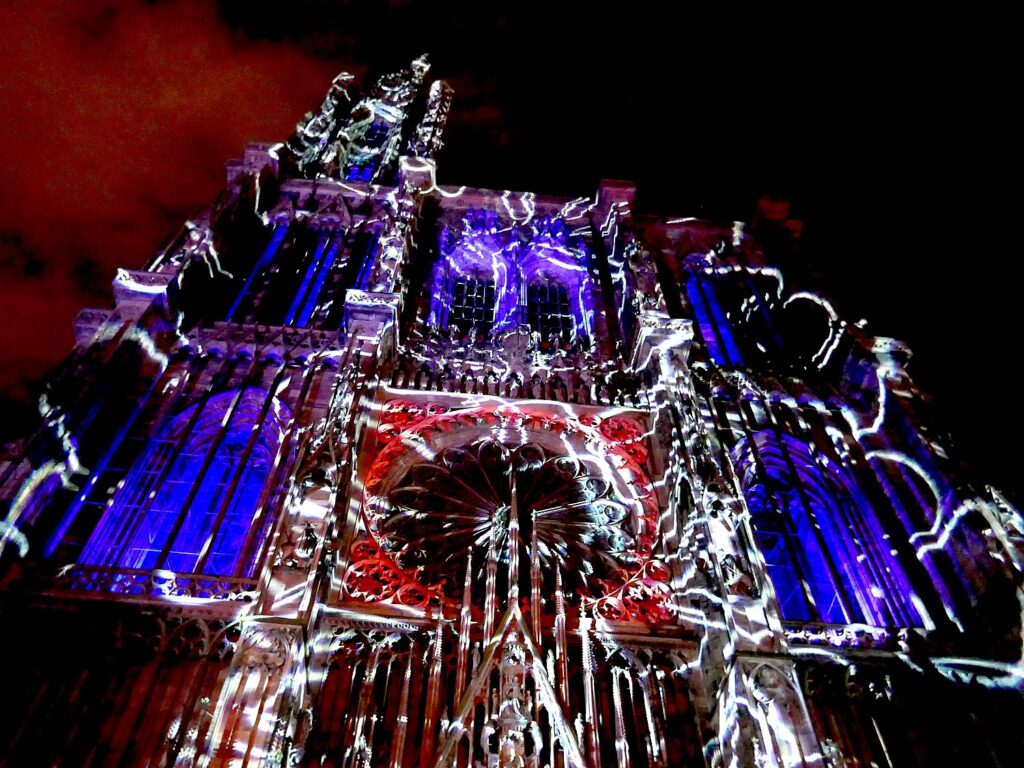
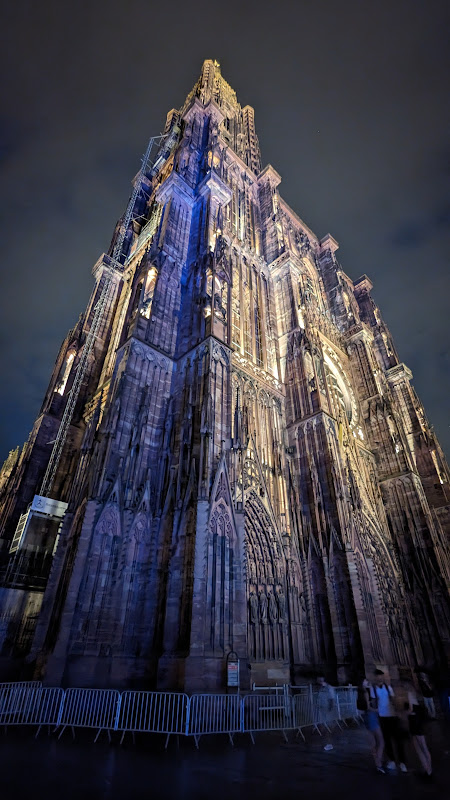
Musee de l’Oeuvre Notre Dame
Just across the square from The Cathedral is the Musee de l’Oeuvre Notre Dame, an absolute must-see, where you walk through seven centuries of art in Strasbourg and the Upper Rhine. Its medieval and Renaissance collections show why Strasbourg is considered one of the most important artistic centers of the Germanic Empire from the 13th to 16th centuries.

During the 13th century, the construction of Strasbourg Cathedral produced some of the most exceptional sculptures of the medieval world. Many of them – such as The Church and the Synagogue statues on the south portal, and the west façade’s Tempter and the Wise and Foolish Virgins, the Virtues Crushing the Vices, and the Prophets – were removed from the edifice in the early 20th century to protect them from bad weather and pollution, and replaced by sandstone replicas. But here you see the original sculptures that decorated the Cathedral. To see them so close, life-sized, so you can really appreciate the artistry in a way you simply can’t by gazing up at the Cathedral, is astounding.
When I visit, the museum is featuring a virtual reality, augmented reality, holograms, videos and touch screens to situate the works where they had originally been set in the Cathedral.
In one grand room, I focus on the two sculptures known as “The Church and The Synagogue,” which I would not have known to look for, just walking about the Cathedral.
So much is embodied in these two statues, and why they were chosen: Positioned on either side of the south transept portal, the statutes of The Church and The Synagogue “each personify a covenant binding God to his people: the New Covenant of the Christian Gospel and the Old Covenant of the Jewish Torah, respectively,” the notes say.
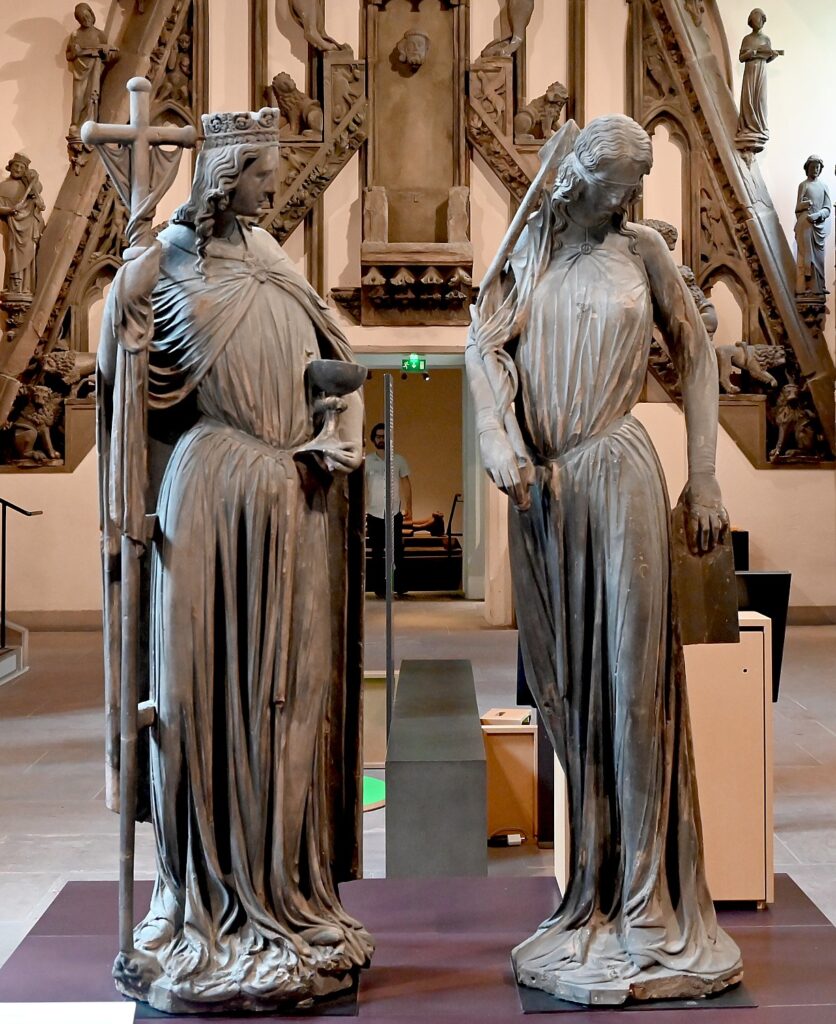
On the left, the Church Triumphant, “wearing a crown and holding in her hands a chalice and a banner surmounted by the Cross, fixes her self-assured gaze on the Synagogue. The vanquished Synagogue, blindfolded and holding a broken lance, averts her head, expressing her inability to recognize the messiah in the person of Jesus. She appears to let fall the tablets of the Law of Moses, symbolizing the supplanting of the Old Testament. But the extreme humanity and beauty of the young woman’s features suggest an awaited revelation rather than the stigma of blindness” [as if to suggest, Jews will come into Christianity’s fold].
Now that I know where to look, later I go out to see the figures at the Cathedral.
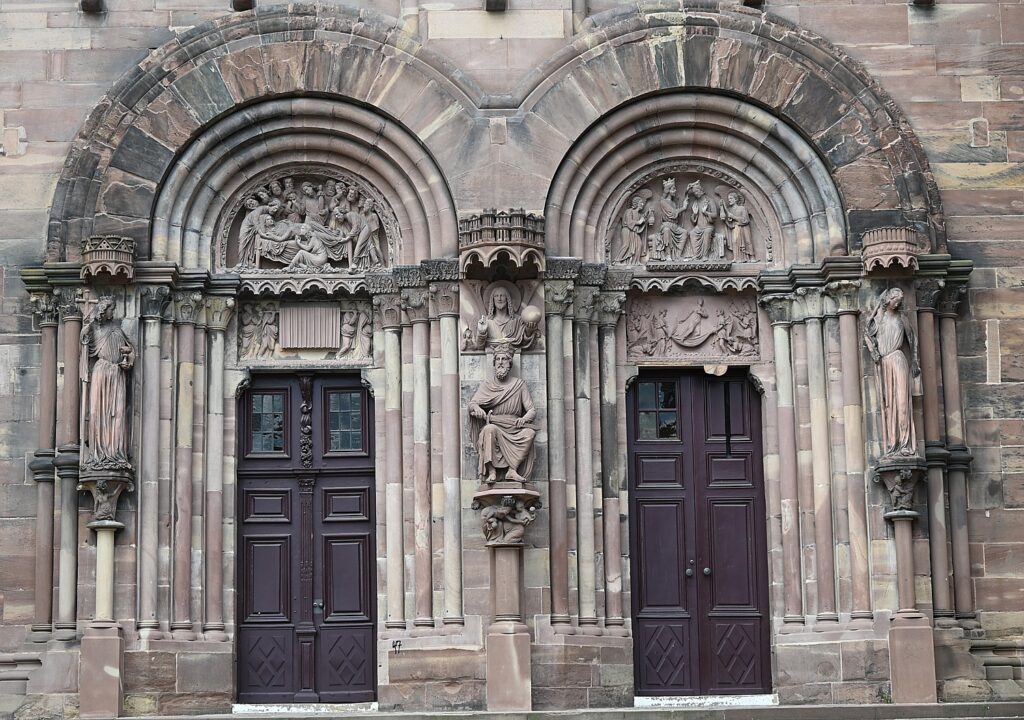
In front of these two statues is a relief representing the biblical episode of “The Sacrifice of Isaac” at the hand of his father Abraham. The notes do not mention that this event for Jews, established the covenant with God and Jews as the “Chosen People”.
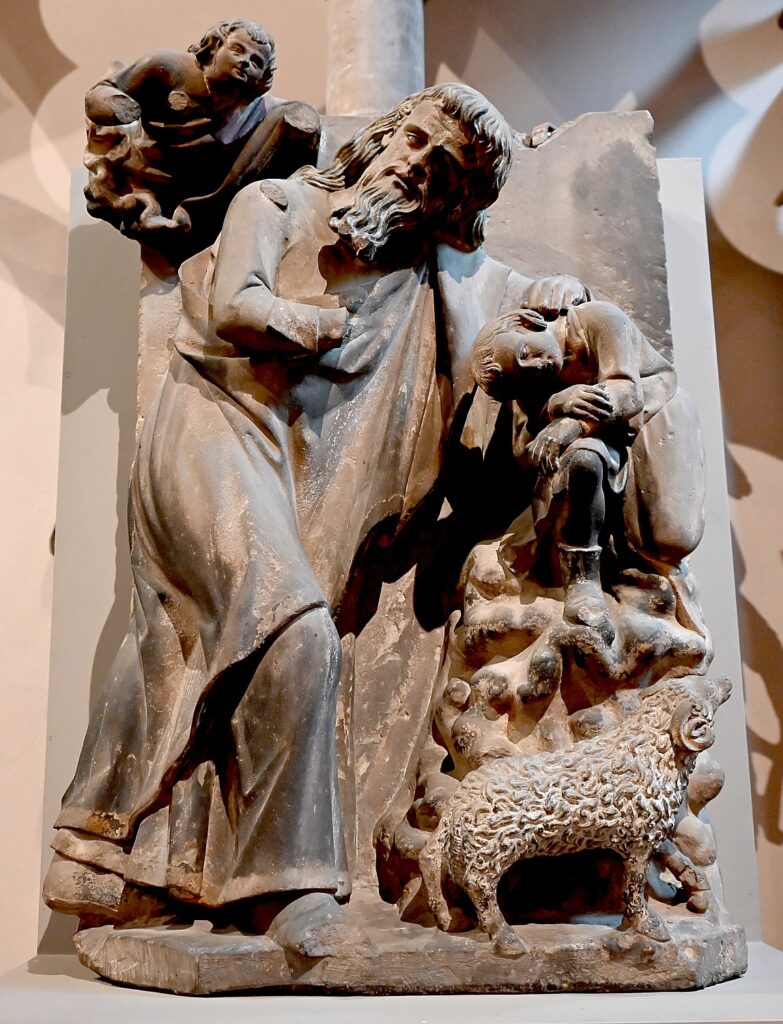
Besides the statuary, there are incredible paintings, triptychs and religious art – some of the most magnificent in the world – as you walk from room to room, floor to floor.
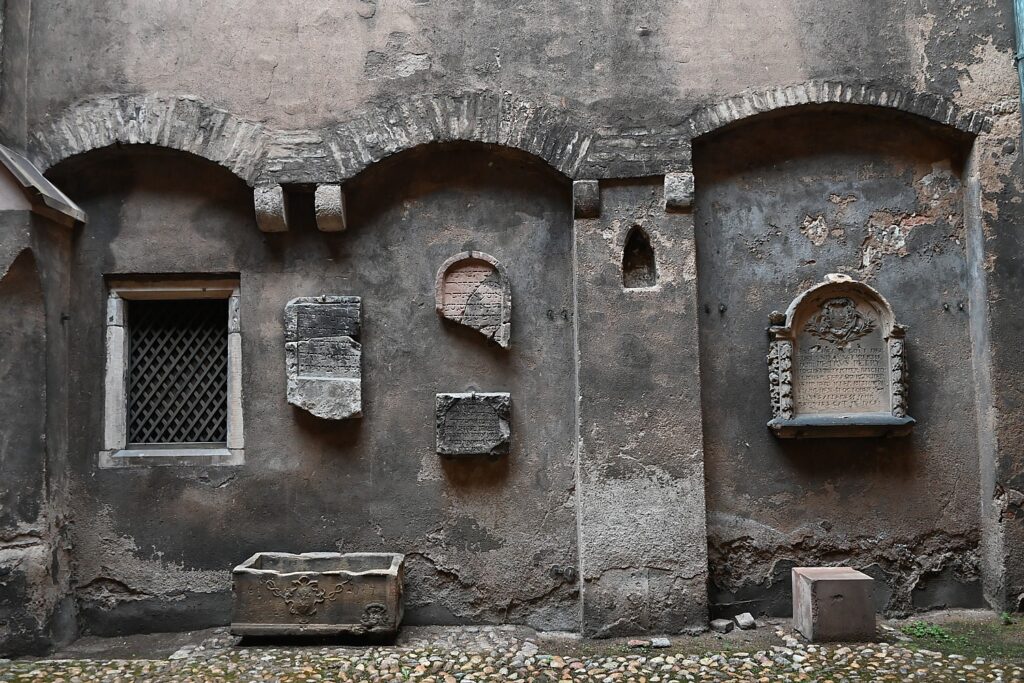
I follow an interior staircase all the way down and come to an interior courtyard in which tombstones rescued from a Jewish cemetery are displayed respectfully. The notes say that in 1349, Jews were expelled from Strasbourg because of Black Plague.
I climb the staircase to an attic room, where the innovations in architecture and engineering are explained. You also see some of the original architectural drawings of the Cathedral – the oldest architectural drawings of their type – as well as a video.

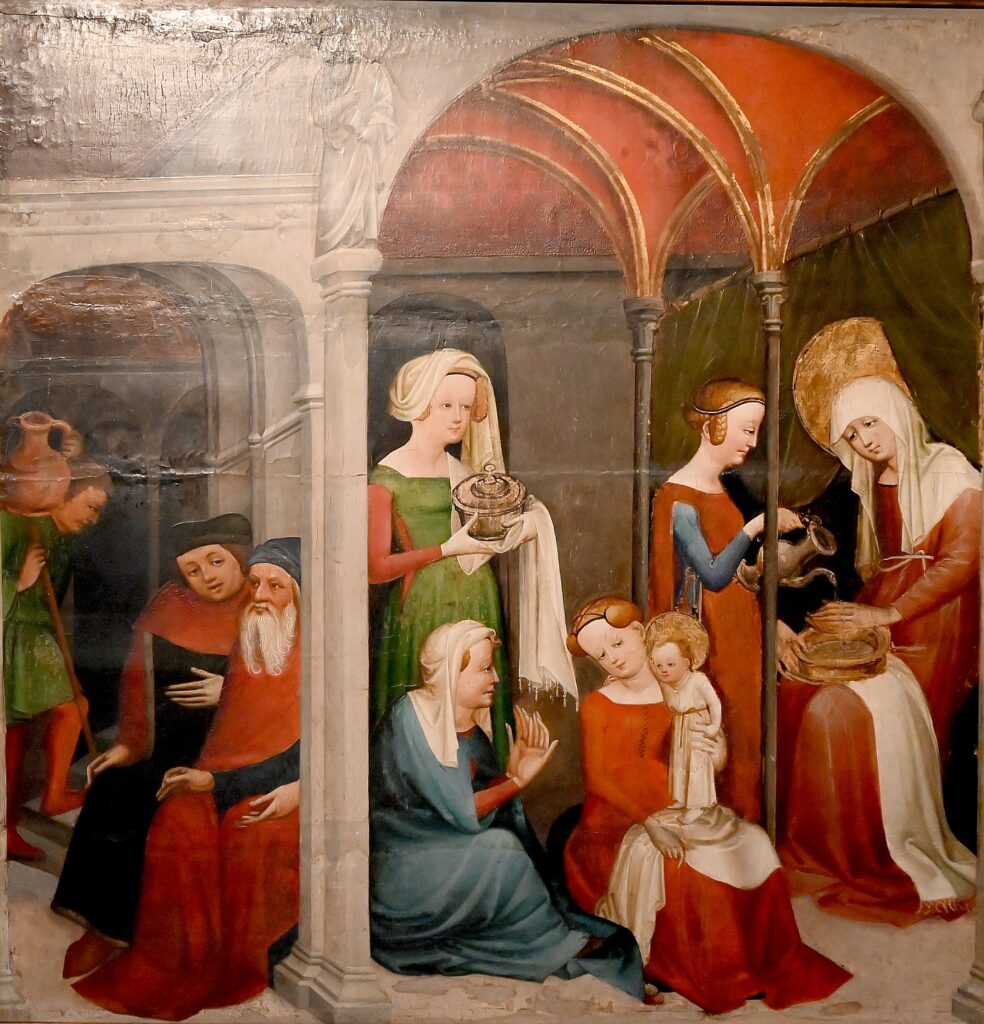
The museum is housed within La Maison de L’Oeuvre Notre-Dame, which has been the home of the Foundation of the Oeuvre Notre-Dame (the body responsible for administering work on the Cathedral) since the Middle Ages. It is actually two buildings: a Gothic house with its crow-stepped gable (1347) and a Renaissance wing with a scroll gable (1582). Just walking through the rooms is an experience.
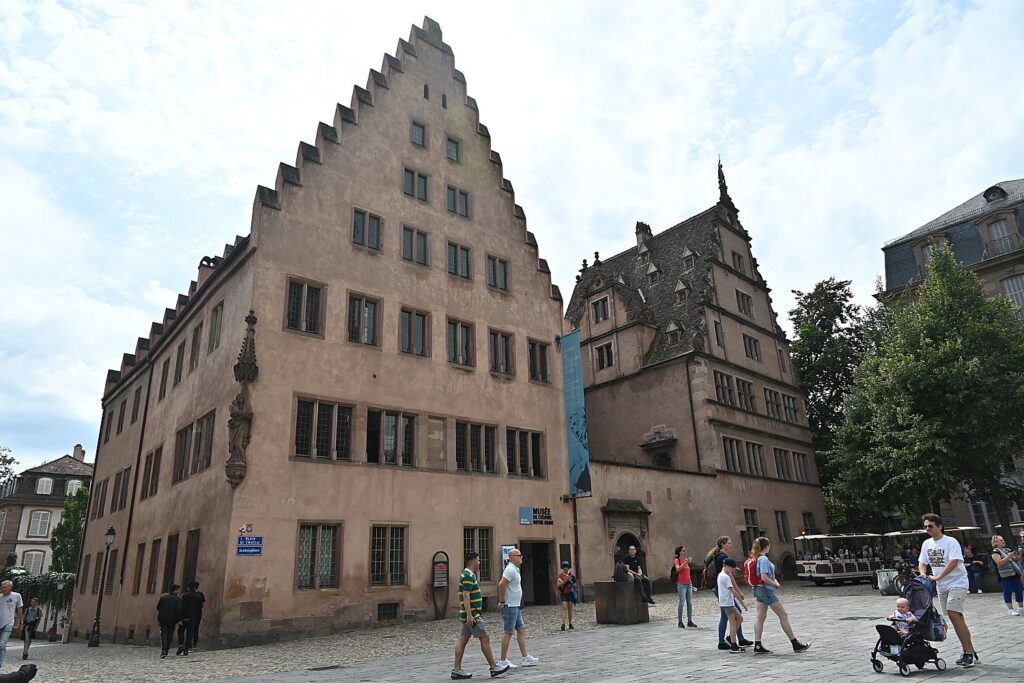
Fondation de l’Oeuvre Notre-Dame (Our Holy Lady Work Foundation) was established in 1224 (!!) to improve the administration of donations and legacies for the construction of Strasbourg Cathedral. Every since construction ended, the Foundation has been in charge of restoration and conservation of the monument, a UNESCO World Heritage site since 1988.
Plan on spending several hours wandering around this museum (I actually did it twice).
Musee de L’Oeuvre Notre-Dame/Aarts Du Moyen Age, 3 place duChateau, Strasbourg.
From here, I walk across the square to see the Church and Synagogue portal, before walking back through Cathedral Square (which reminds me of St. Marks Square in Venice) to the fabulous Palais Rohan.

What is so interesting (and fun) about Strasbourg is how the historic city seamlessly integrates – and respects – what is ancient and what is modern: the virtual reality in the Musee de L’Oeuvre Notre Dame, the neon laser lights that bathe The Cathedral for the nightly show, the modern art in Cathedral Square, the really modern art exhibit incorporated into the 18th century Royal Chambers of the Palais Rohan’s Decorative Arts Museum, the light rail that rings the Old City along cobblestone streets.
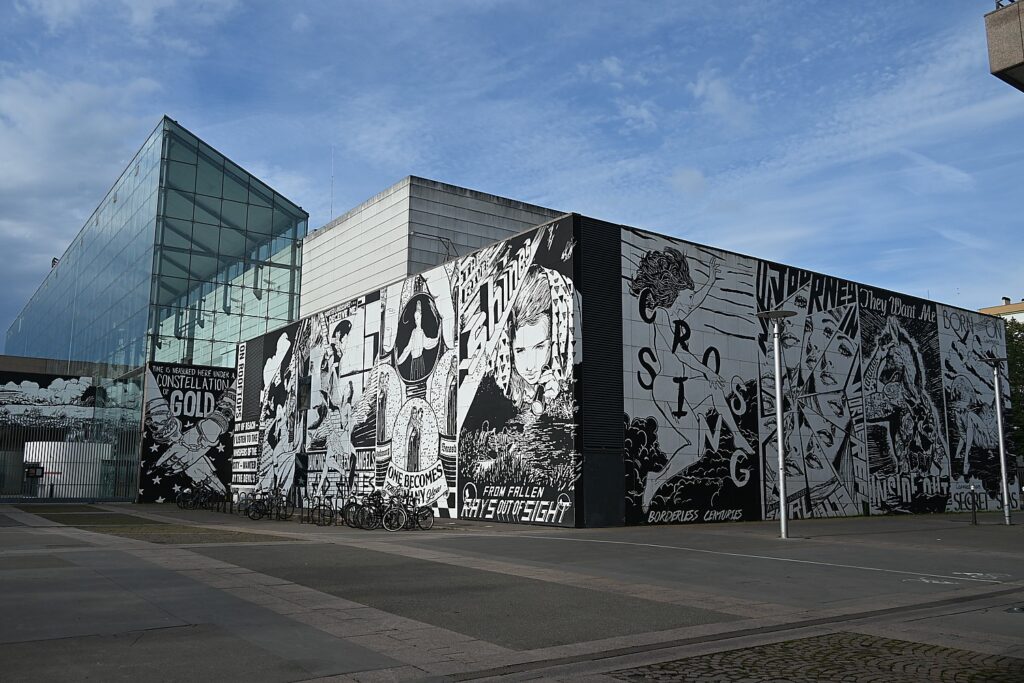
So much to see, experience and appreciate. My exploration continues.
More information at https://www.strasbourg.info and https://www.visitstrasbourg.fr,
Next: Time Traveling Through Strasbourg
See also:
EUROPEAN WATERWAYS’ PANACHE HOTEL BARGE CRUISES FRANCE’S ALSACE-LORRAINE CANALS IN LUXURY
EUROPEAN WATERWAYS ALSATIAN CANAL CRUISE: MYSTERY OF THE NECKLACE IN SAVERNE, LALIQUE IN LUTZELBOURG
_______________________
© 2024 Travel Features Syndicate, a division of Workstyles, Inc. All rights reserved. Visit goingplacesfarandnear.com and travelwritersmagazine.com/TravelFeaturesSyndicate/. Blogging at goingplacesnearandfar.wordpress.com and moralcompasstravel.info. Visit instagram.com/going_places_far_and_near and instagram.com/bigbackpacktraveler/ Send comments or questions to FamTravLtr@aol.com. Tweet @TravelFeatures. ‘Like’ us at facebook.com/NewsPhotoFeatures
